Fleas. The word alone is enough to make your skin crawl. Now imagine those pests making a home in your rabbit's fur. That's not just unpleasant—it can become dangerous if ignored. If you've spotted signs of fleas on your bunny or even in their environment, don't panic just yet. You're not alone, and there are clear steps you can take to protect your rabbit and get rid of fleas safely.
Click Here to Shop Rabbit Products.

This article will walk you through everything you need to know about treating rabbit fleas—from how to spot them early to the best ways to stop them from coming back. Whether you live in a multi-pet household or your rabbit enjoys time outdoors, knowing how to deal with fleas could make a big difference in your pet's health.
What Are Fleas and Why Are They a Problem for Rabbits?
Fleas are tiny wingless insects that feed on blood to survive. They use their long legs to jump from one animal to another and burrow deep into the fur. Once they land on a rabbit, they don't plan on leaving anytime soon. A female flea can lay up to 50 eggs a day, which means a full-blown infestation can happen fast.

Fleas don't just cause itching. In rabbits, they can lead to more serious health problems like skin infections, anemia, or even fatal outcomes in baby or elderly rabbits. That's why early detection and fast action are so important.
Some species of fleas also carry parasites, like tapeworms, or bacteria such as the one that causes myxomatosis, a severe and often deadly disease in rabbits. If that sounds alarming—it should. But with the right knowledge and action plan, you can stop fleas in their tracks.
Can Rabbits Get Fleas?
Yes, they absolutely can. While it's more common in outdoor rabbits or those who live with dogs or cats, even indoor-only bunnies can get fleas. All it takes is one flea hitching a ride into your home to start a problem. And once they've settled into your rabbit's soft fur, they're hard to evict without a proper plan.
If your rabbit is suddenly scratching more than usual or seems restless and irritable, fleas may be the culprit. But don't assume every itch is from a flea. Mites and allergies can cause similar signs. You'll need to look closer to know for sure—and that's what we'll help you with next.
Signs Your Rabbit Has Fleas
You might not always see fleas jumping around. They move quickly and hide well in thick fur. That's why it's important to watch for clues in your rabbit's behavior and skin.
Frequent scratching or biting at their fur
Fur loss, especially around the neck, shoulders, or back legs
Small black specks (called "flea dirt")—you'll see it when you part the fur
Red or irritated skin under the fur
Restlessness, thumping, or sudden aggression
Visible fleas hopping near the ears or tail
If you see flea dirt but aren't sure what it is, try this trick: Dab the black specks with a wet paper towel. If they turn reddish-brown, that's dried blood—proof you're dealing with fleas.
How to Confirm a Flea Infestation
Besides checking the fur, the next best step is to look in your rabbit's environment. Fleas don't just stay on the body. They lay eggs in bedding, carpet, furniture, and anywhere your rabbit spends time.
Use a fine-tooth flea comb on your rabbit over a white towel or sheet. If you catch a flea, you'll see it moving. You might also spot larvae, eggs, or that gritty flea dirt. You can also place a bowl of soapy water under a nightlight near where your rabbit sleeps. Fleas are drawn to light, and this DIY trap can help confirm your suspicion overnight.
Still unsure? Take your rabbit to a veterinarian for a thorough examination. A professional can confirm the presence of fleas, rule out other conditions like mites, and recommend a safe treatment plan.
Treating Rabbit Fleas Safely
Not all flea products are safe for rabbits. Some are designed for dogs or cats and can be toxic—sometimes even deadly—if used on rabbits. So if you're already searching for solutions, be careful not to grab just anything off the shelf.
The best approach for treating rabbit fleas always starts with a vet visit. Your vet might recommend one of the following options:
Prescription flea treatments — Such as a small dose of topical medications like Revolution (selamectin) or Advantage (imidacloprid). These are applied behind the neck and are commonly prescribed under veterinary guidance. Never use Frontline—it's dangerous for rabbits.
Environmental treatment — Fleas live about 90% of their lives off the host. That means vacuuming every day, washing bedding in hot water, and possibly using a rabbit-safe flea spray or powder around the house is necessary to fully treat the infestation.
Flea combing — Manual removal using a flea comb is effective when paired with other treatments. Always dispose of any fleas in a bowl of soapy water to kill them instantly.
Whatever you do, never give your rabbit a flea bath or flea dip. Rabbits are extremely sensitive to stress, and wet baths can send them into shock or hypothermia. It's not worth the risk. Stick to dry methods approved by a vet.
Best Practices for Treating Rabbit Fleas
Here are a few safe, proven tips for tackling fleas without harming your rabbit:
Clean your home thoroughly. Vacuum daily and empty the vacuum bag immediately outside.
Wash all rabbit bedding, rugs, and cloth toys in hot water.
Use flea traps in areas where your rabbit doesn't go (like under furniture) to help control the adult population.
Quarantine any other pets who may also have fleas. Treat them under a vet's care before reintroducing them to your rabbit.
Repeat flea combing every day for at least 2 weeks to monitor progress.
While treating rabbit fleas might take time, sticking to a routine will make sure you eliminate both the adults and their eggs.
Treating Rabbit Fleas: What to Know Long-Term
Once the fleas are gone, your job isn't over. The best way to protect your rabbit is through regular care and prevention. Consider the following tips for future peace of mind:
Keep your rabbit indoors or limit their outdoor time during flea-heavy seasons (spring and summer).
Use screens on windows and doors to keep out flea-carrying wildlife like squirrels or feral cats.
Clean cages, litter boxes, and play areas regularly—weekly at minimum.
Check your rabbit weekly with a flea comb, even if they show no symptoms.
Many rabbit owners don't realize their pets can get fleas until it's already a problem. But by being proactive and informed, you can stay one step ahead.
Learn how to care for your rabbit’s hygiene so you can detect issues like fleas early on.
How Fleas Spread Between Animals
One of the biggest reasons flea infestations are hard to control is that fleas don't stay put. They can leap from pet to pet, hide in carpets, and even attach to human clothing. If you have multiple animals—dogs, cats, or even other rabbits—chances are, they've all been exposed. That's why treating just one animal won't solve the problem.
If you treat your rabbit but forget to check your cat, fleas may return in a matter of days. Coordinating treatment across all animals in your home is critical. Talk to your vet about a pet-wide flea control strategy. While dogs and cats may have more treatment options, rabbits require extra caution.
Rabbits are prey animals by nature. That means they hide discomfort well, and by the time they show symptoms of a flea infestation, it's already progressed. Early action—across all pets—can help prevent serious health issues.
Safe Cleaning Products for a Flea-Free Home
Keeping your home flea-free involves more than tossing bedding in the washer. Fleas go through four life stages—egg, larva, pupa, and adult—and many common insecticides only kill adult fleas. That's why it's important to choose the right cleaning products.
Vacuum regularly: Go over carpets, rugs, couch cushions, and even baseboards. Flea eggs fall off the host and land in crevices you might not think about.
Use a pet-safe spray: Look for products with insect growth regulators (IGRs). These stop fleas from developing into adults. Just make sure they are rabbit-safe and only use them in areas your rabbit doesn't access until the product has fully dried and aired out.
Wash with heat: Any item your rabbit touches—bedding, towels, washable toys—should be washed in hot water and dried on high heat.
A product like Beaphar Household Flea Fogger may be used in rooms your rabbit doesn't enter, but follow all safety instructions and allow plenty of ventilation before returning your rabbit to the area. If in doubt, always consult your vet before using a new cleaning solution.
What NOT to Use When Treating Rabbit Fleas
Some flea treatments may be common for dogs or cats, but are harmful—or fatal—to rabbits. Below are a few major no-gos:
Frontline (fipronil): Known to cause seizures or death in rabbits.
Permethrin-based products: Found in some sprays and shampoos; very toxic to rabbits.
Flea dips or baths: As mentioned earlier, rabbits don't tolerate full-body wet baths well. They're prone to shock or hypothermia.
Essential oils: Products with tea tree oil, eucalyptus, or citrus oils may seem "natural," but many are irritating to a rabbit's sensitive skin and respiratory system.
Stick to vet-approved products specifically labeled as safe for use on rabbits. If the packaging doesn't clearly say it's rabbit-safe, don't risk it.
What Makes Rabbits More Vulnerable to Fleas?
While any rabbit can get fleas, some are more at risk than others. Here are a few common factors that raise the risk:
Outdoor access: Rabbits with outdoor playtime or hutches are more likely to come into contact with fleas from wild animals, soil, or grass.
Multi-pet homes: Dogs and cats that go outside can bring fleas inside, where they then latch onto your rabbit.
Newly adopted rabbits: Shelter environments or pet stores may unknowingly pass along fleas. It's always a good idea to inspect new pets closely before introducing them to others.
Warm, humid climates: Fleas thrive in these conditions and may be more common during spring and summer months.
Knowing what situations increase your rabbit's risk makes it easier to build a solid prevention plan. If you live in a high-risk area, talk to your vet about starting seasonal prevention early.
When to Call the Vet
While mild cases can sometimes be managed at home with vet-approved flea treatments, certain situations call for professional help right away:
Severe scratching or bleeding: Your rabbit may have open wounds that need treatment to prevent infection.
Lethargy or loss of appetite: These could be signs of anemia, especially in younger rabbits.
Rapid breathing, drooling, or unusual behavior: These could signal a serious reaction to a product or advanced illness.
When in doubt, call your vet. A quick check-up could save you time, money, and heartache in the long run.

How Long Does It Take to Eliminate Fleas?
Fleas don't disappear overnight. Even if your rabbit seems better after one treatment, eggs and larvae may still be hiding in the environment. The full flea life cycle can last 3–8 weeks. That means even a single surviving egg can start the process all over again.
A realistic treatment timeline usually includes:
Immediate vet treatment for your rabbit (Day 1)
Thorough house cleaning and environmental spraying (Days 1–7)
Follow-up combing and inspections (Weeks 1–4)
Reapplication of vet-approved treatment if prescribed (Day 30 or as directed)
Consistency matters. Skipping a step can undo your progress. Make a calendar to track each task so you don't miss anything.
Can Fleas Come Back After Treatment?
Unfortunately, yes. That's why treating rabbit fleas isn't a one-time chore. Many flea eggs are resistant to treatment, and newly hatched fleas might not die right away. They can wait in your carpet or rabbit's bedding until conditions are right.
Even after you've gone a few weeks without seeing a flea, keep up your regular cleaning routine. Ongoing vigilance is key, especially if you have pets that go outside or live in a warmer climate.
If your rabbit keeps getting fleas despite all efforts, talk to your vet about longer-term prevention methods. Some rabbits may benefit from seasonal medication or environmental treatments during high-risk months.
Key Takeaways for Treating Rabbit Fleas
Rabbits can and do get fleas—often from other pets or the outdoors.
Treating rabbit fleas requires more than just one step. You must treat your rabbit and the environment at the same time.
Avoid over-the-counter products not designed for rabbits. Many are dangerous or even fatal.
Consistency and a clean environment are your best long-term tools for flea prevention.
Consult your vet at the first sign of fleas, especially if your rabbit seems sick or lethargic.
Fleas are a hassle, but with careful steps, you can protect your rabbit and your home. The sooner you start treating rabbit fleas, the easier it is to keep them from taking over.

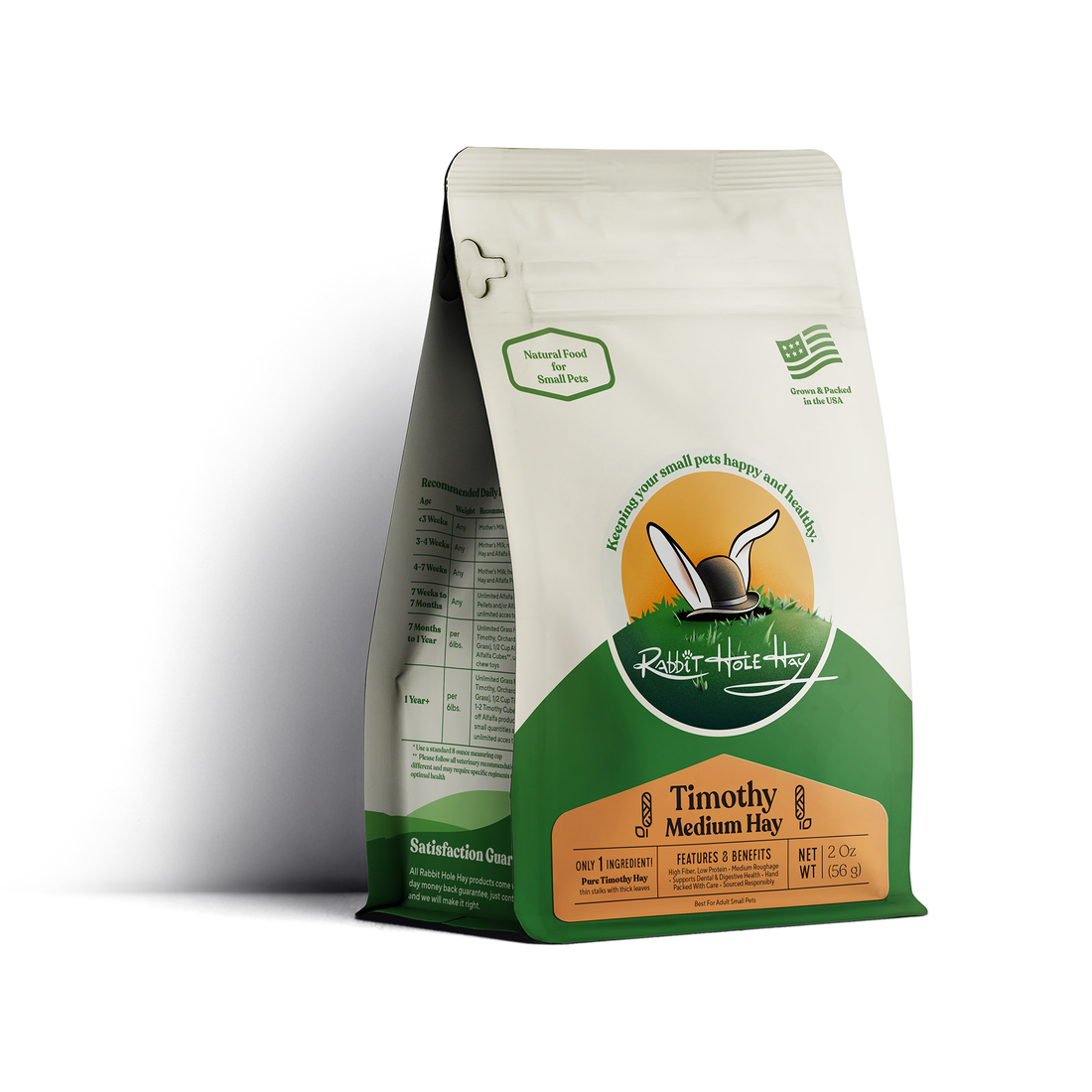

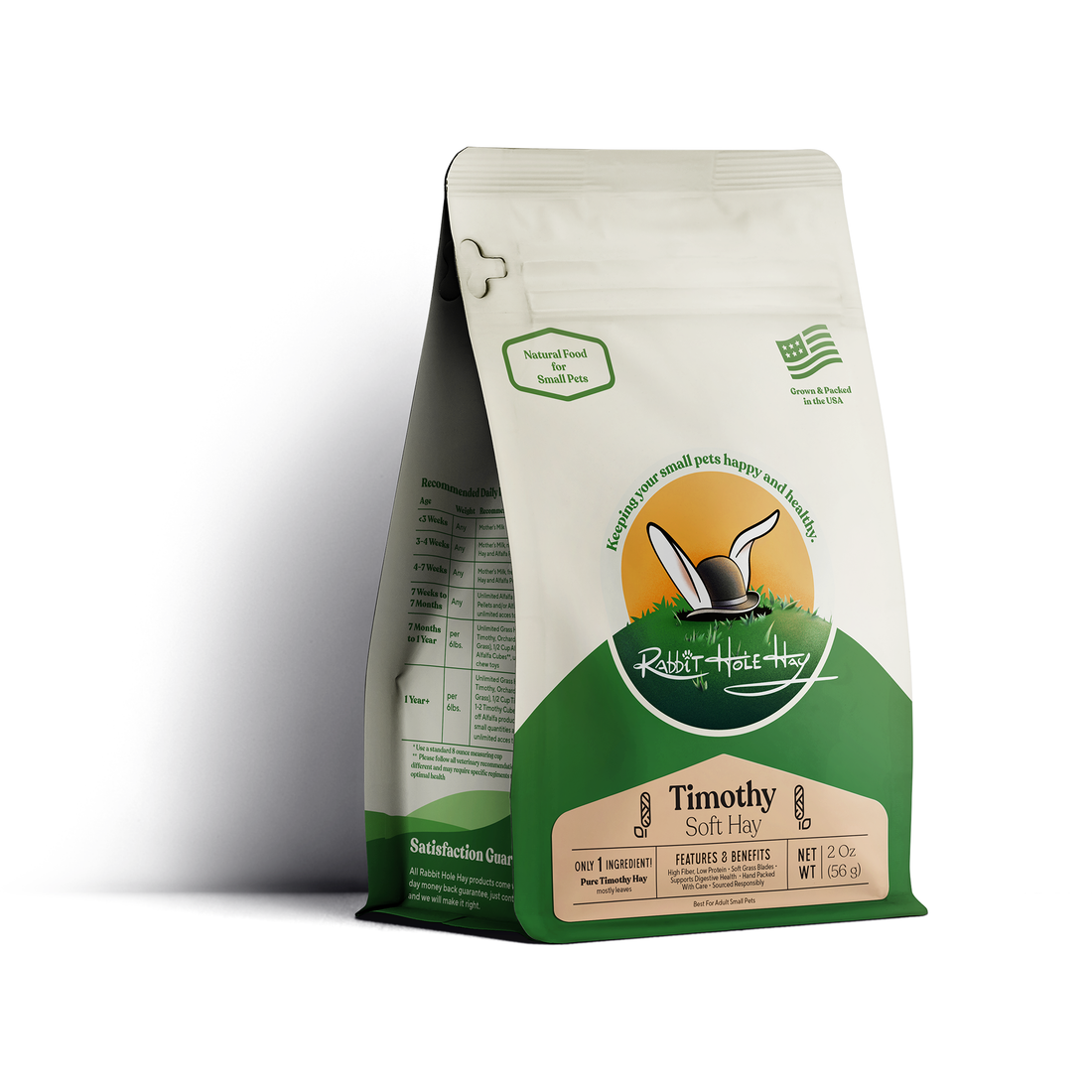

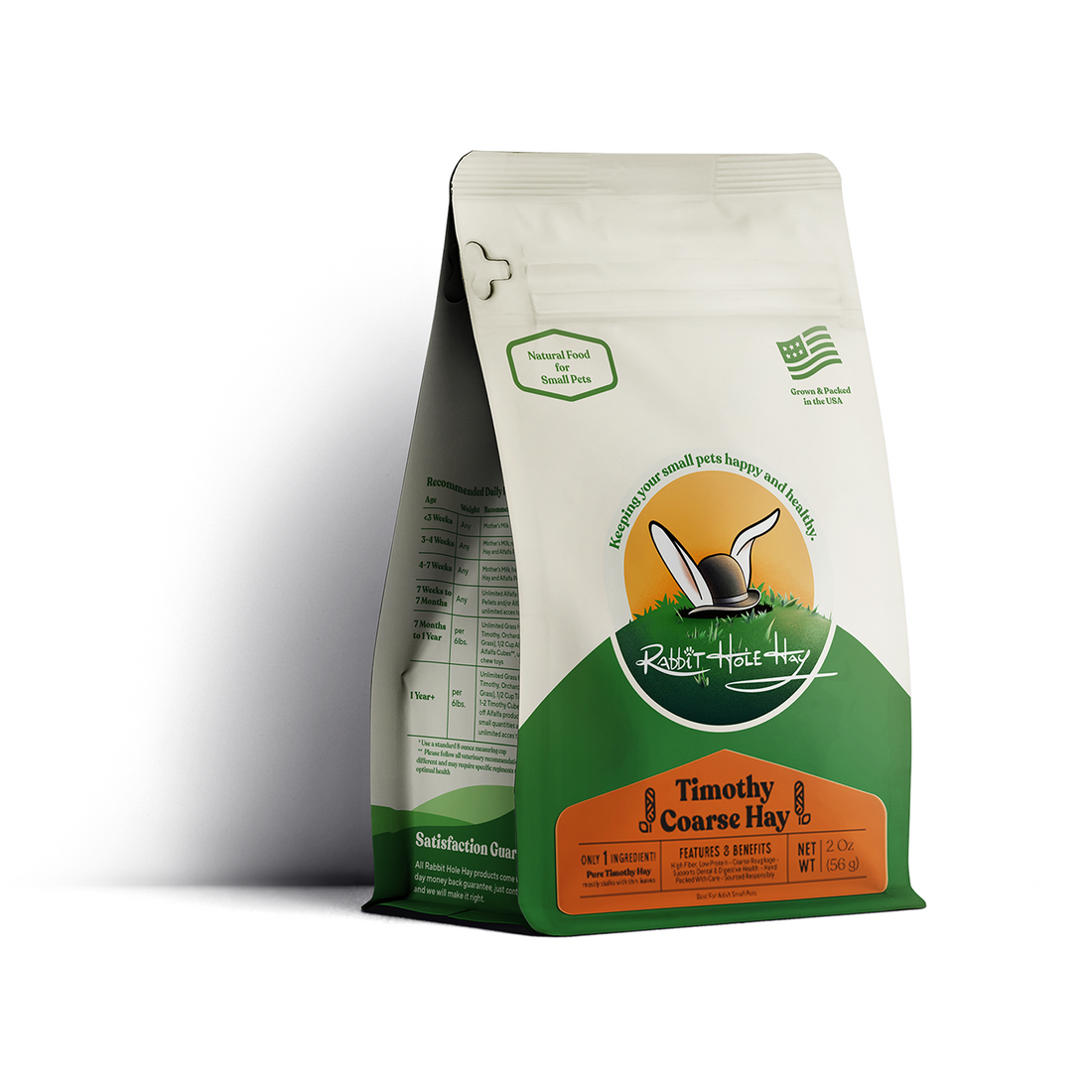

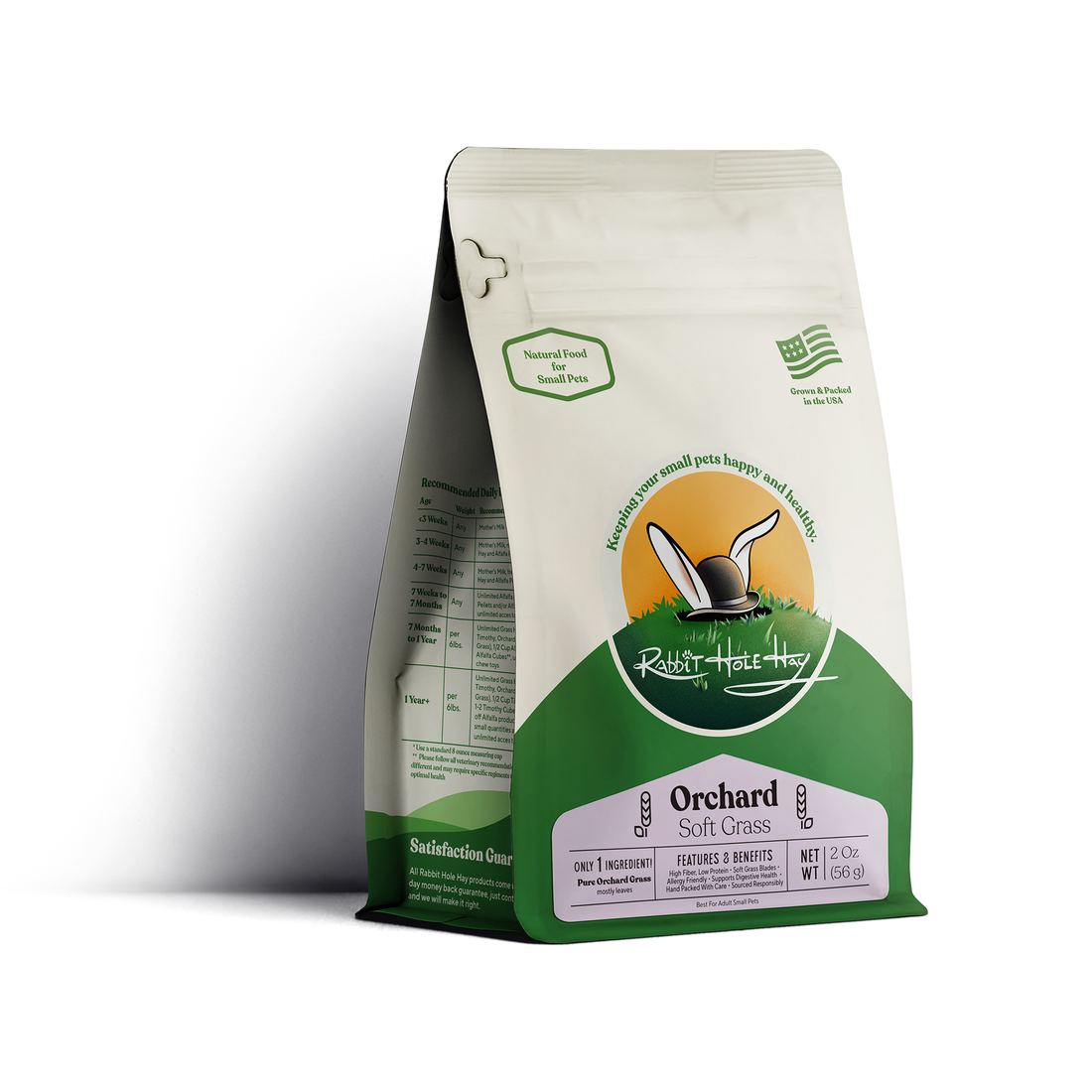
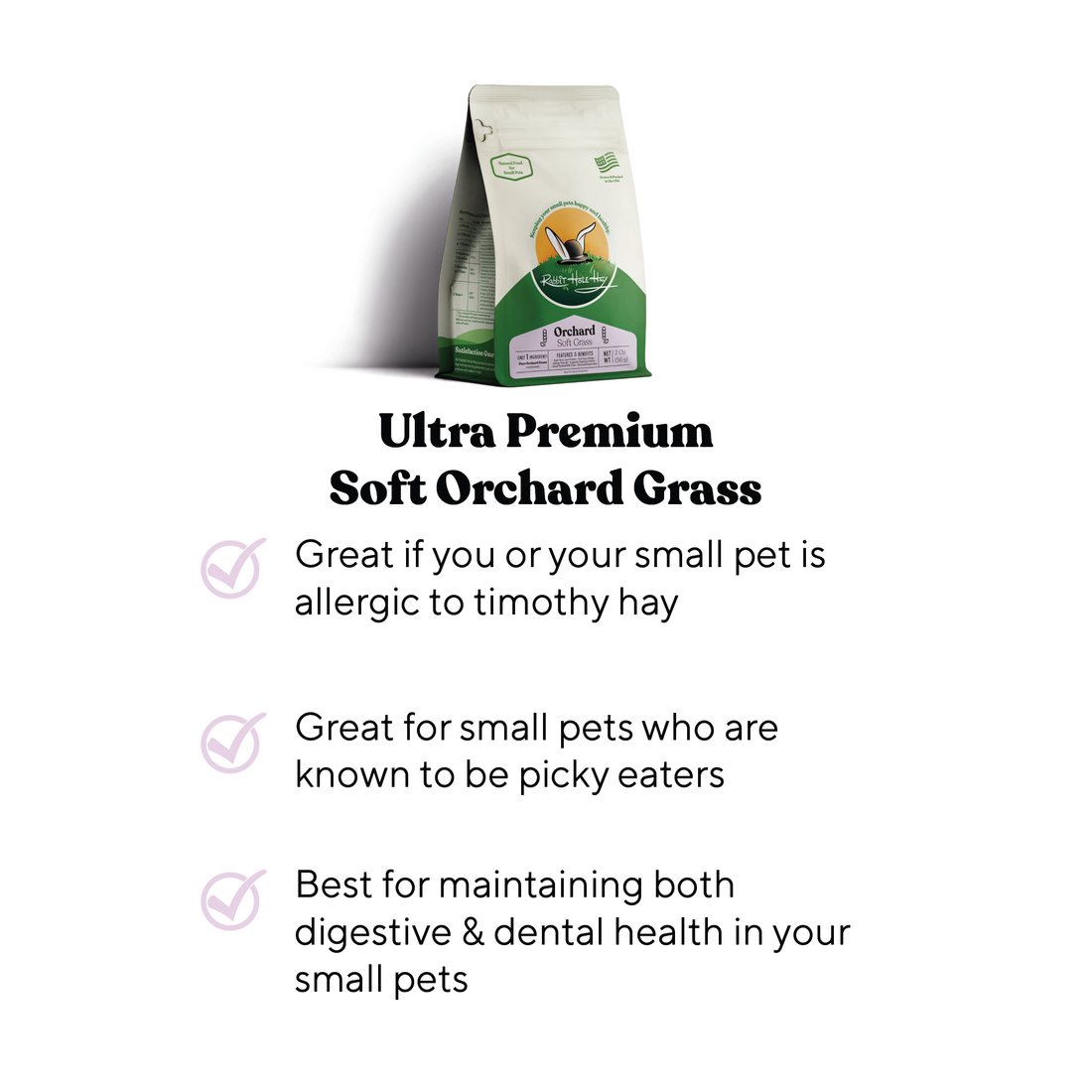
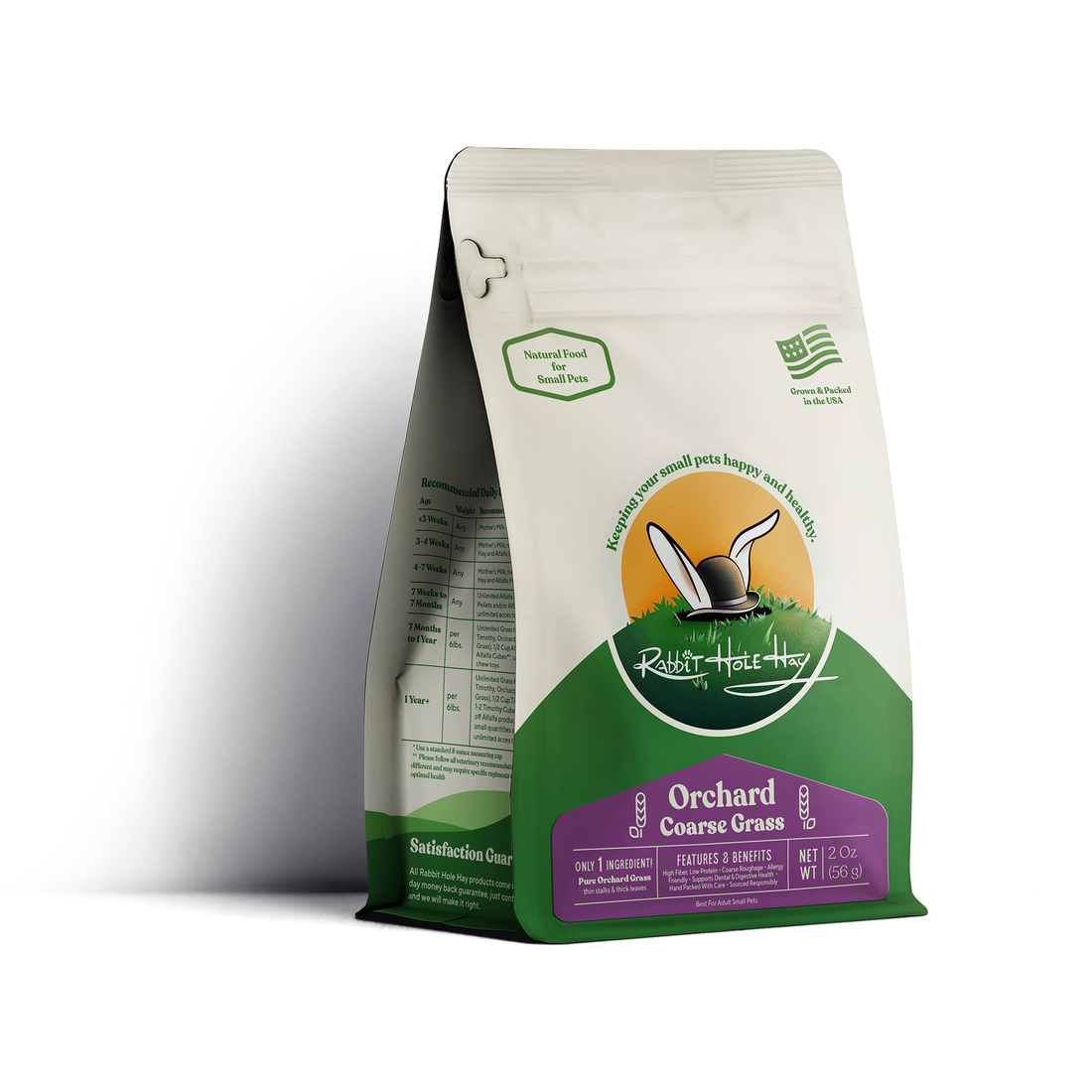
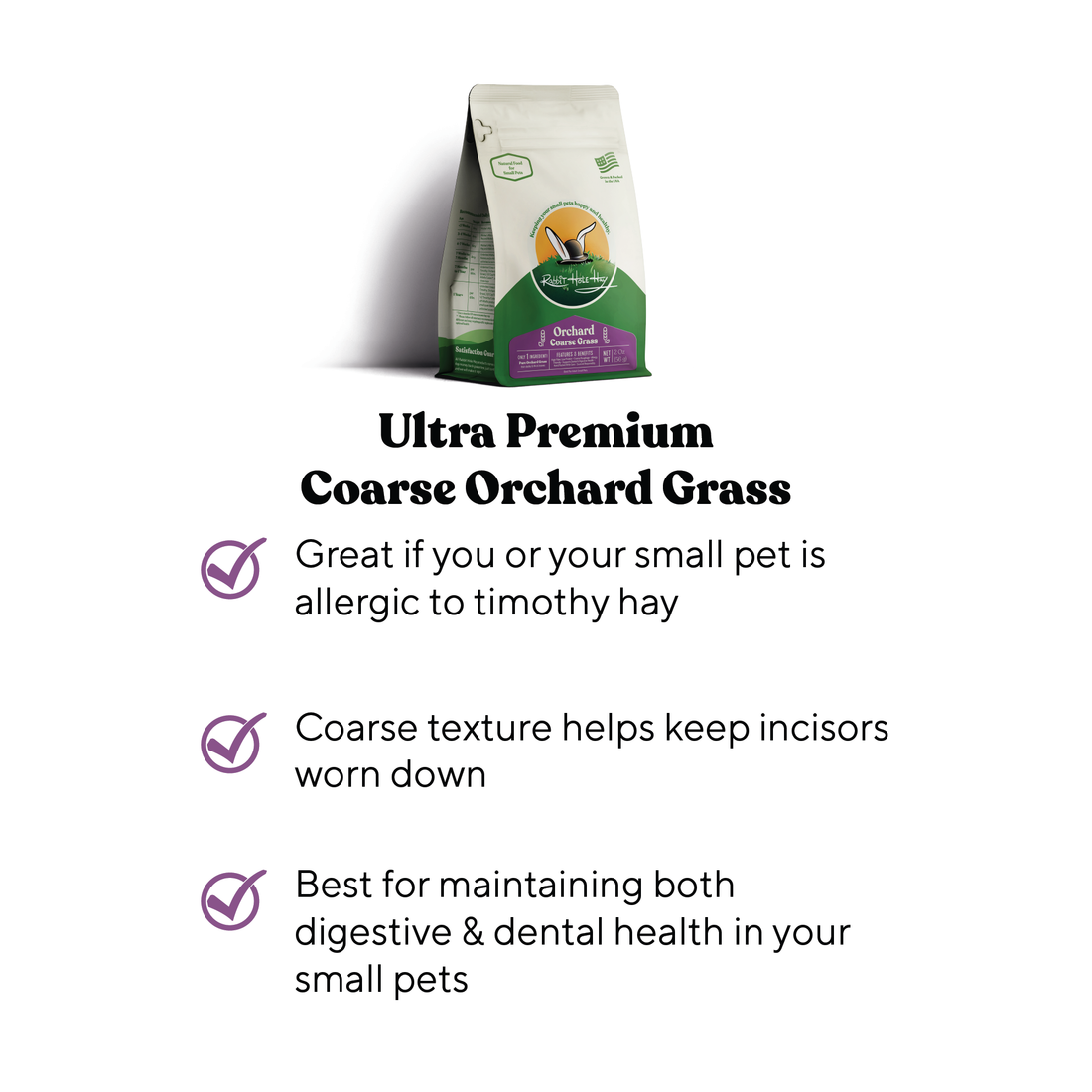
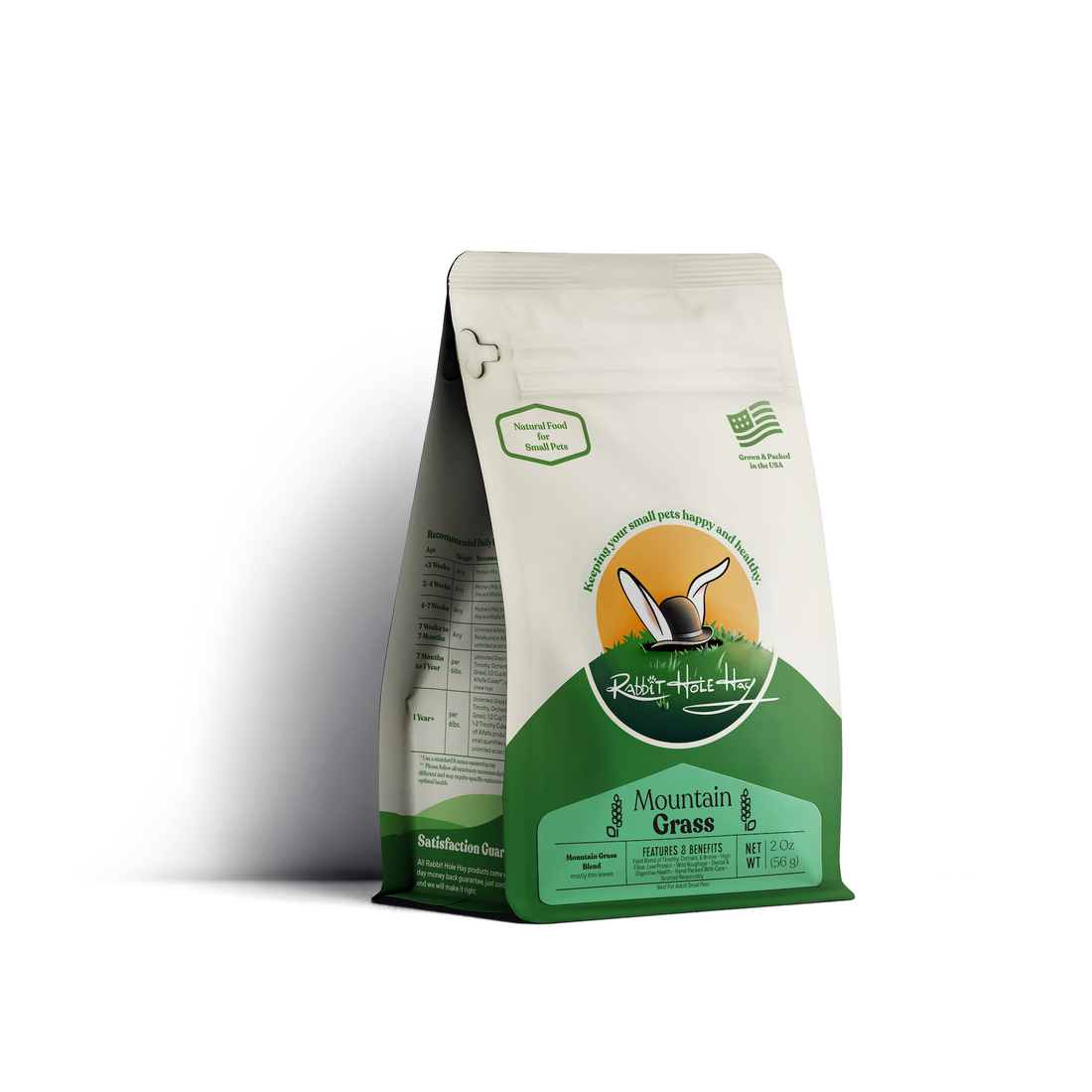

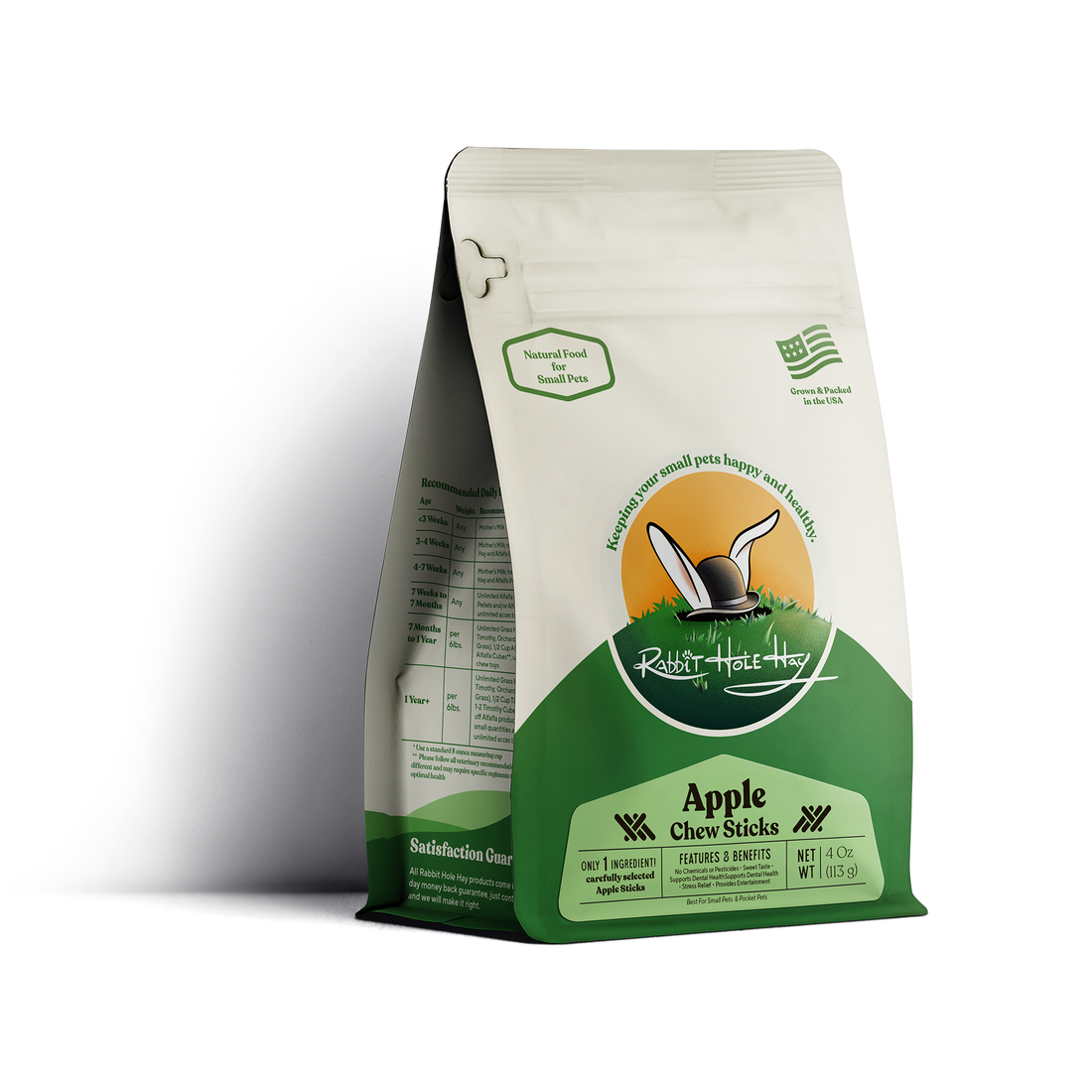
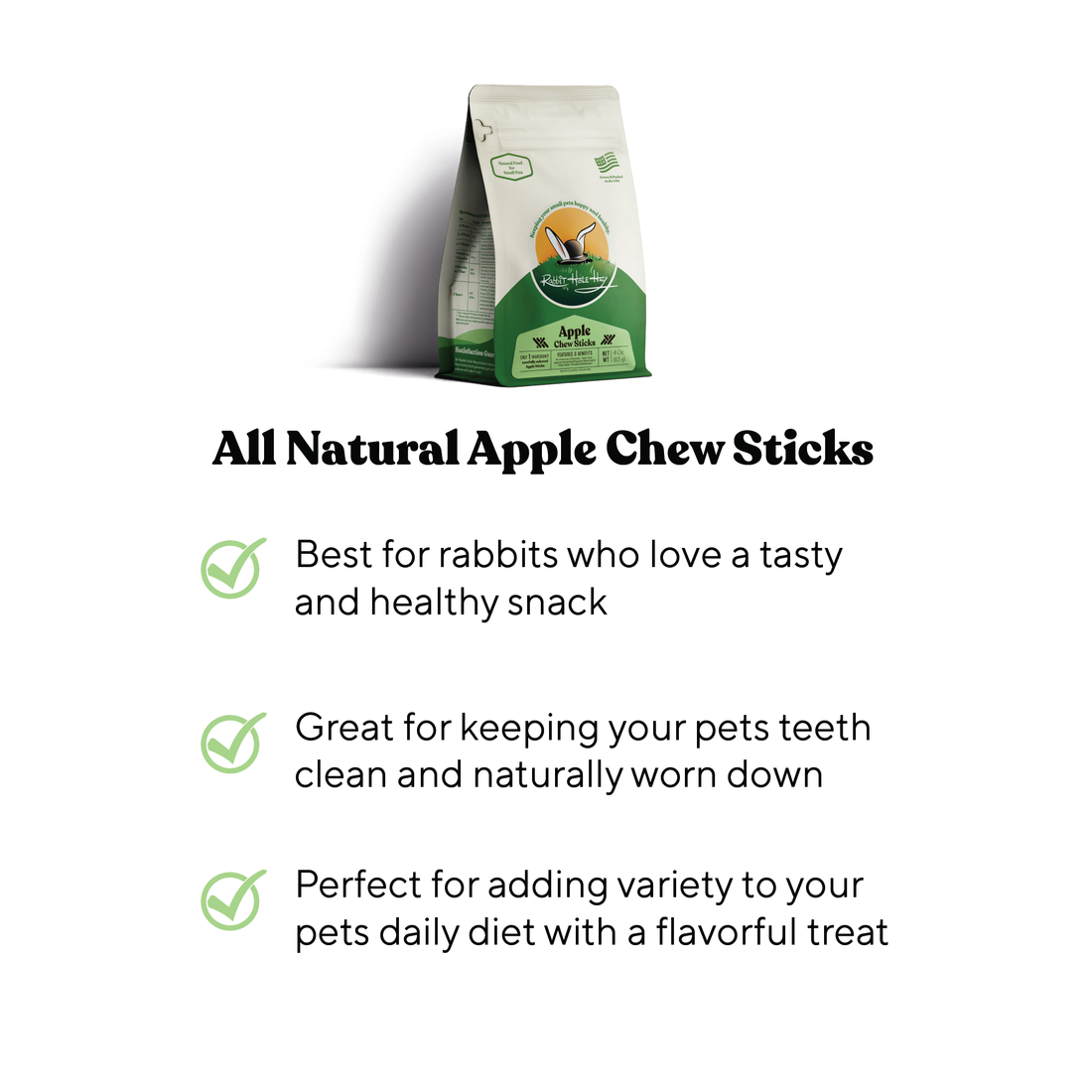
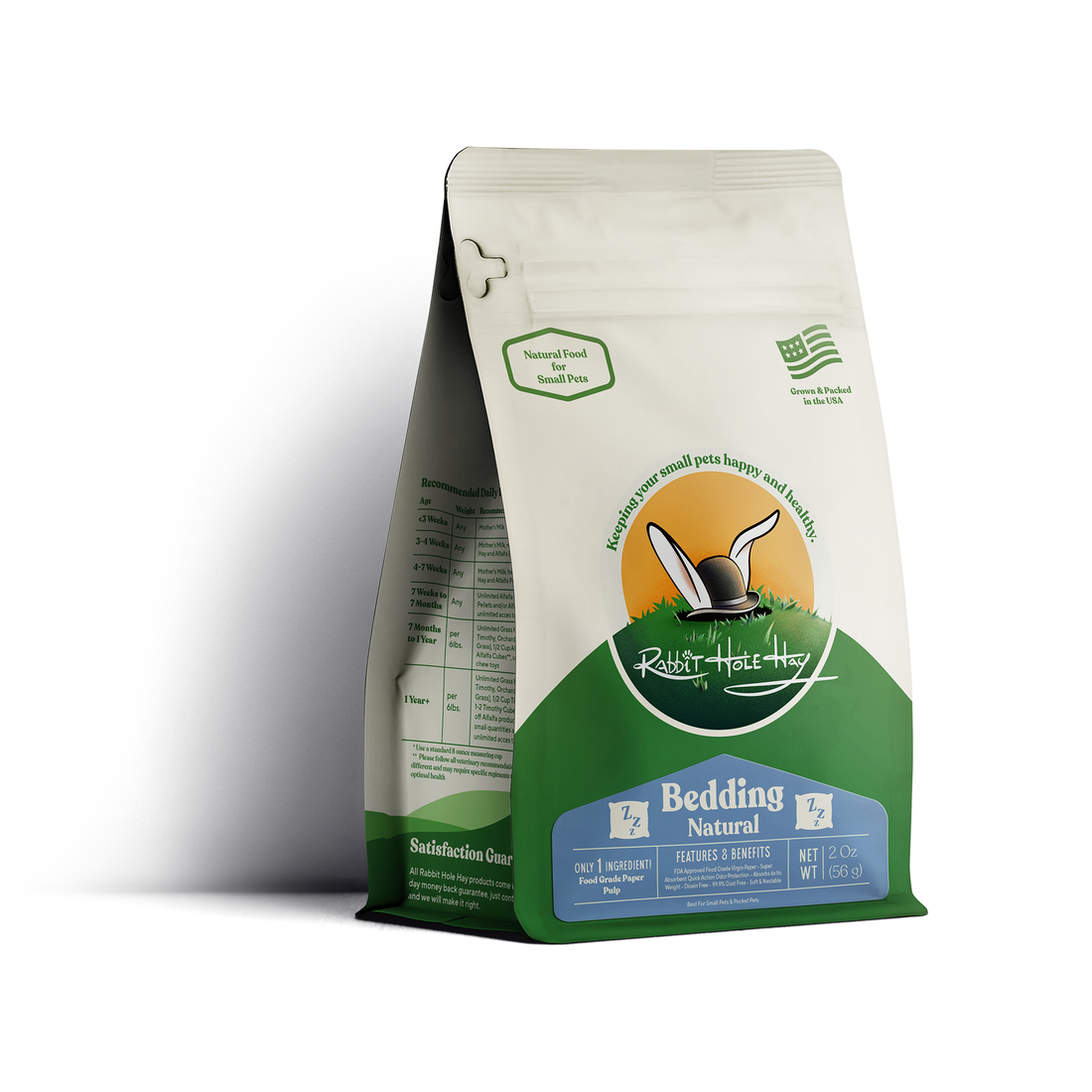
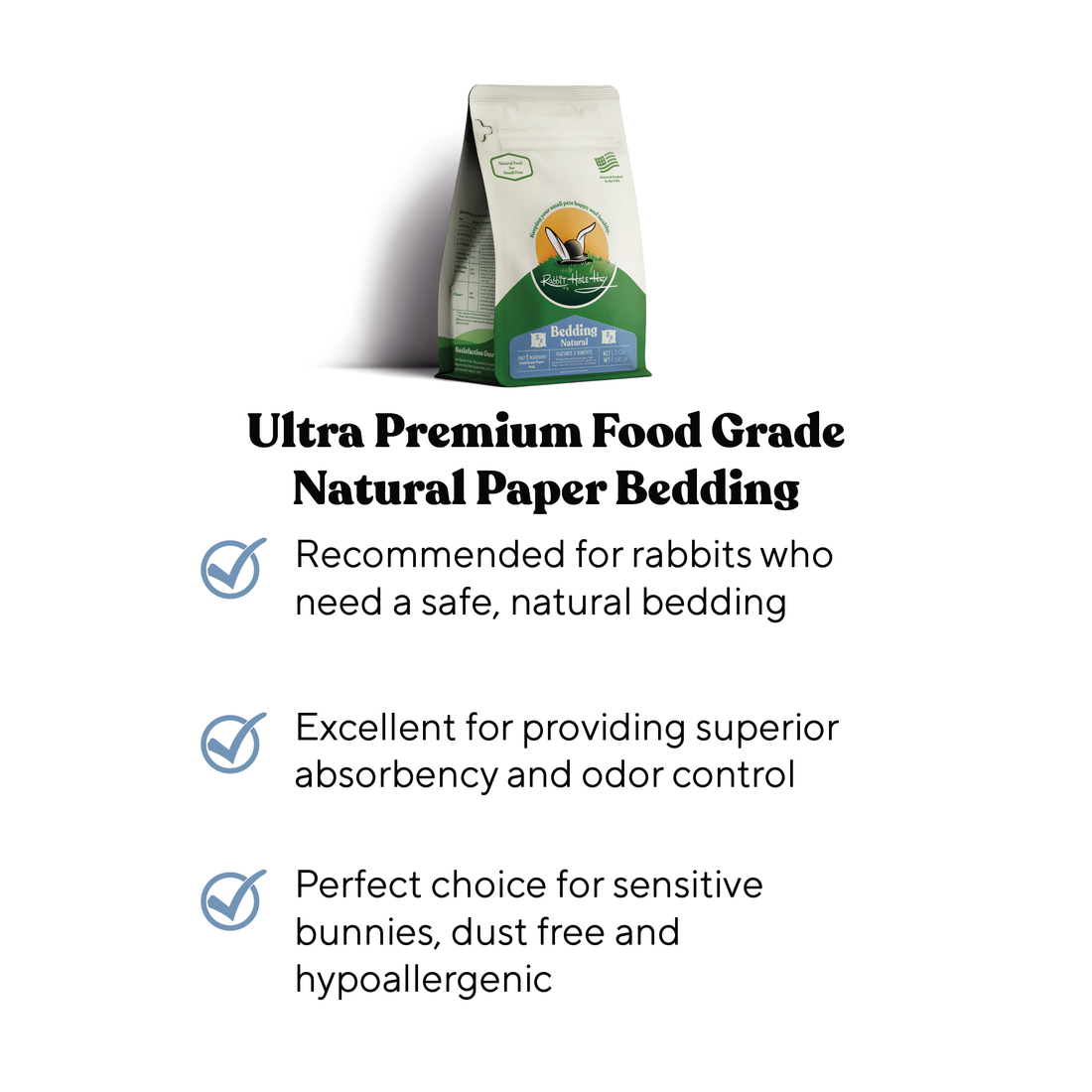
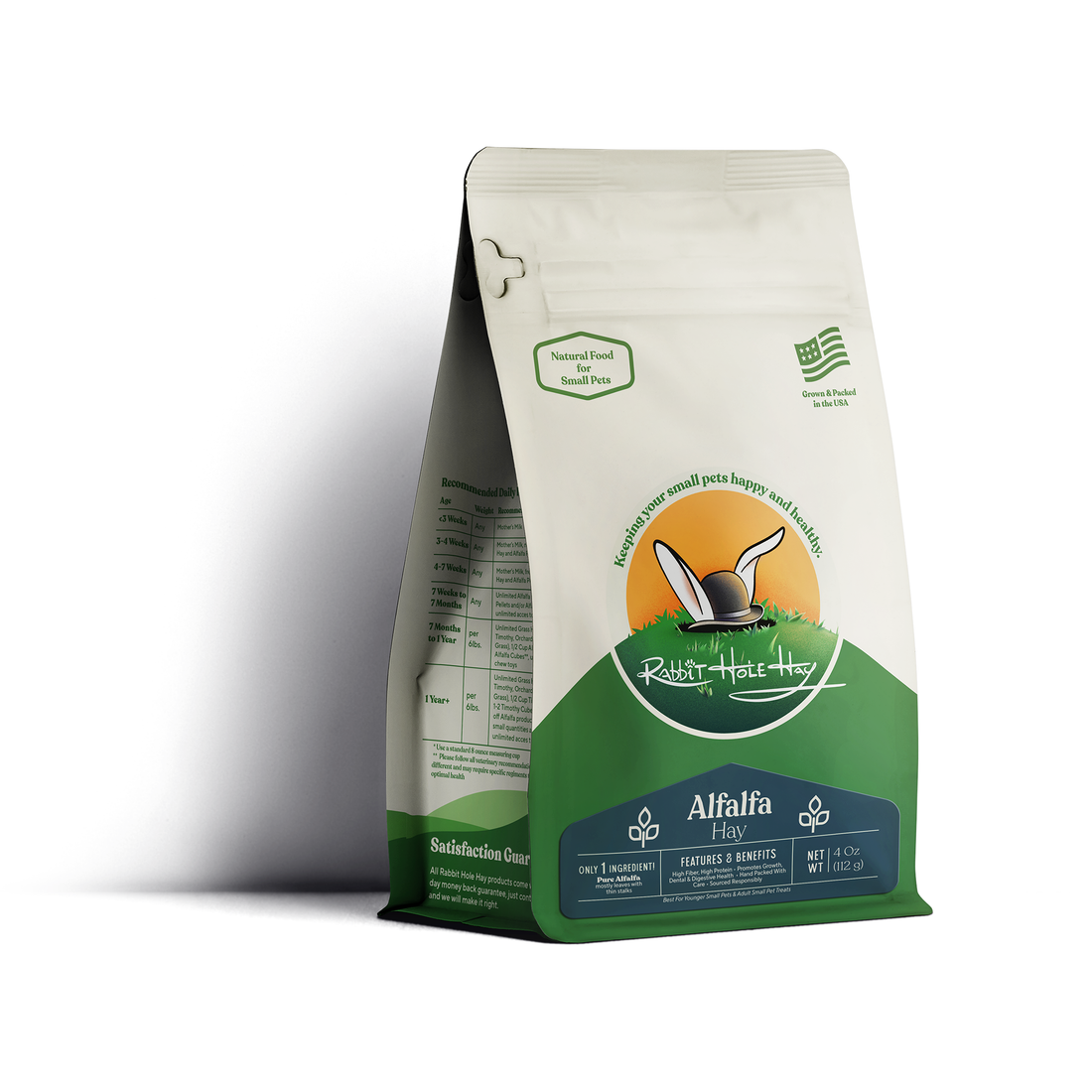
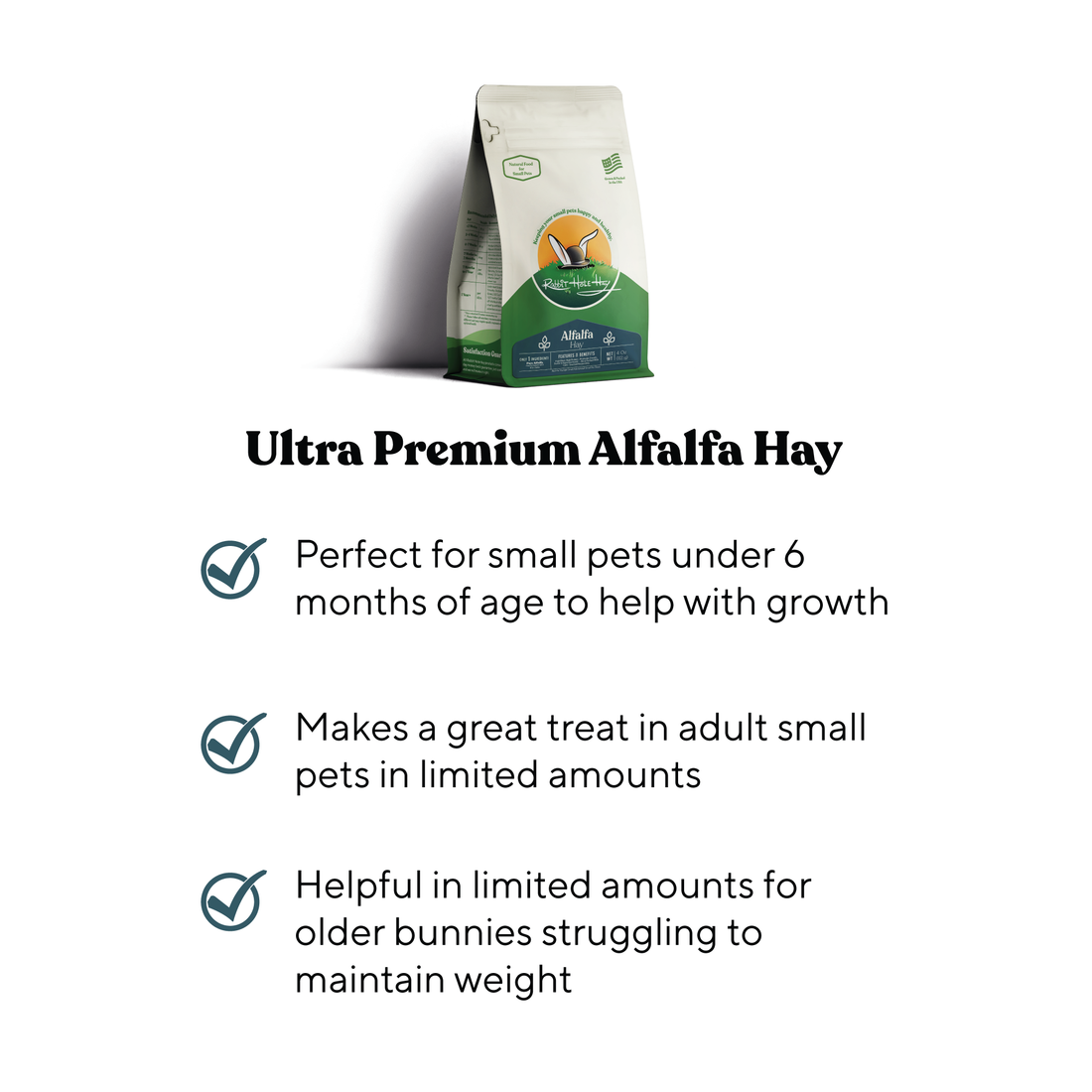
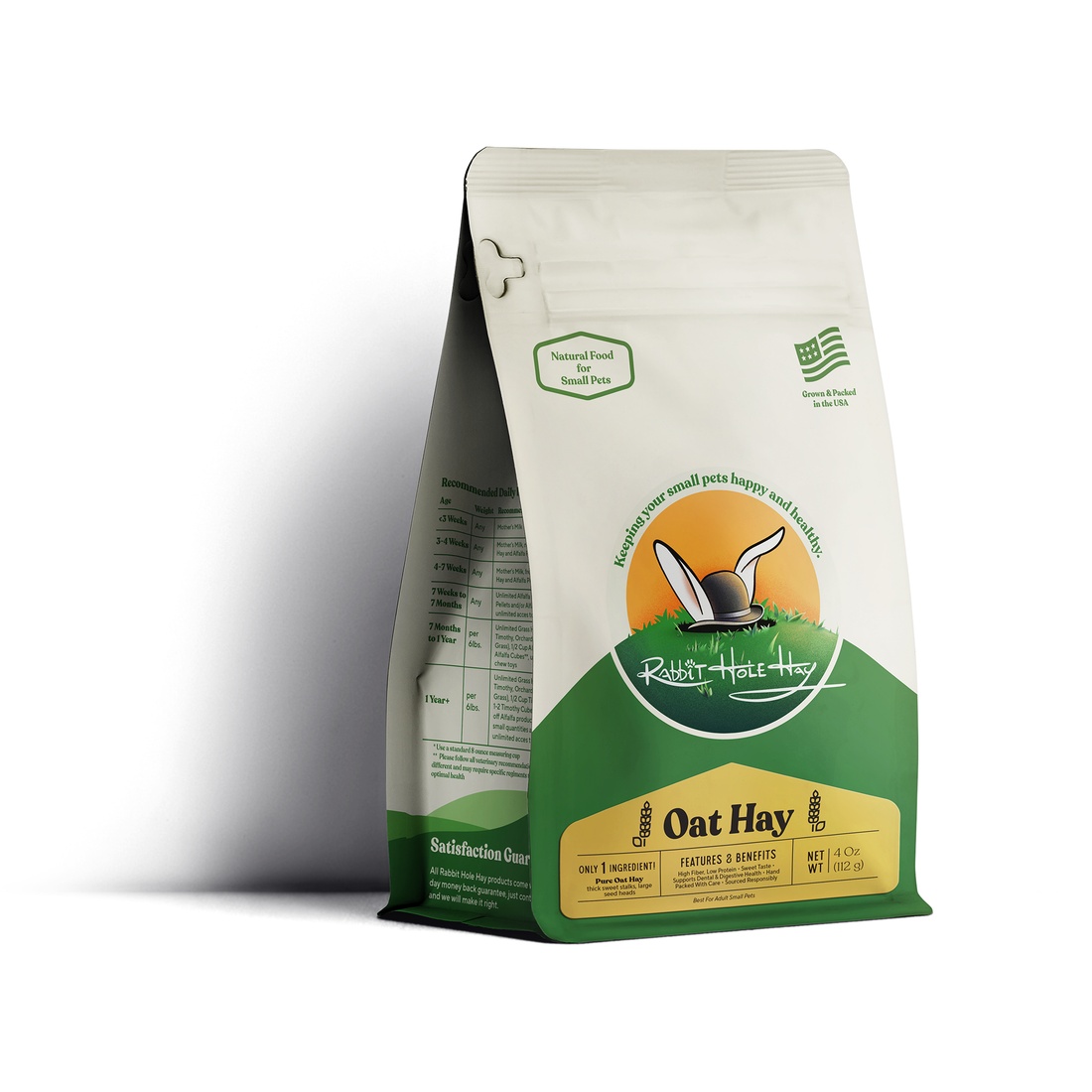
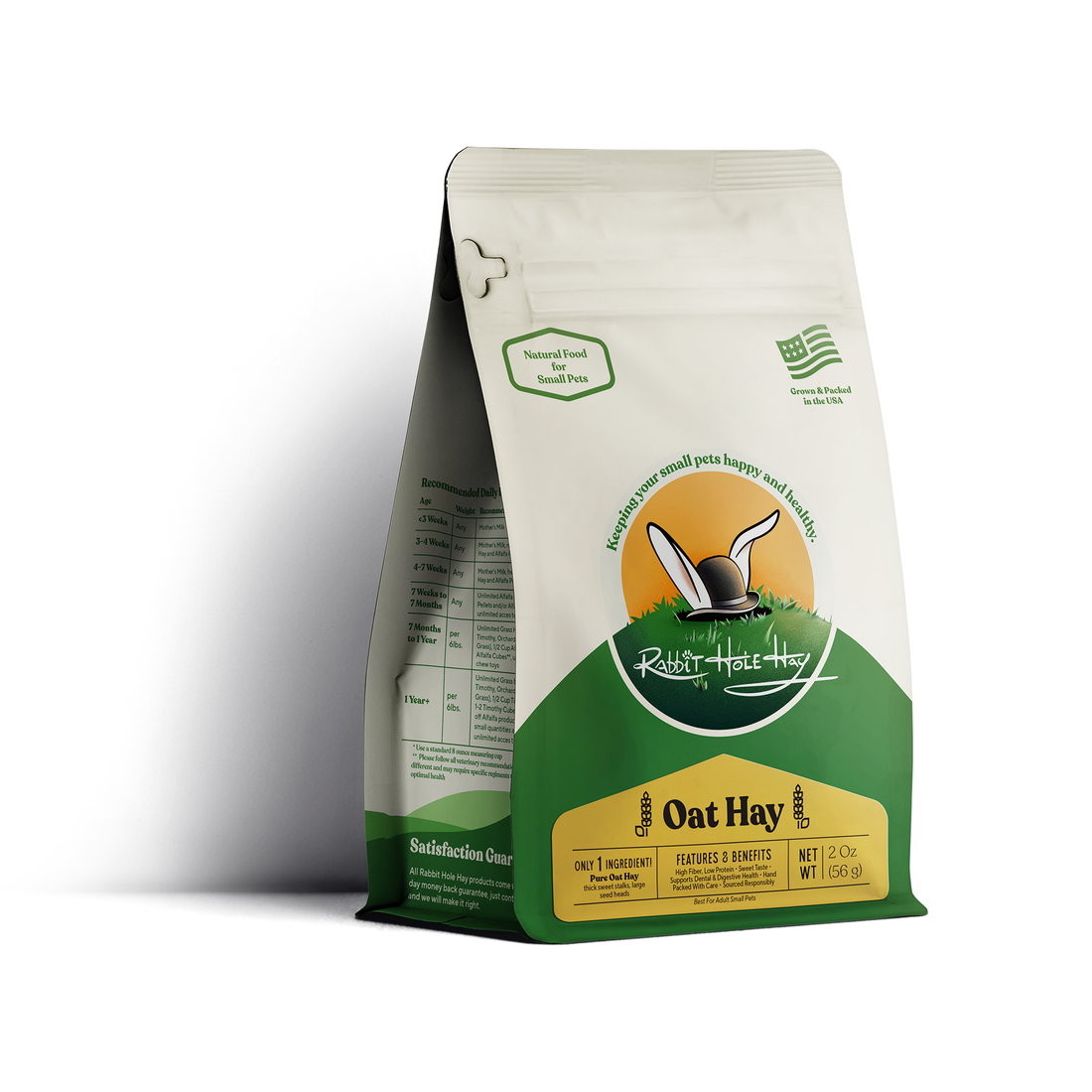
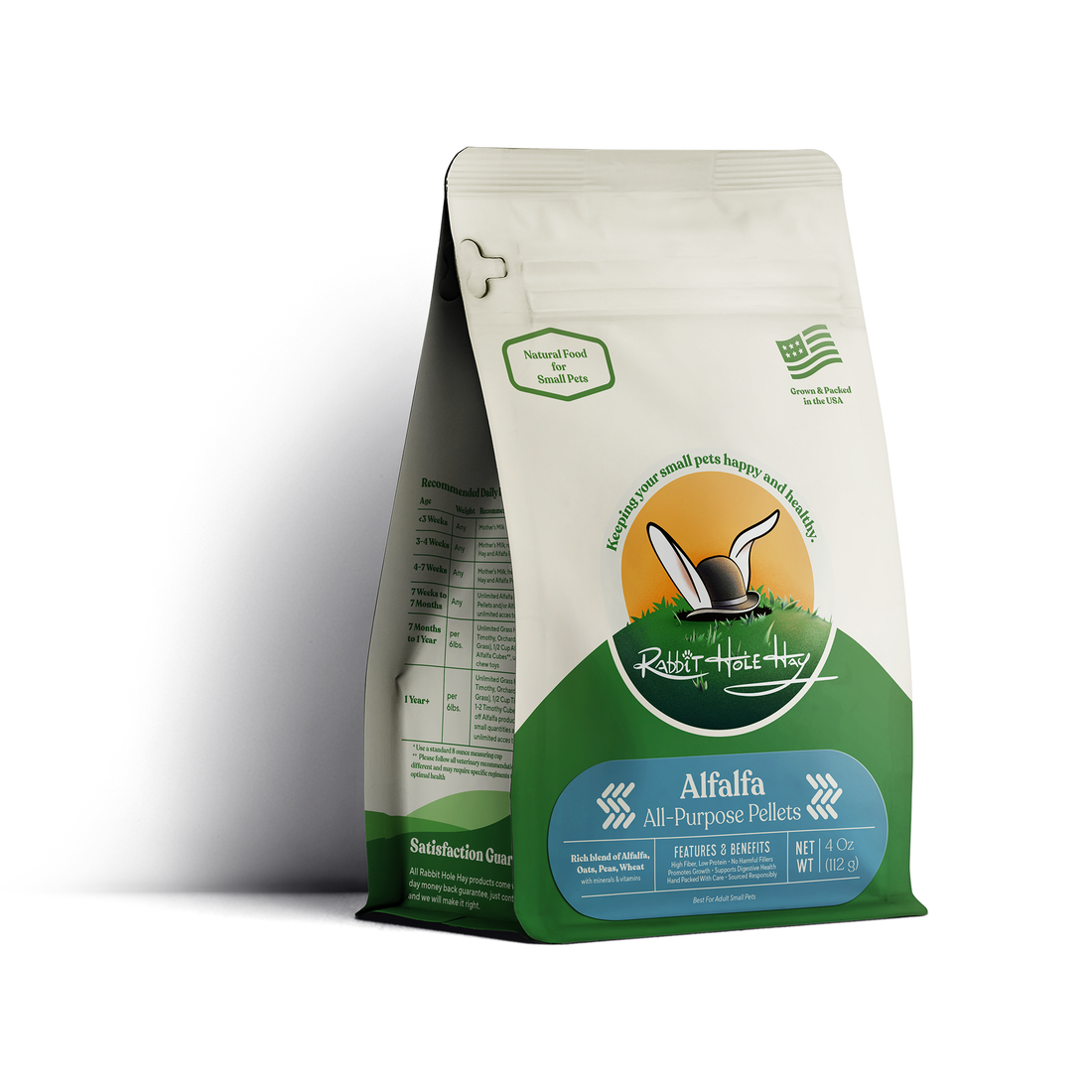
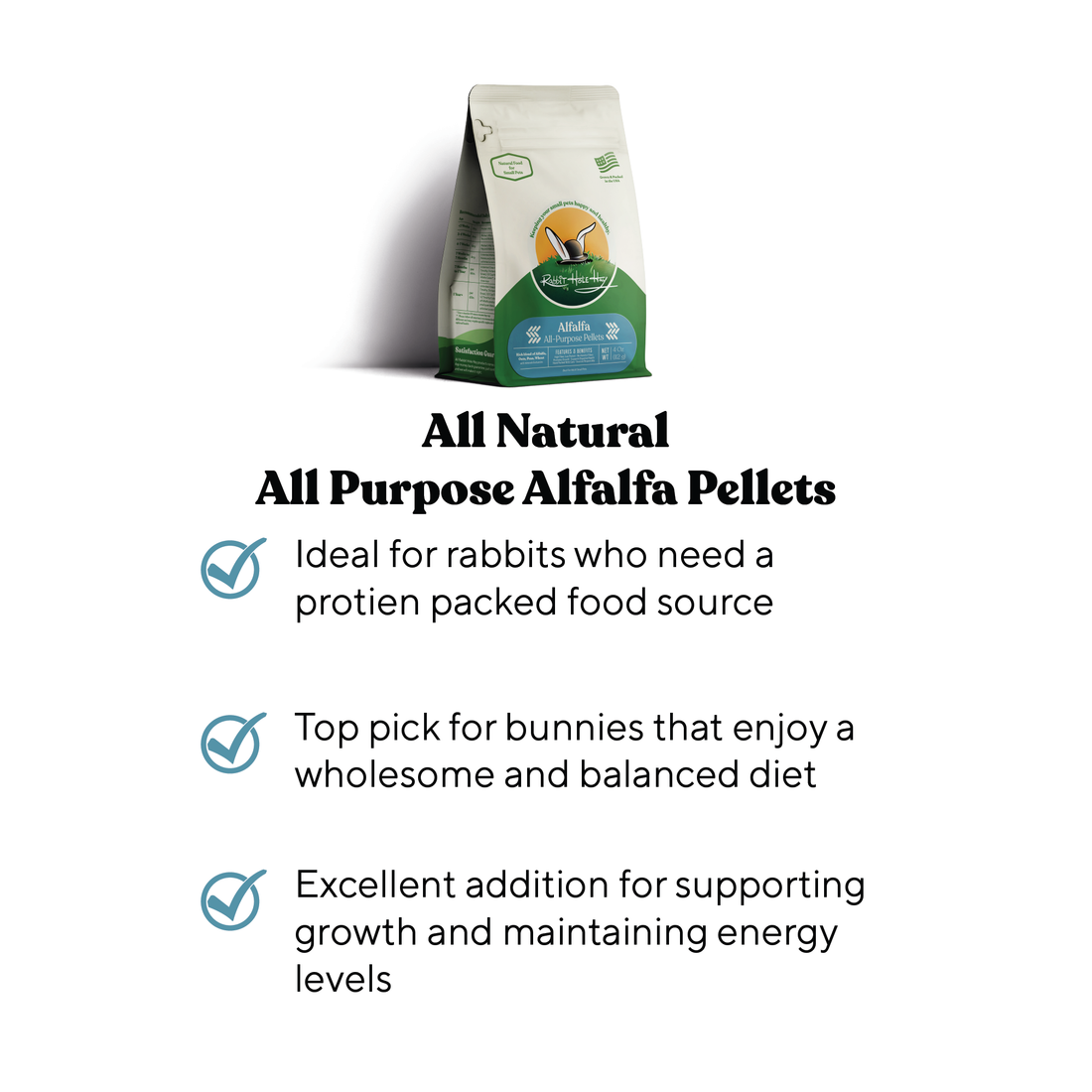
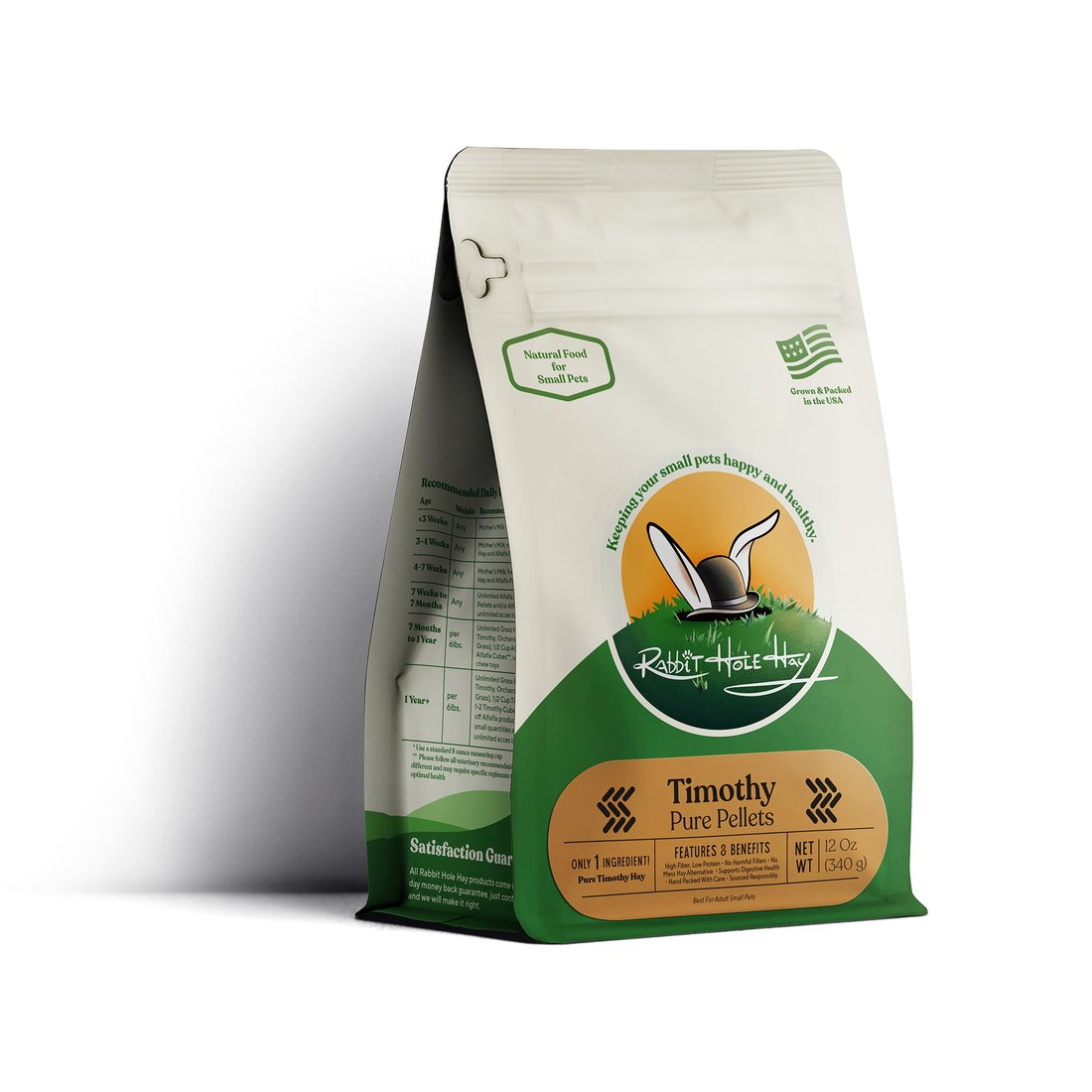

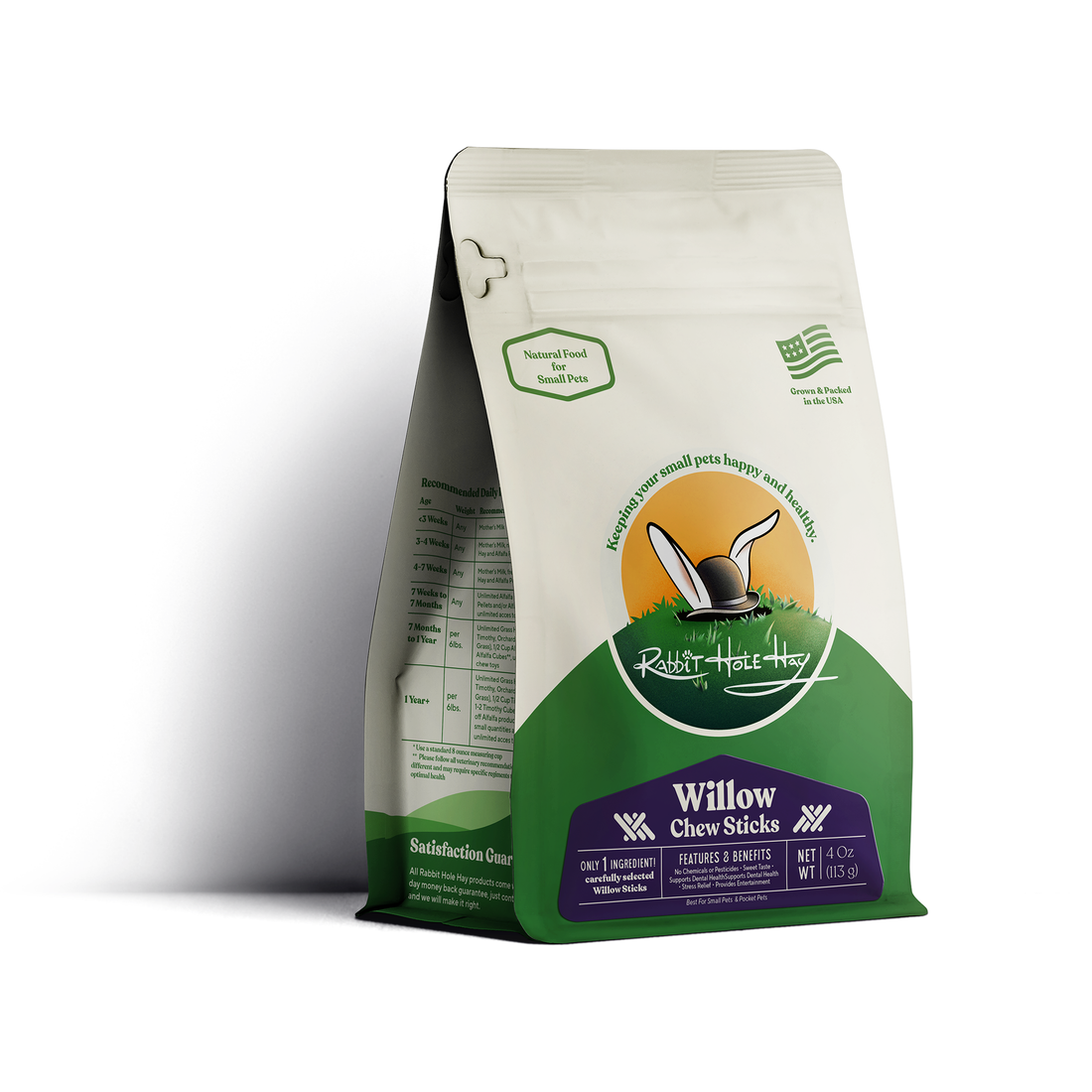
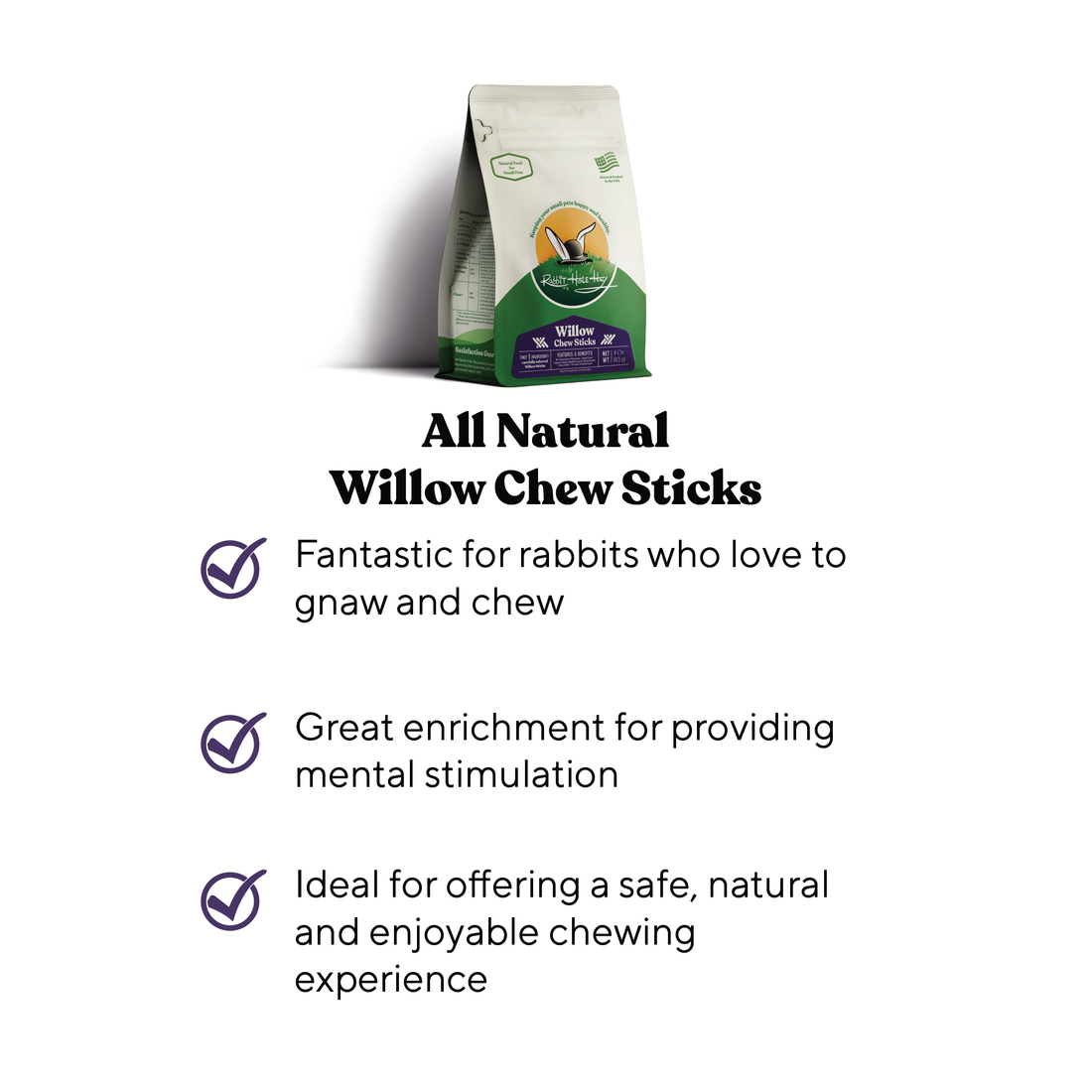
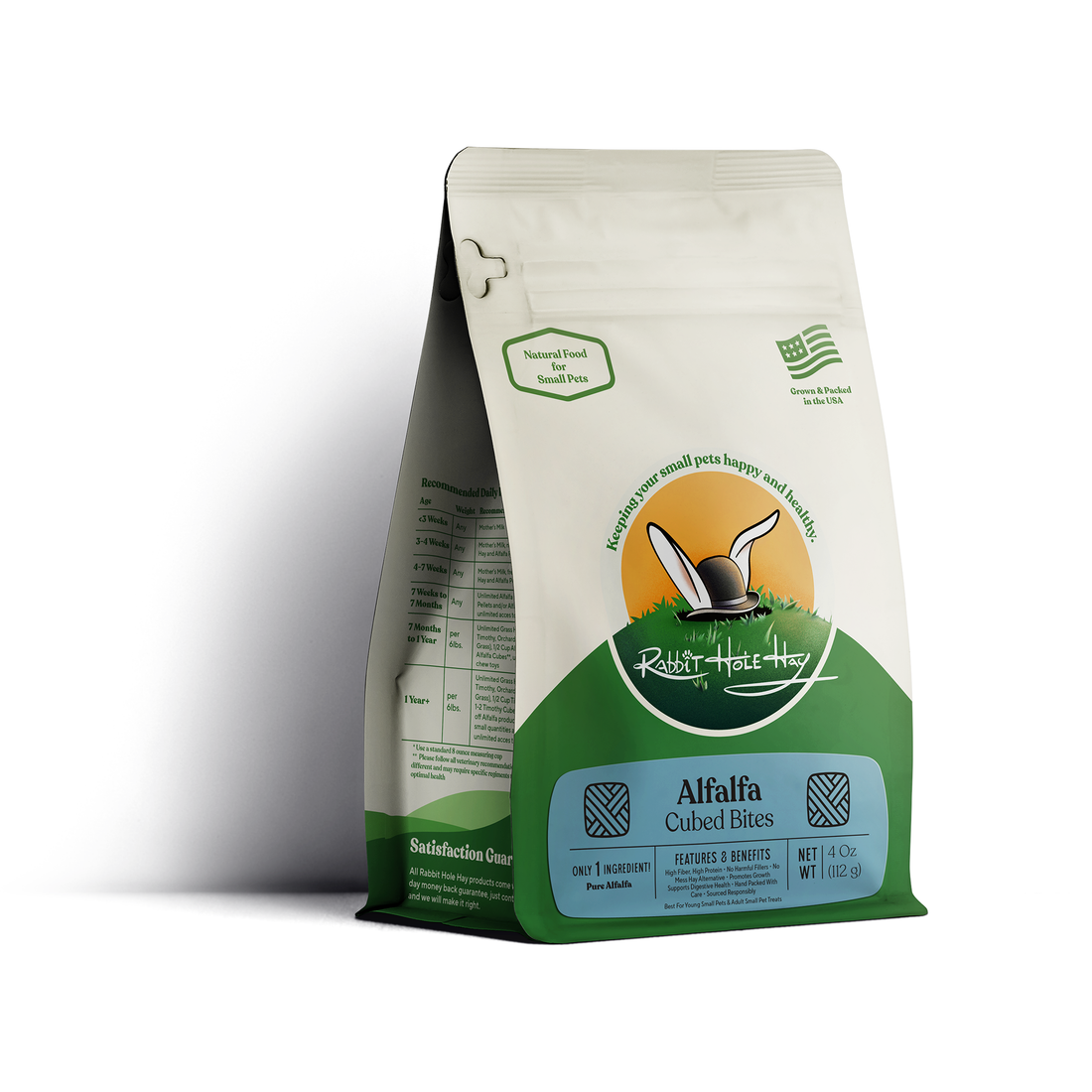
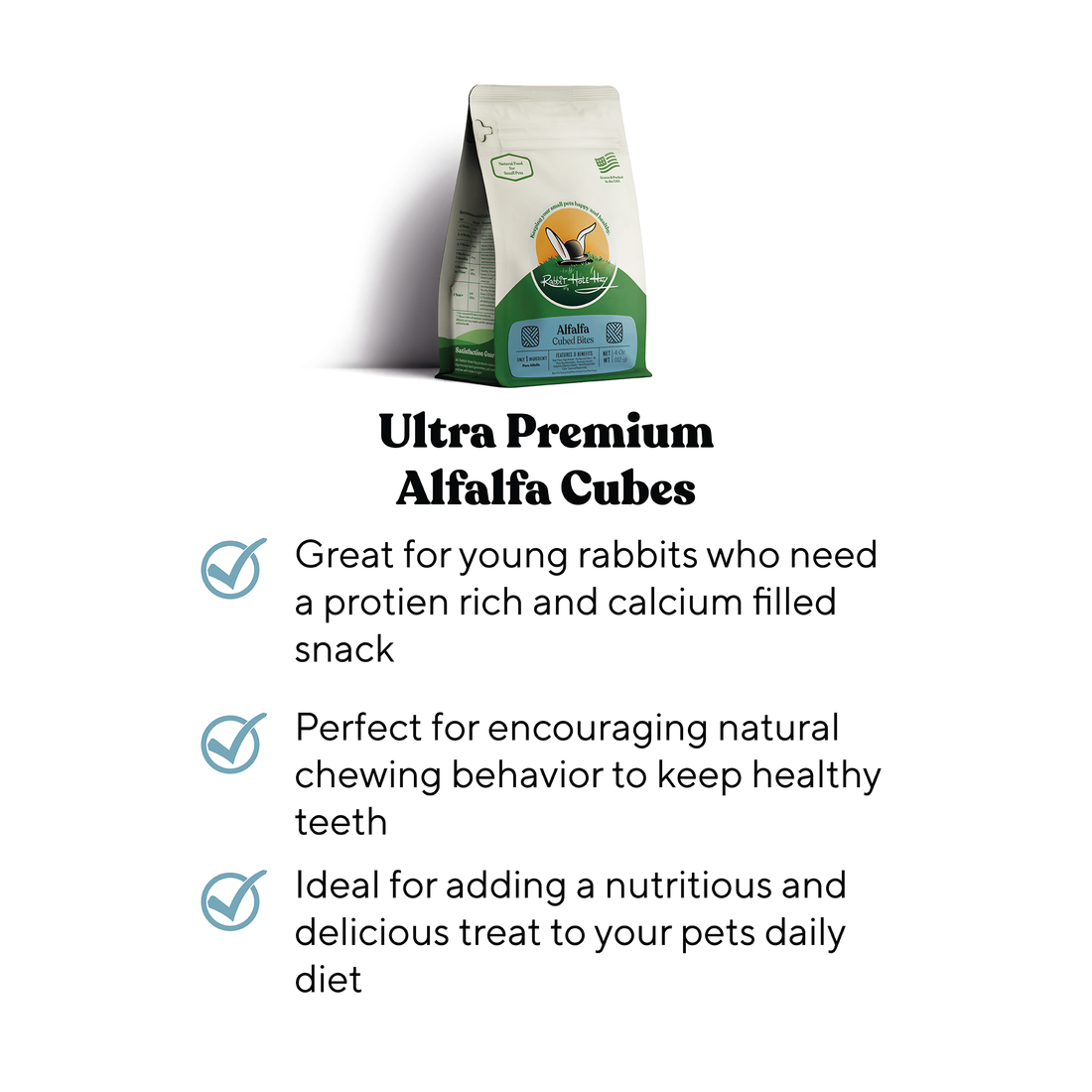
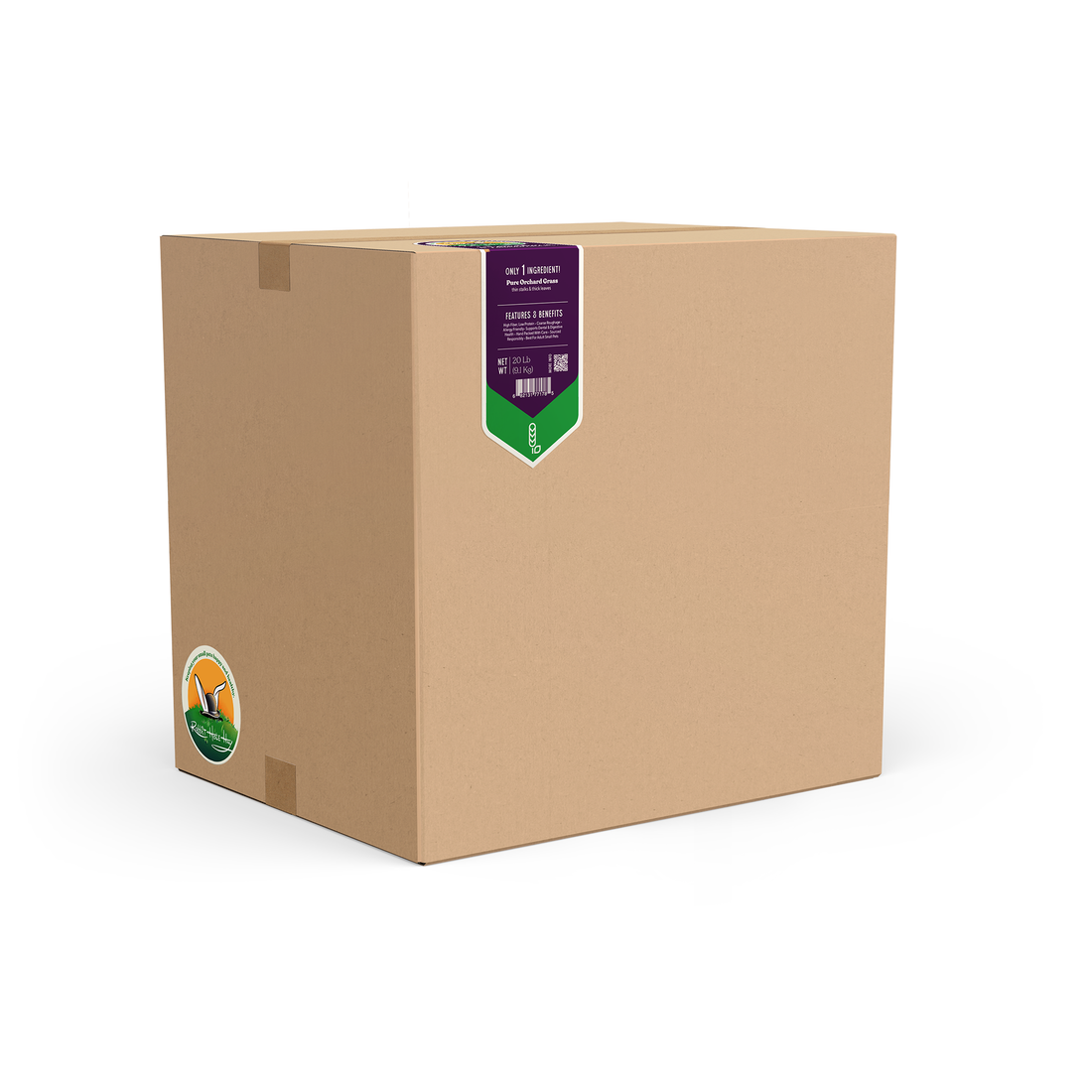
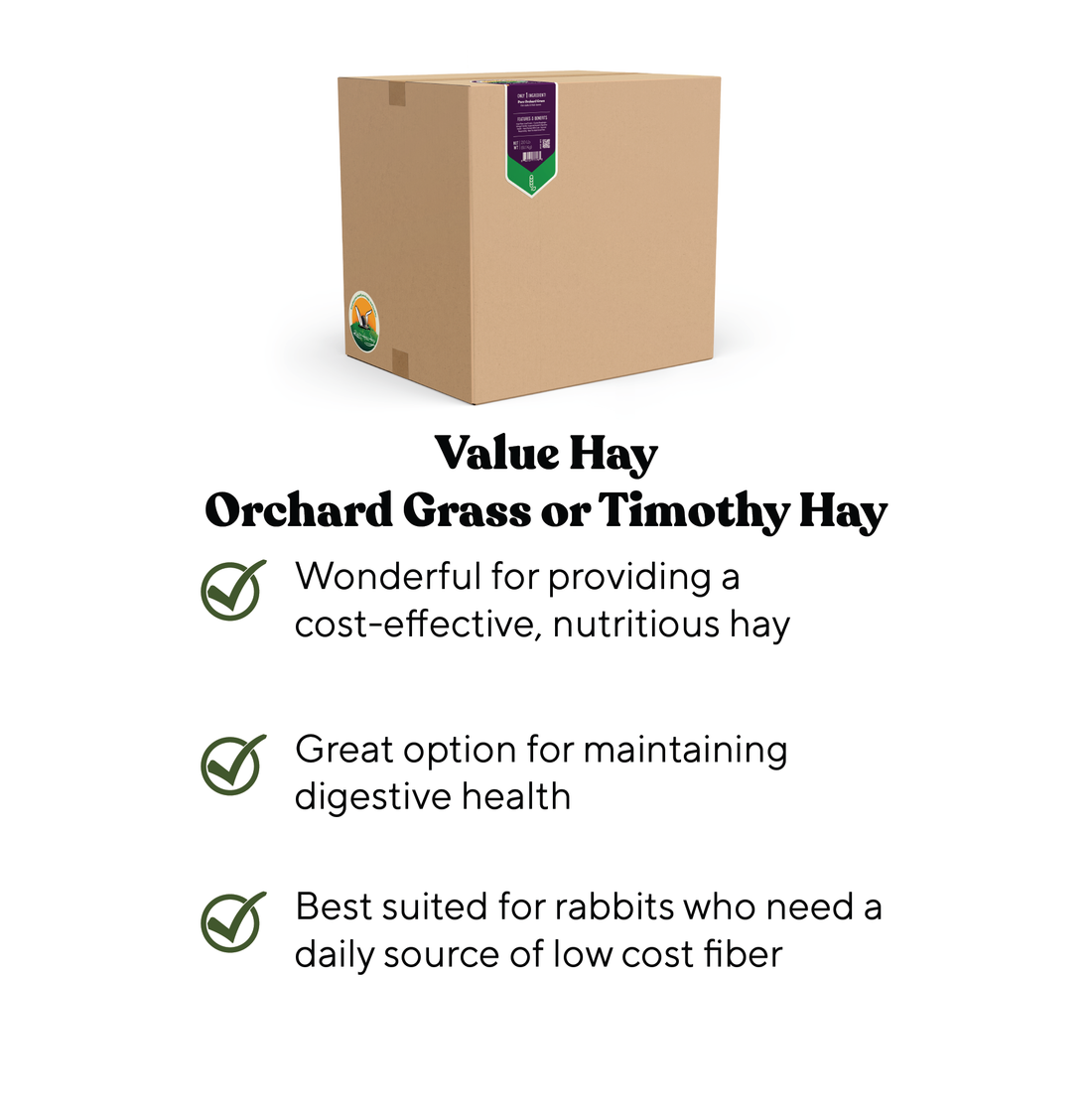
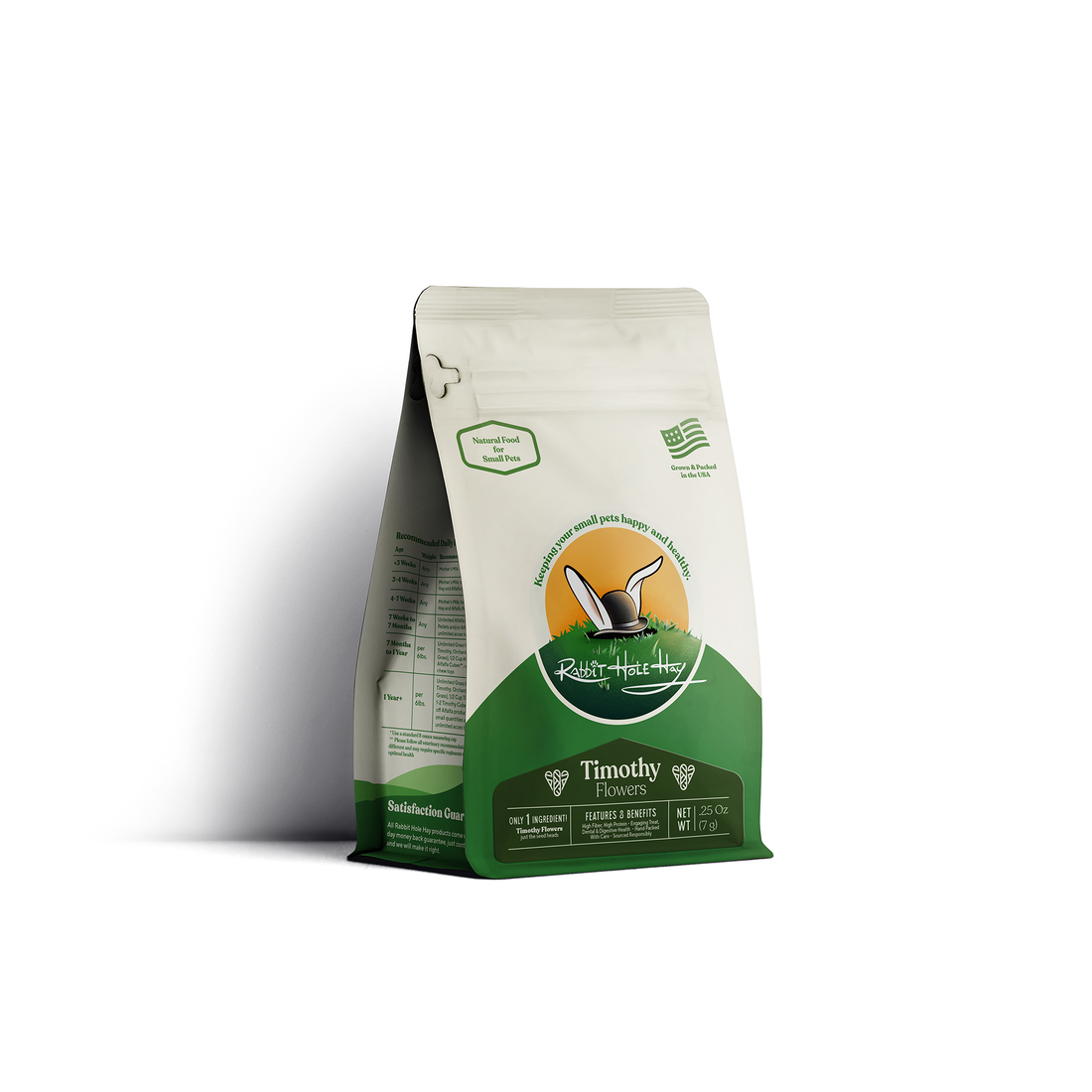

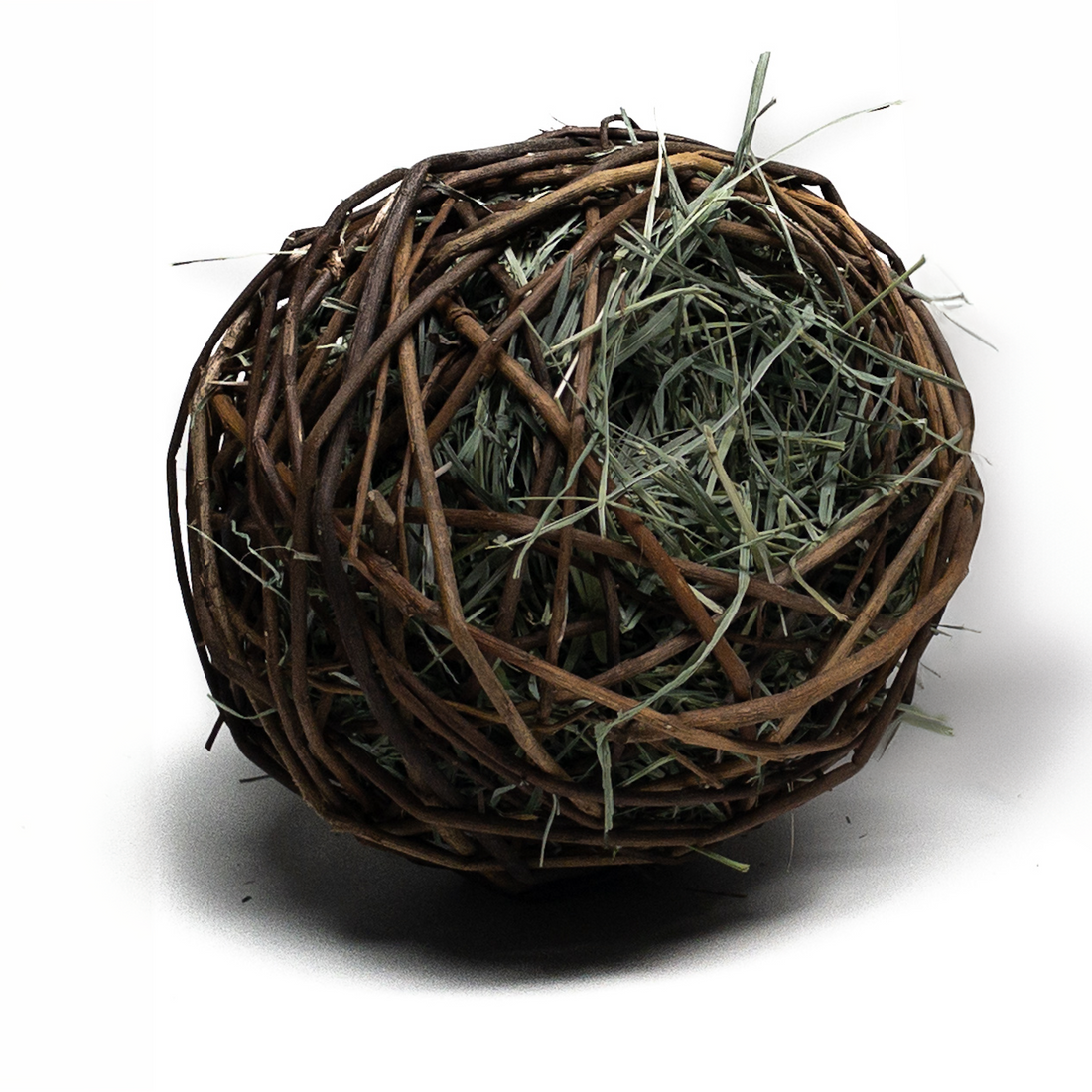
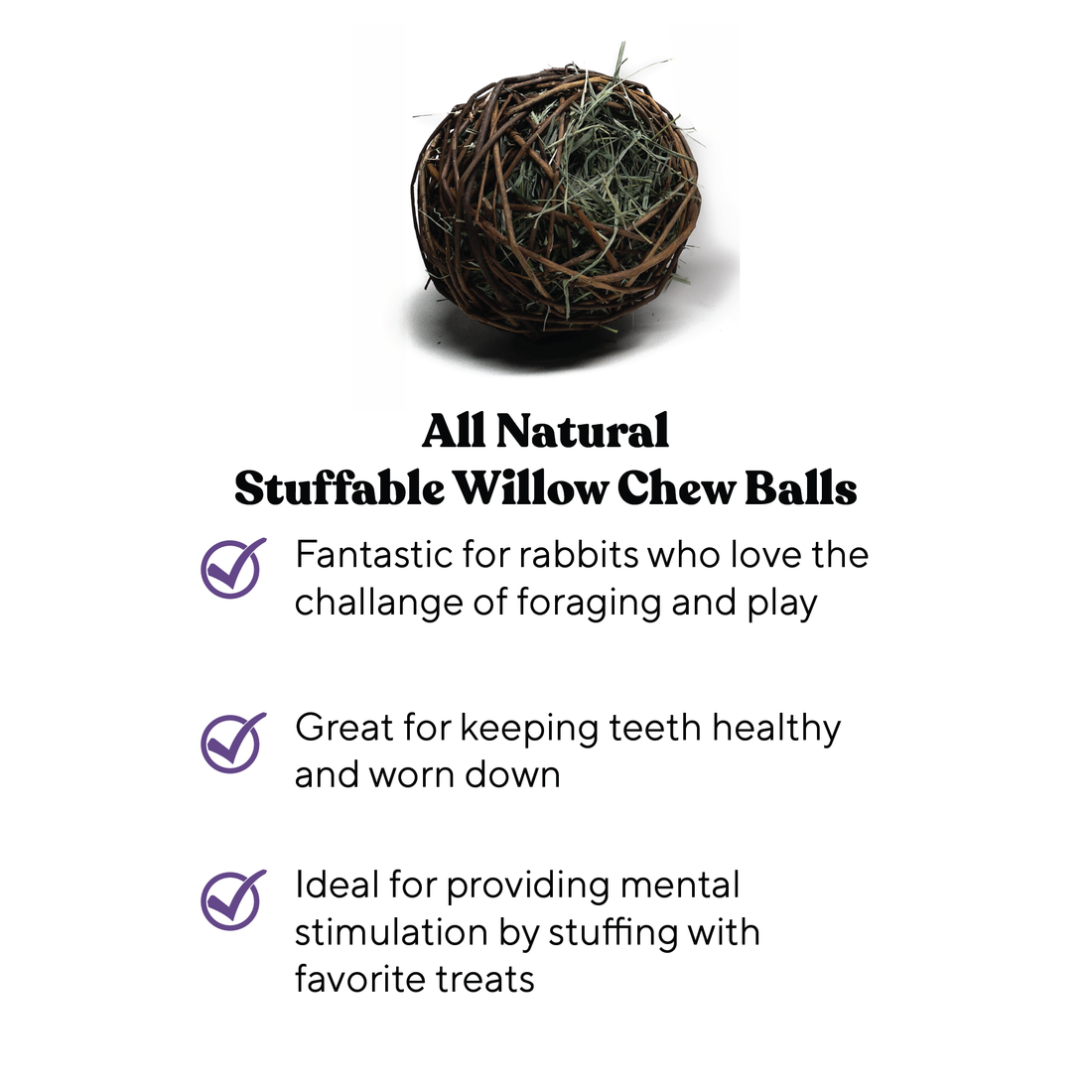
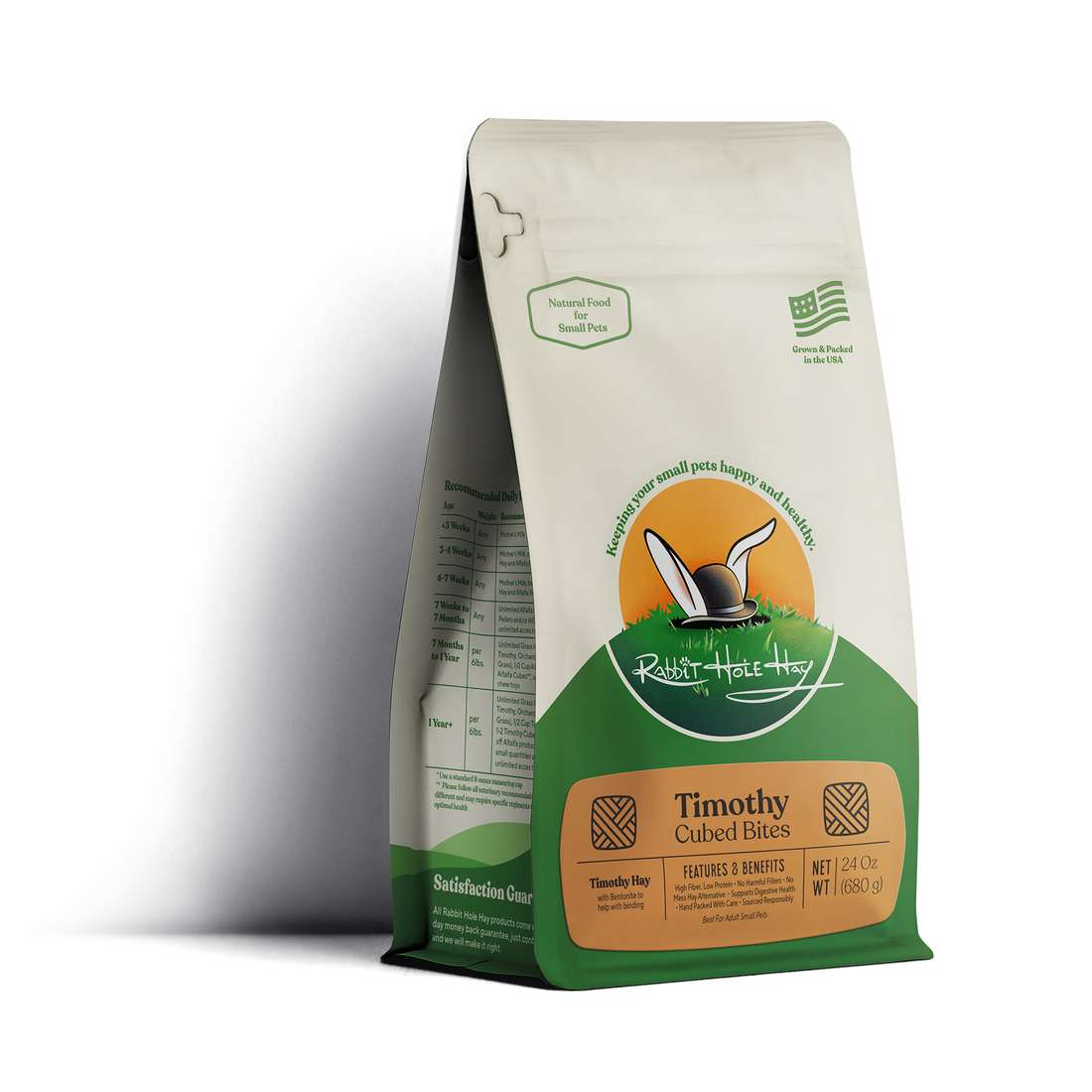

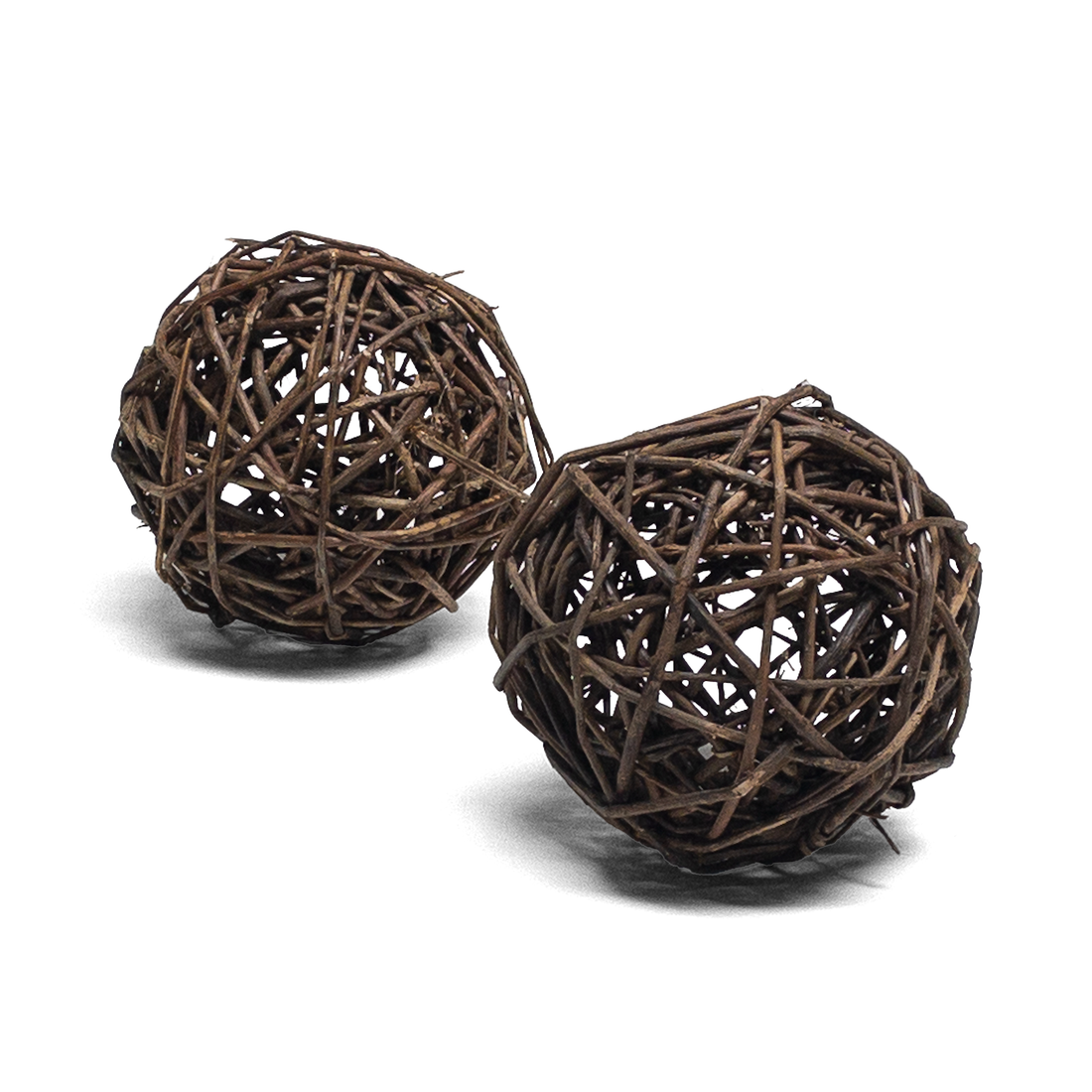
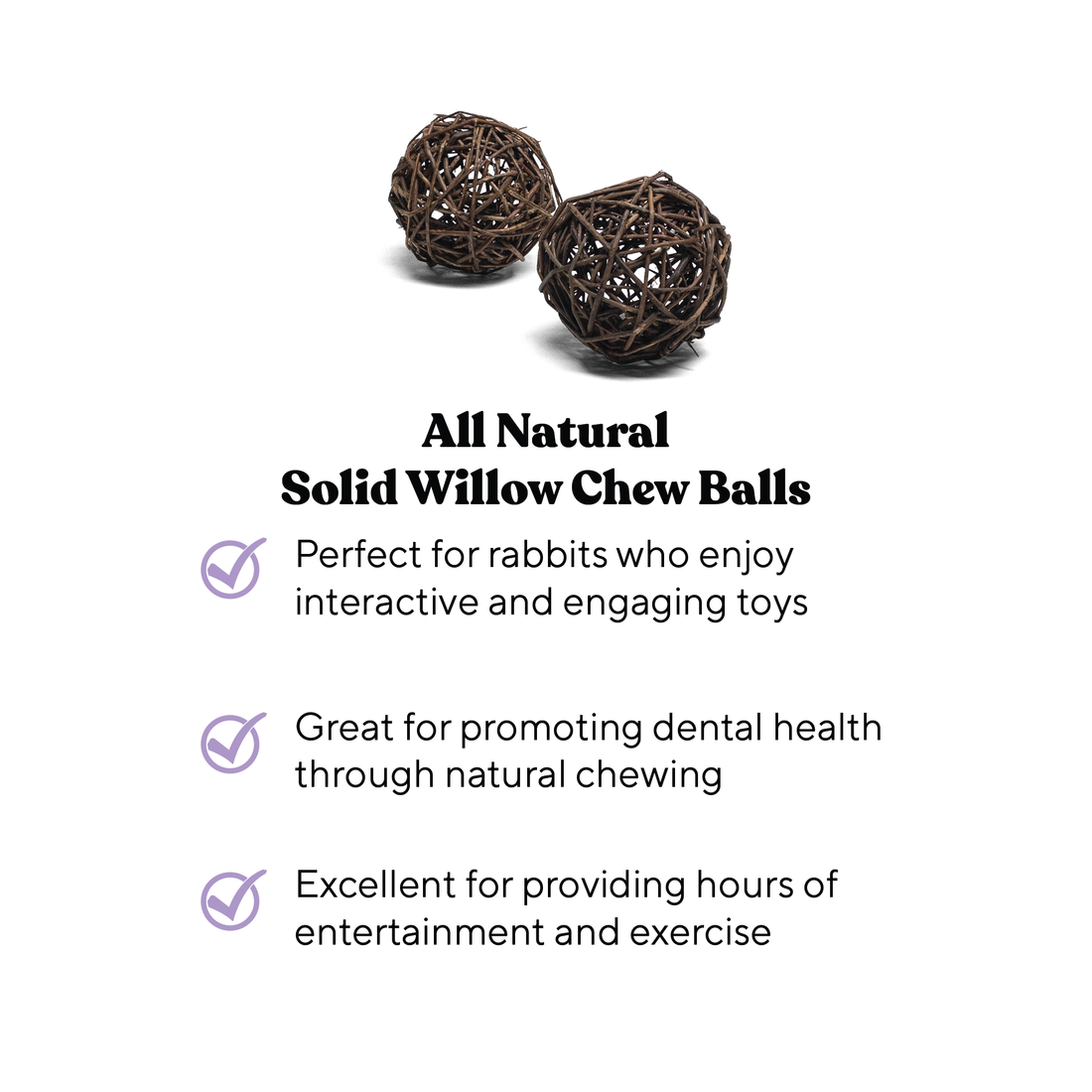
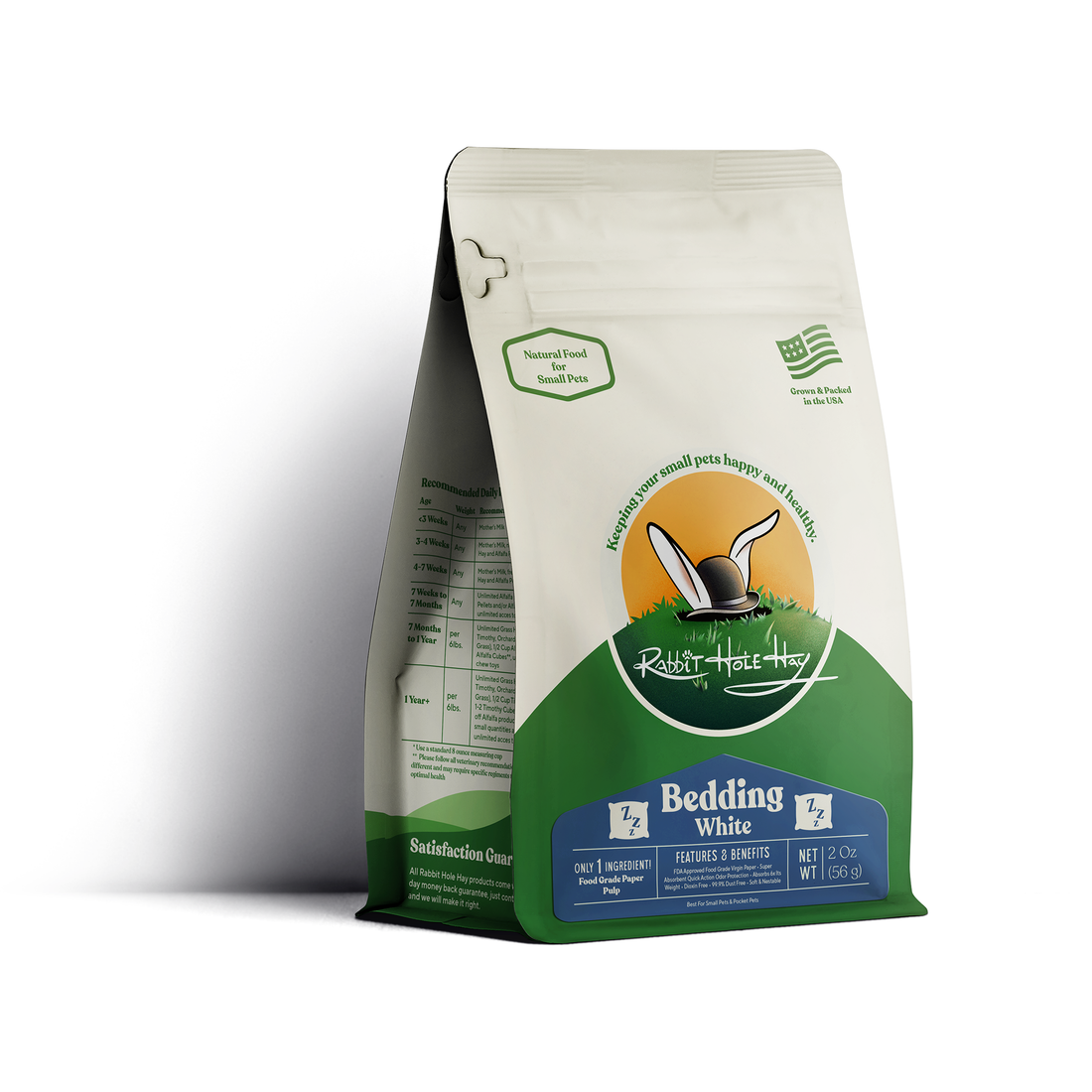
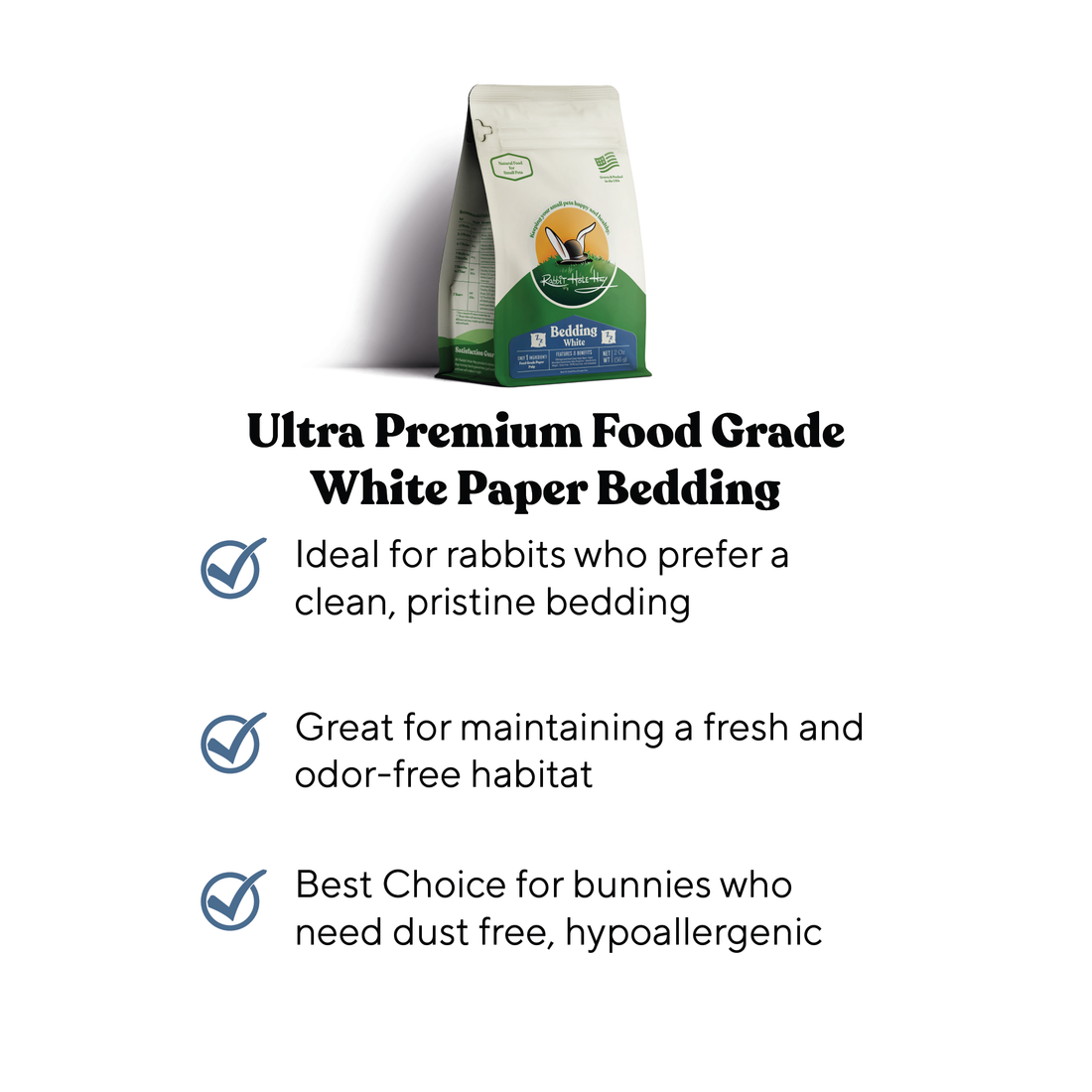

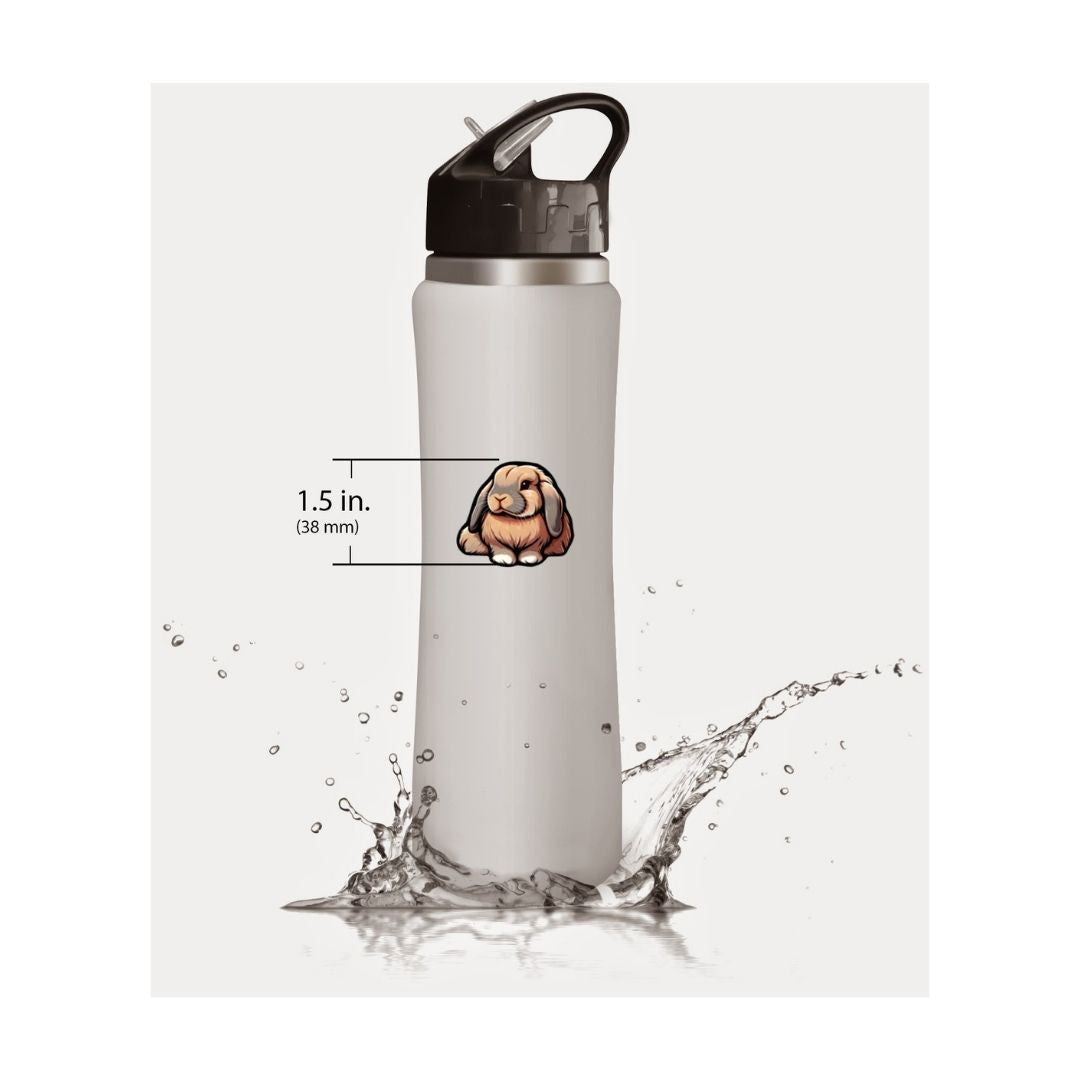

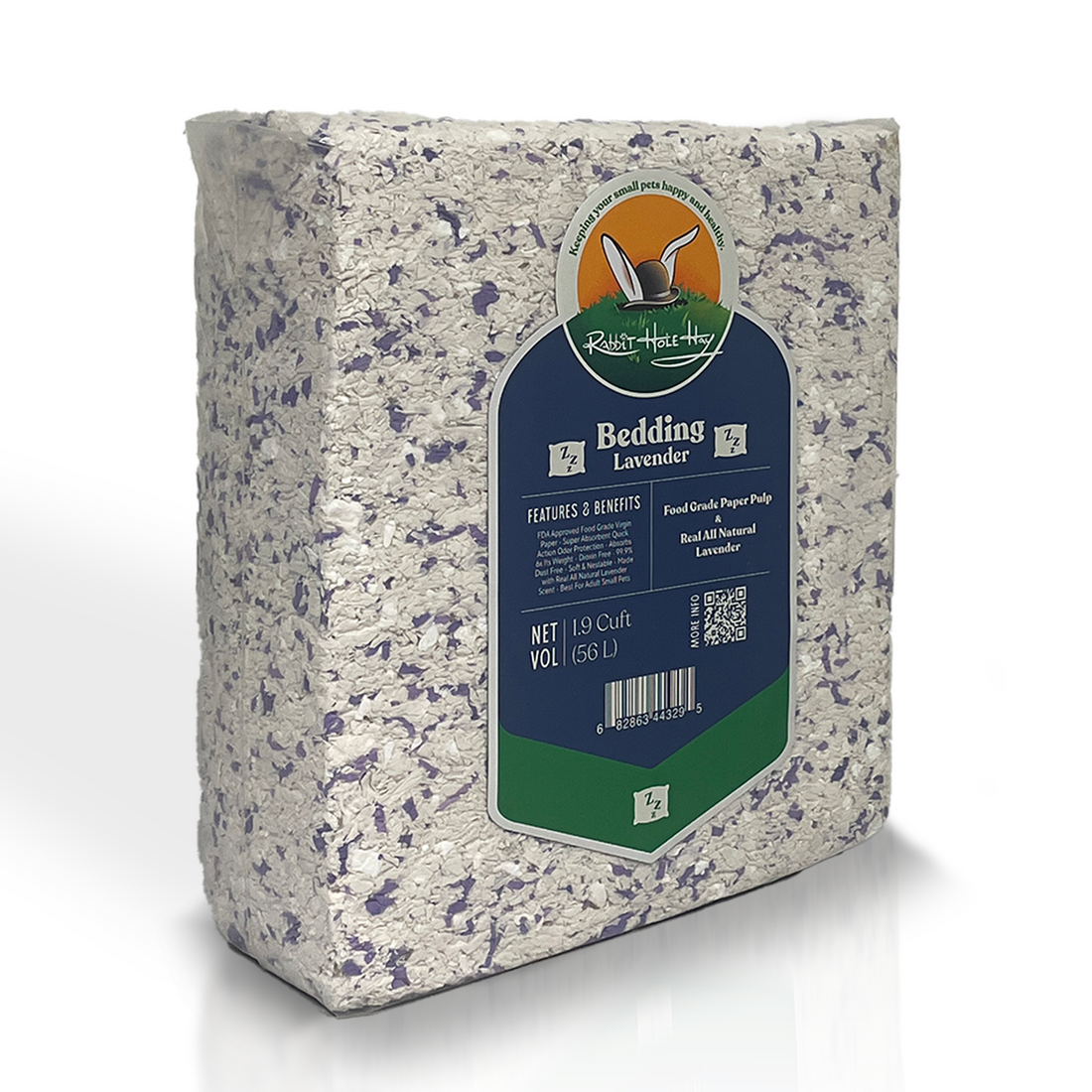
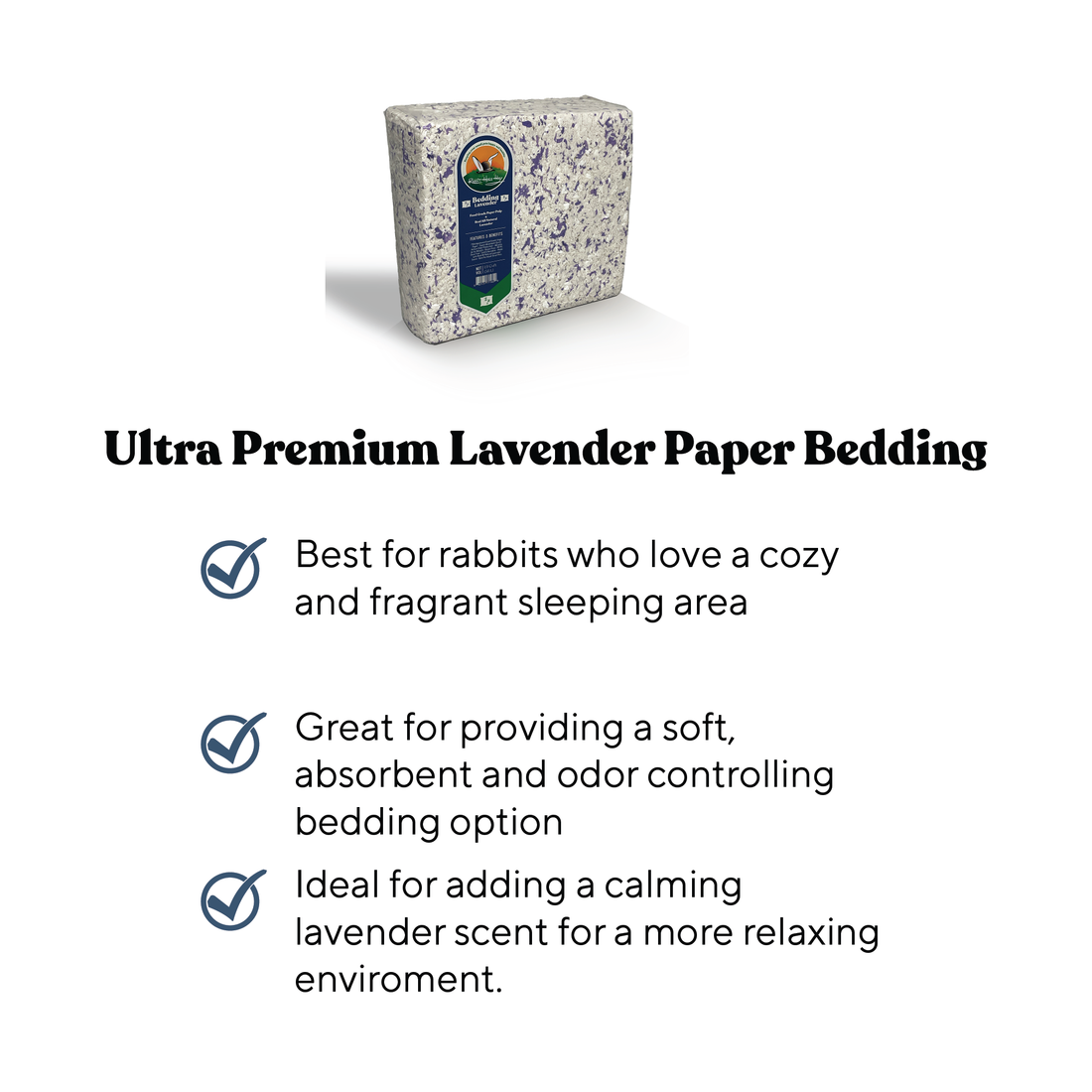
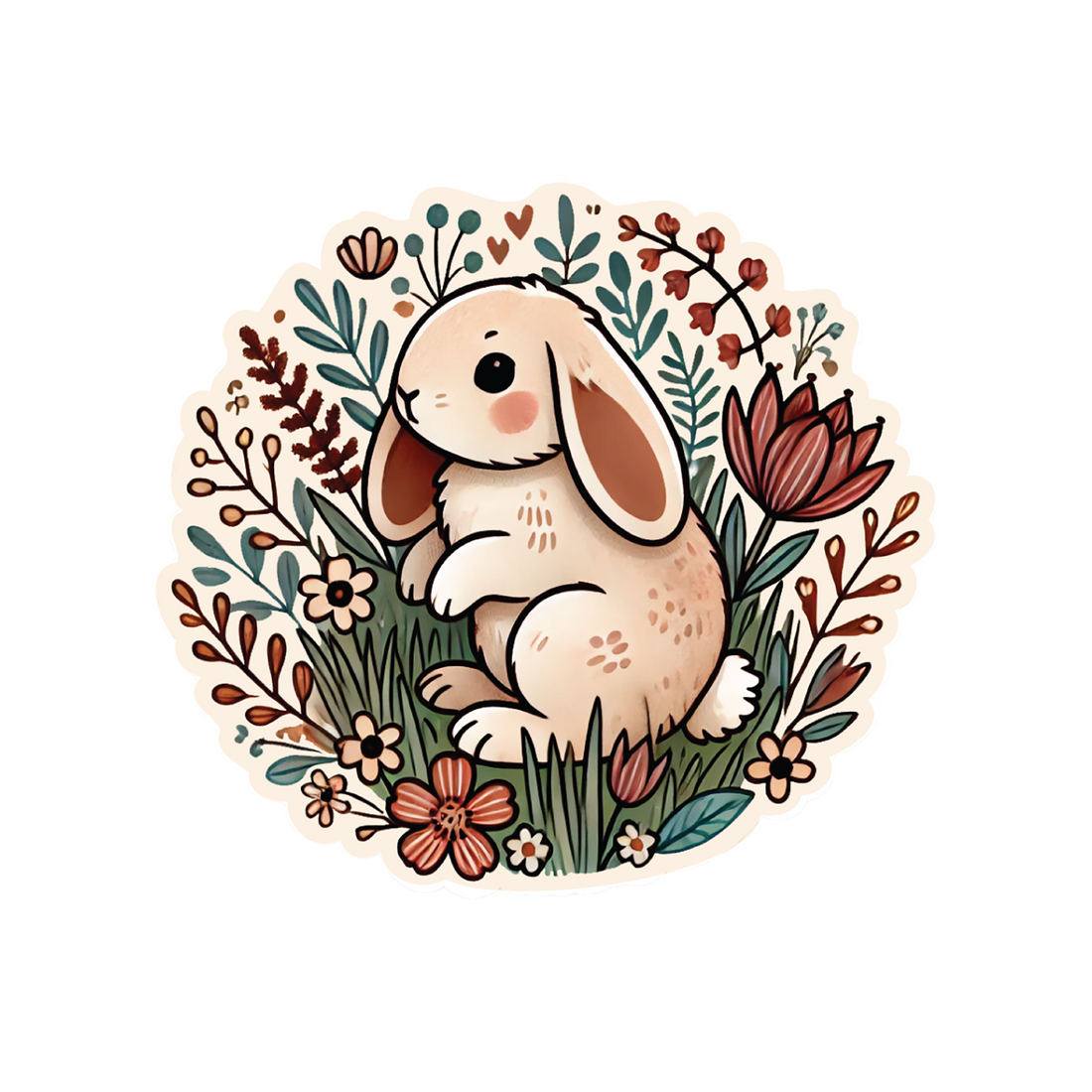
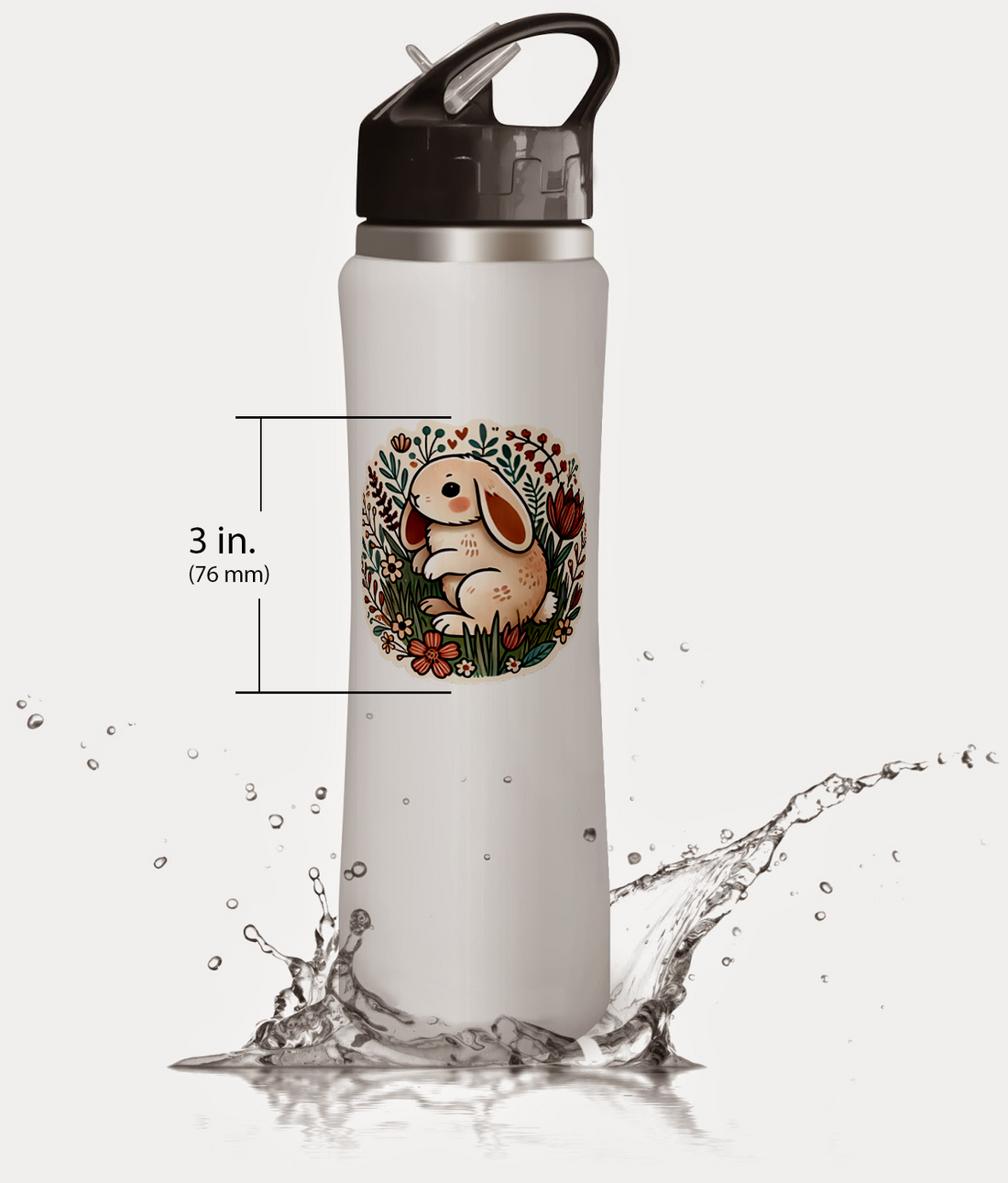
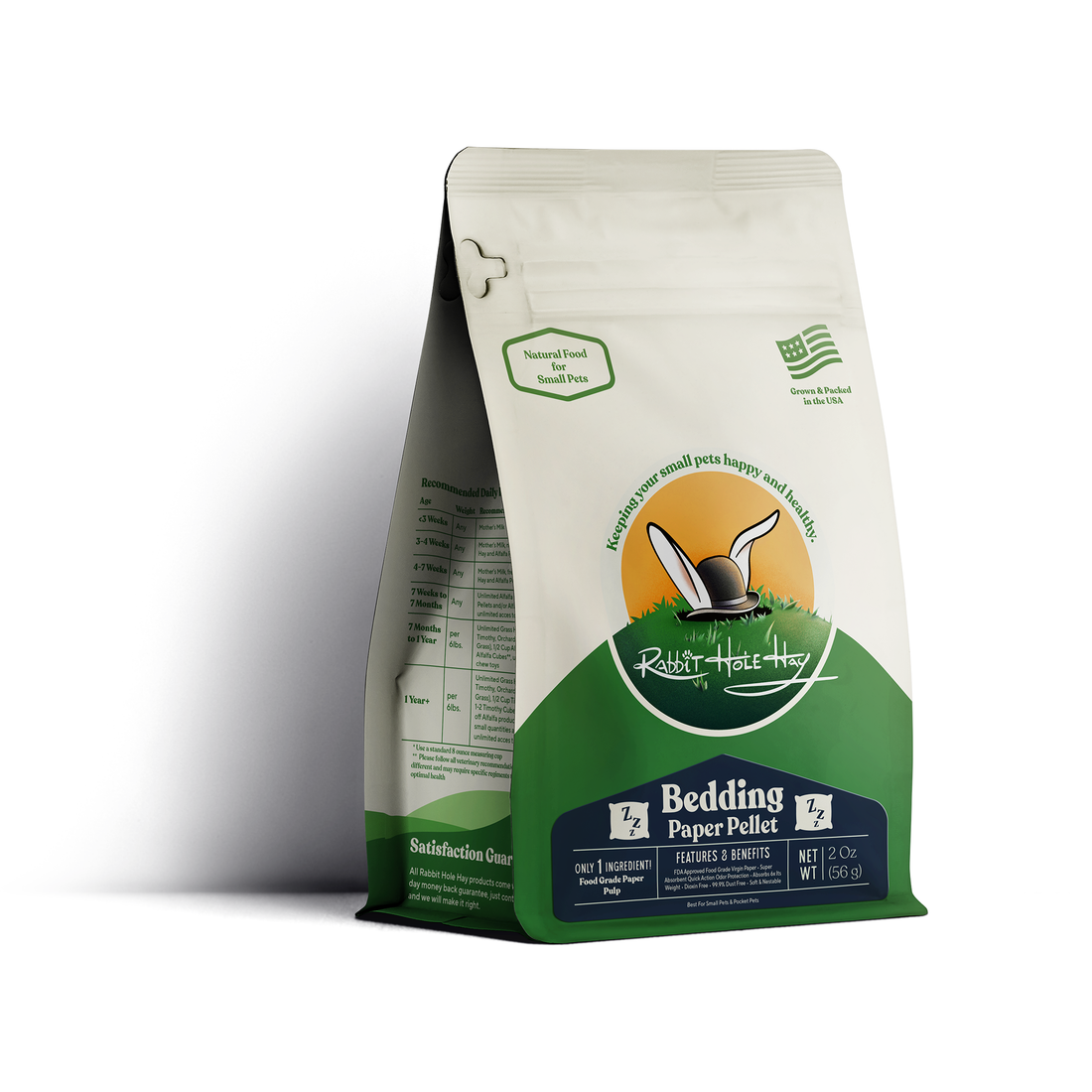
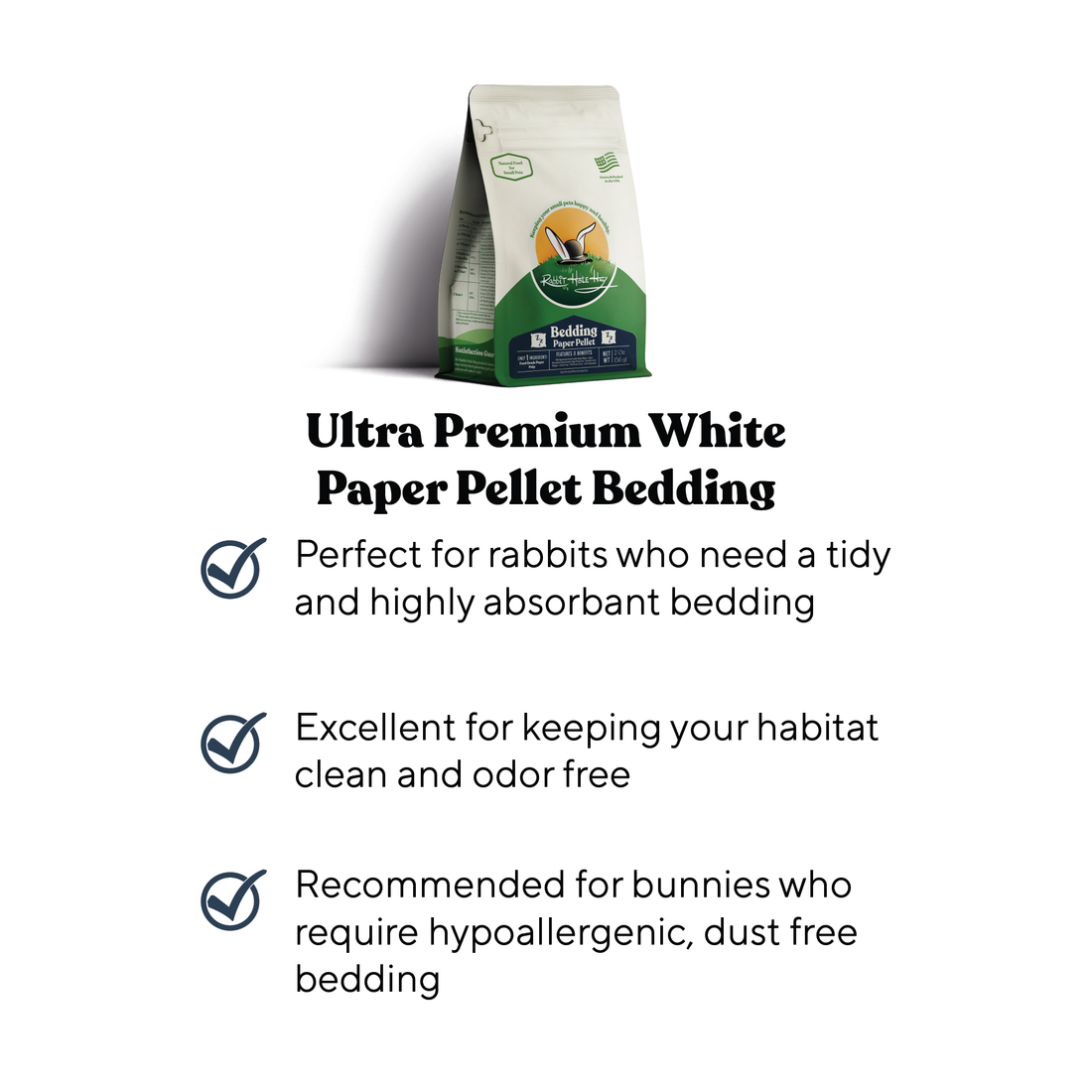

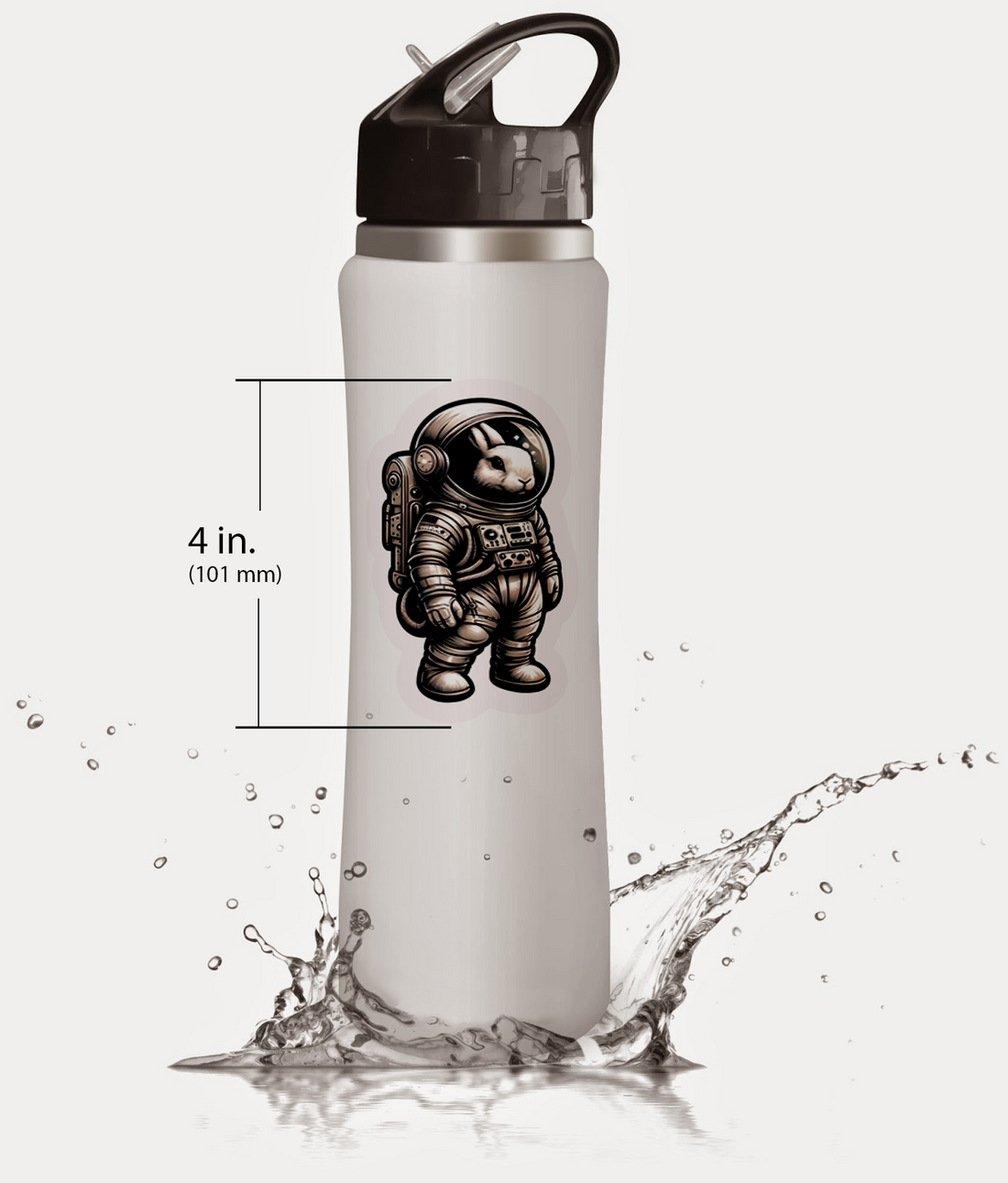
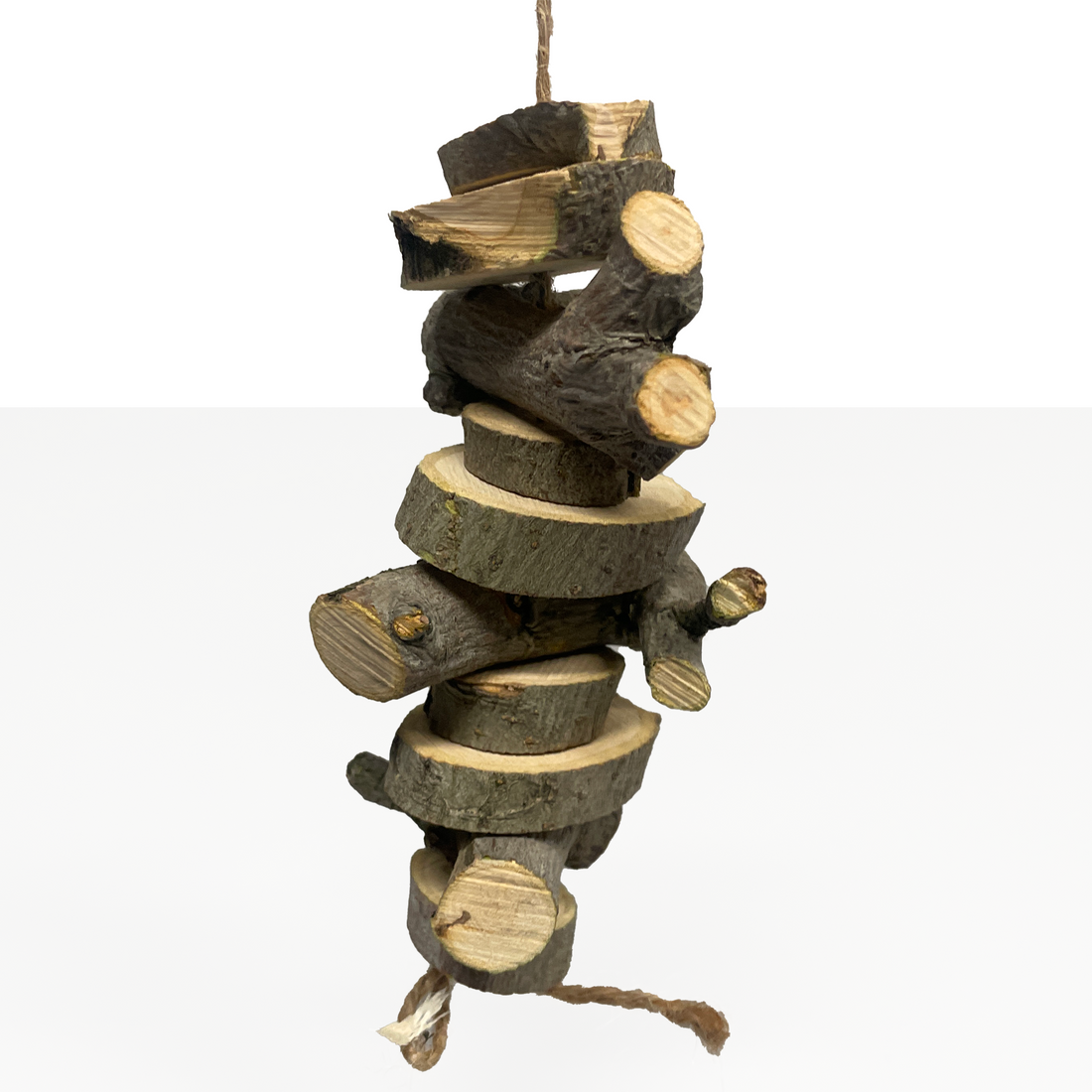
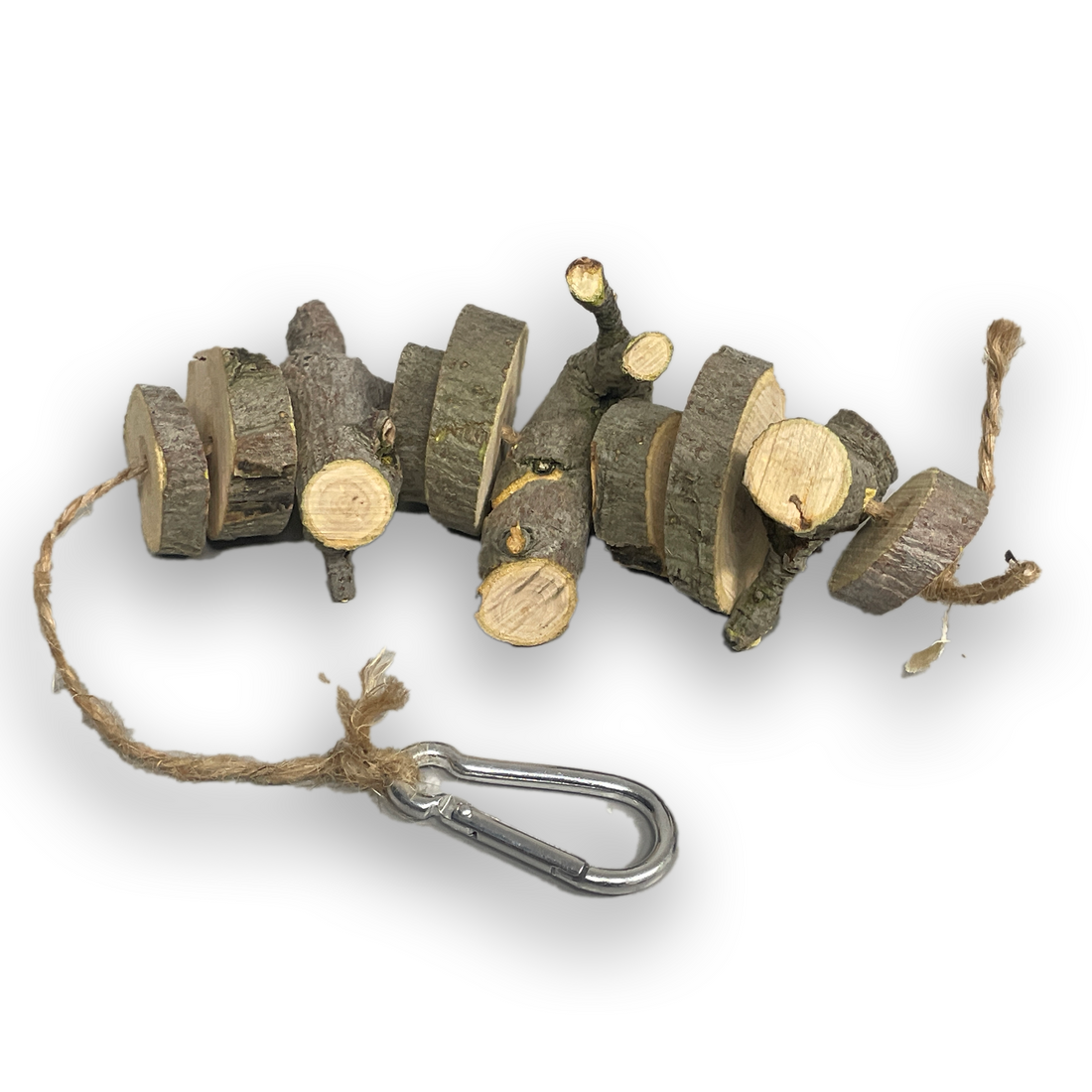

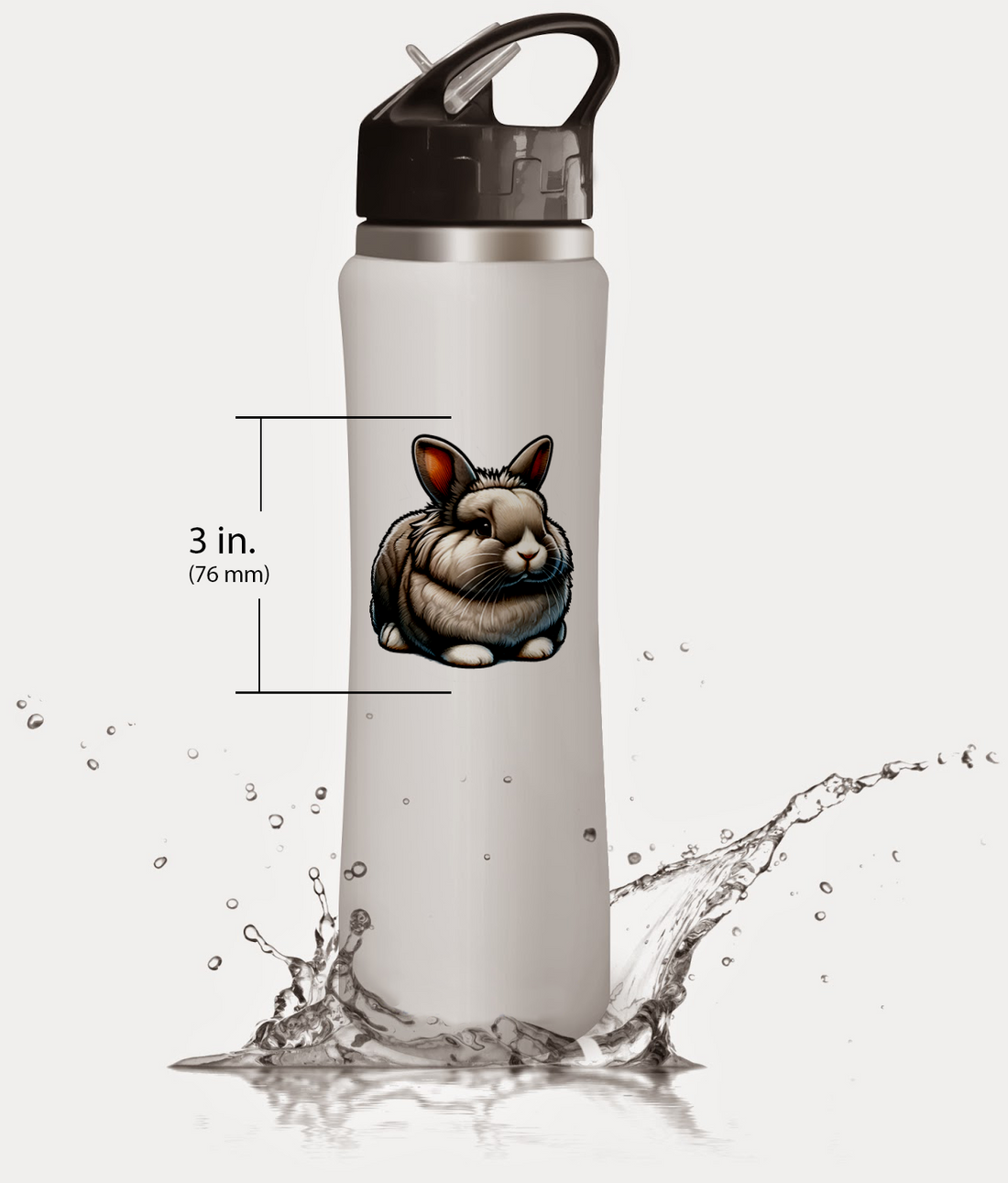

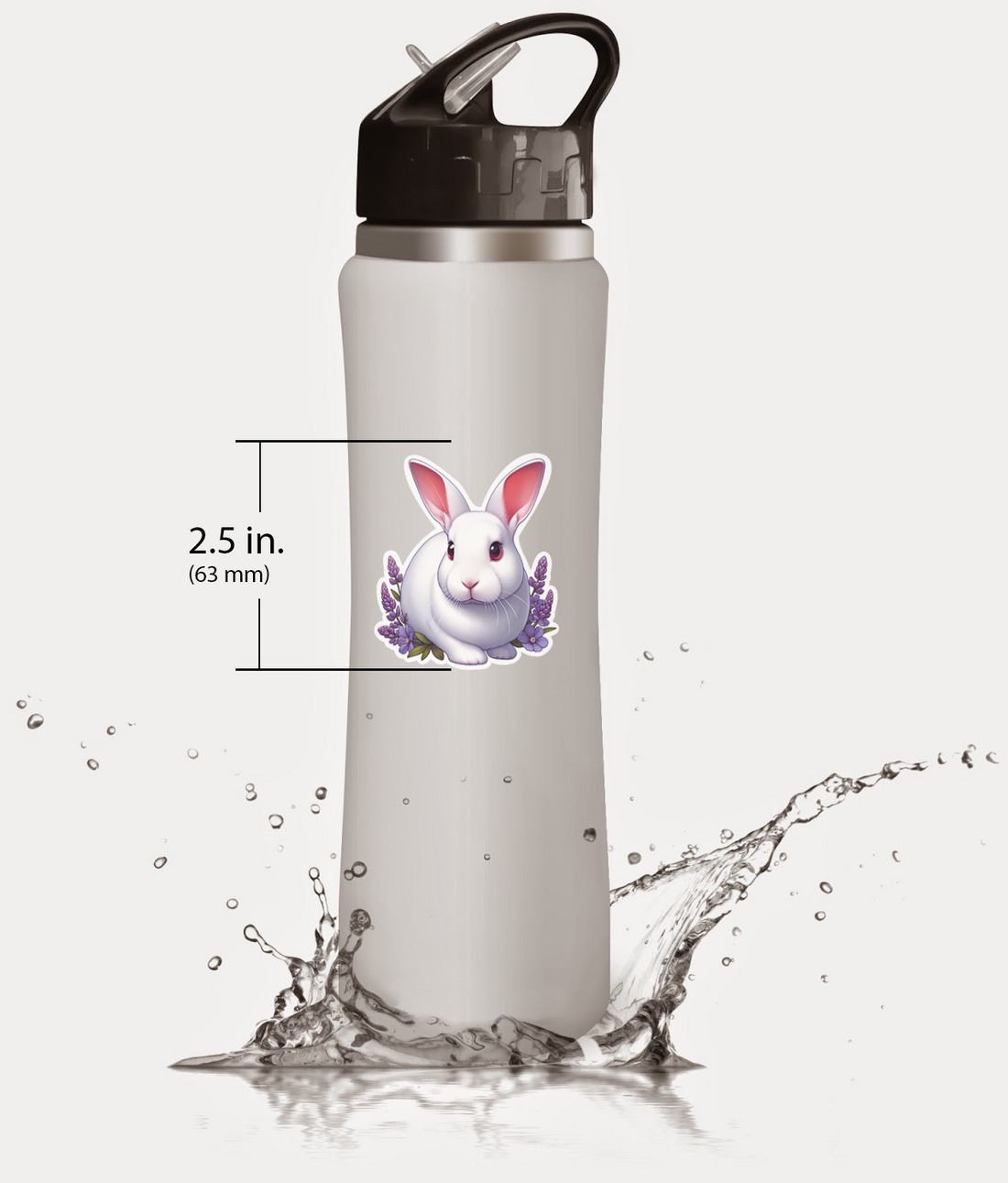

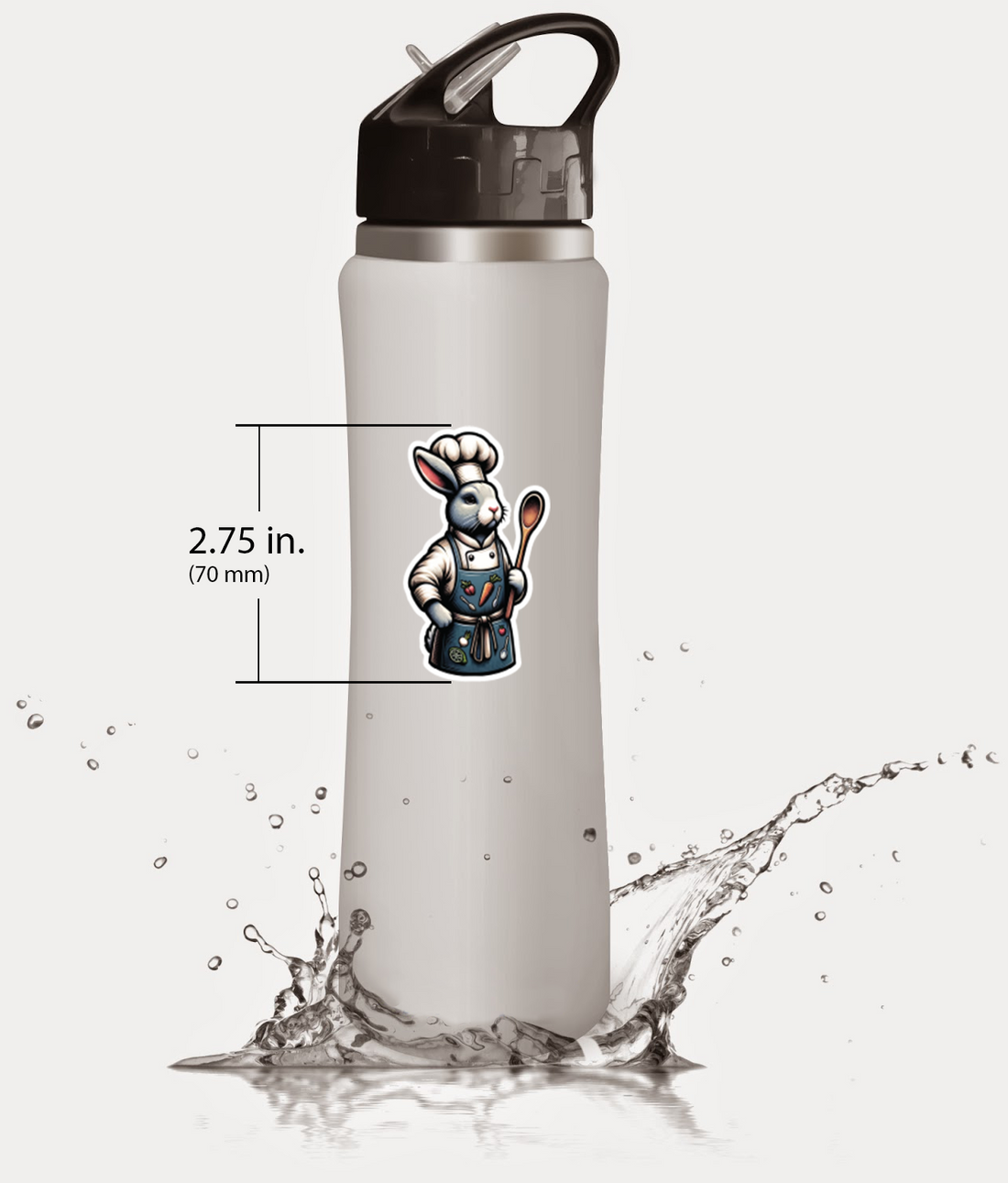

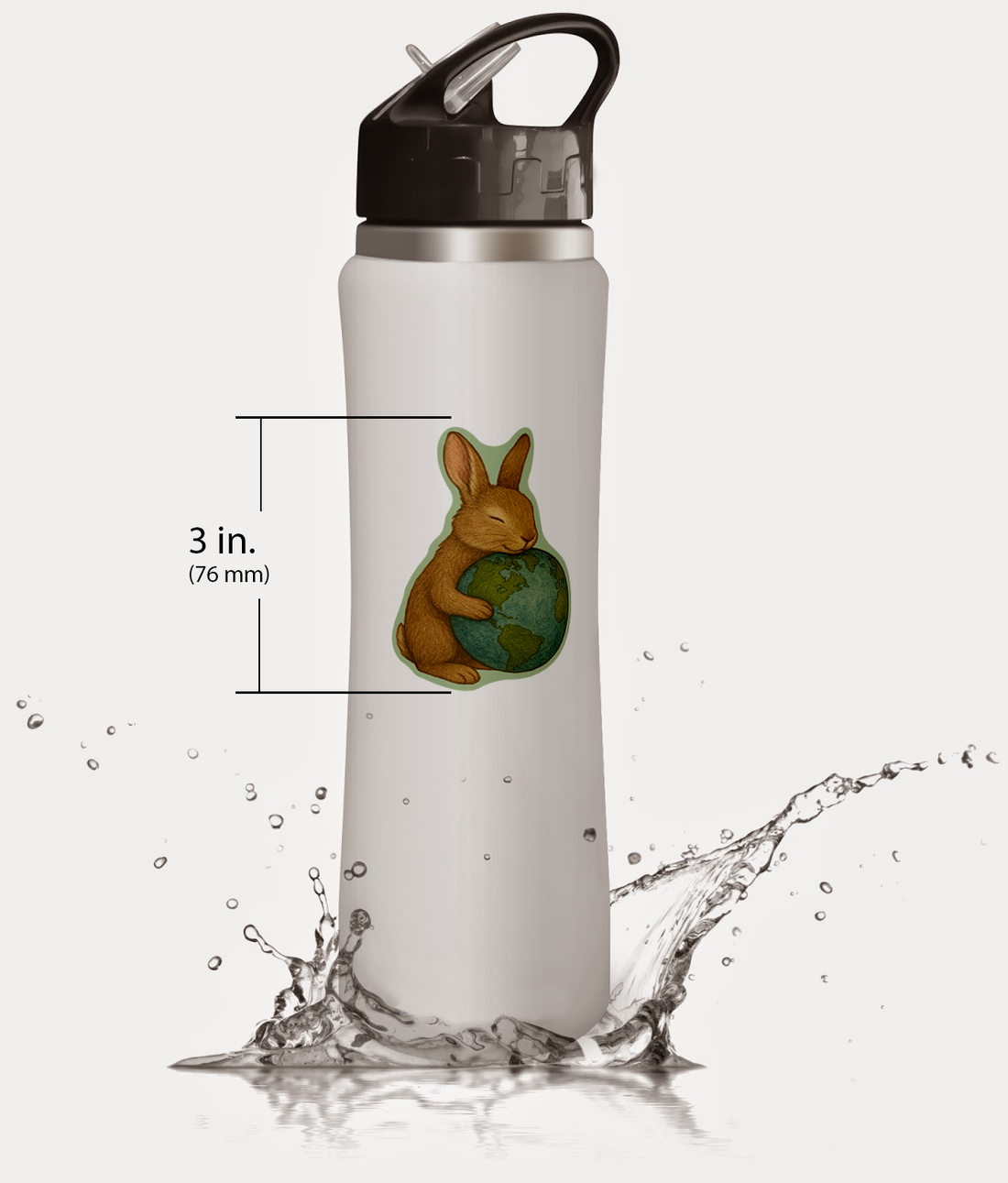
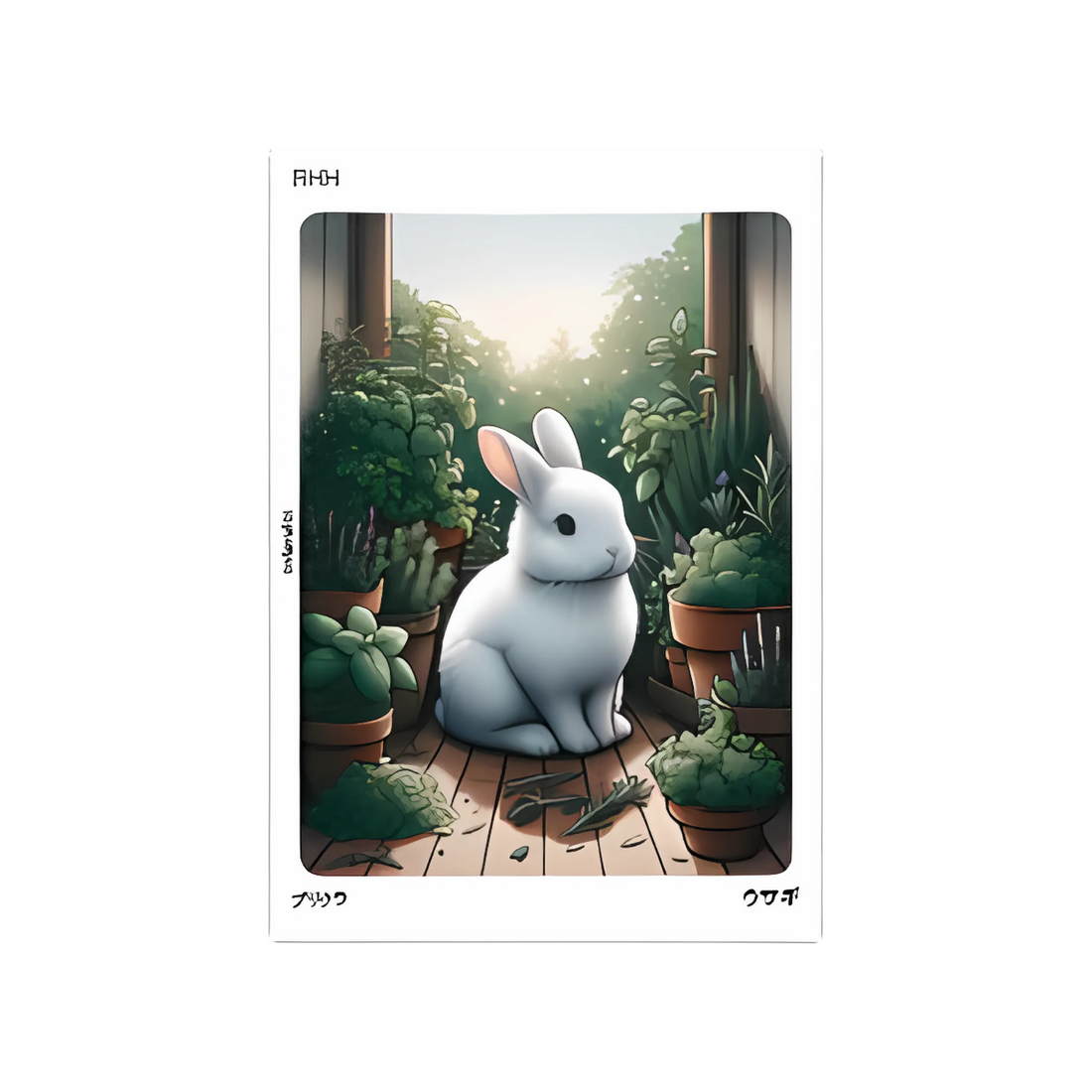


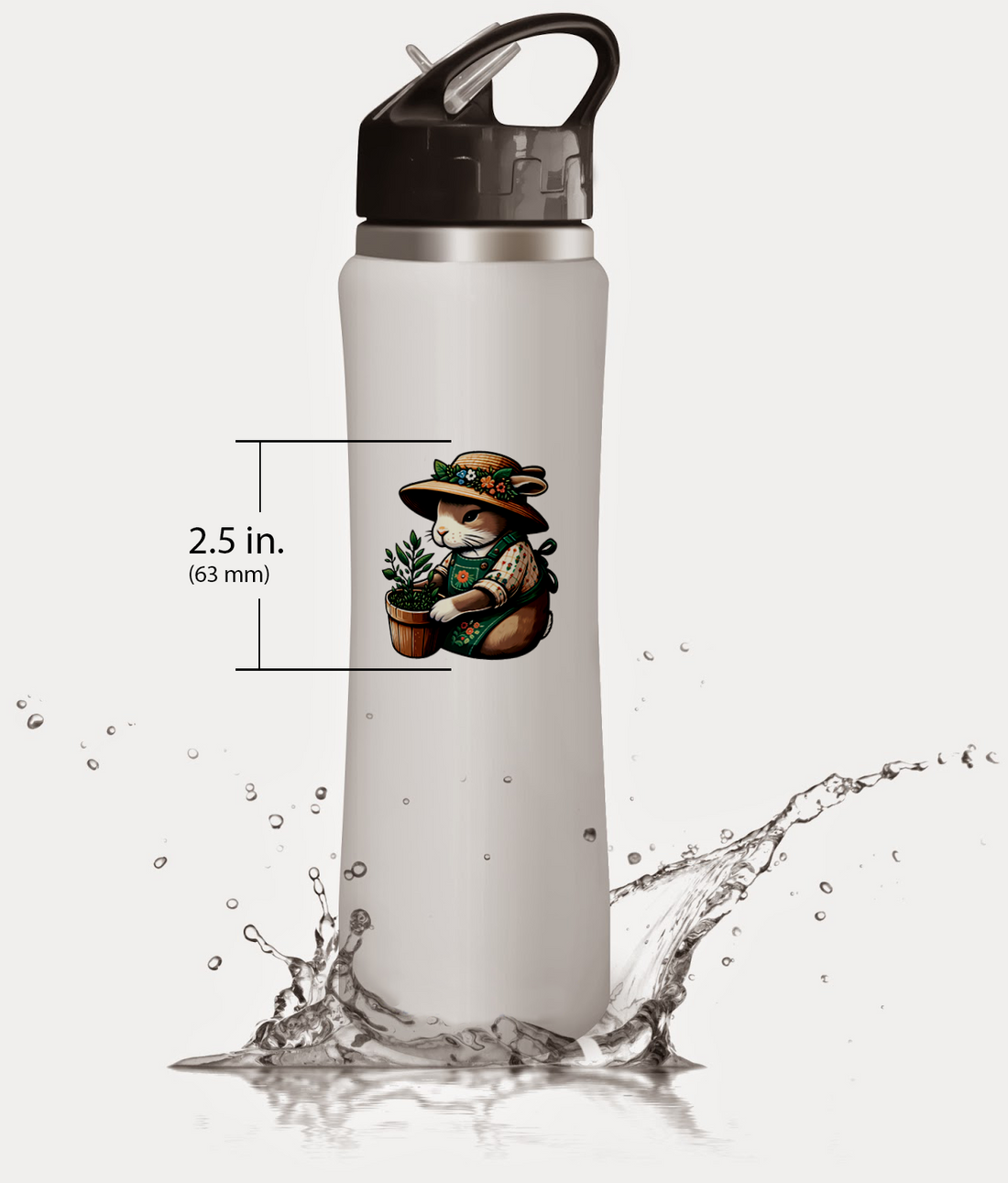






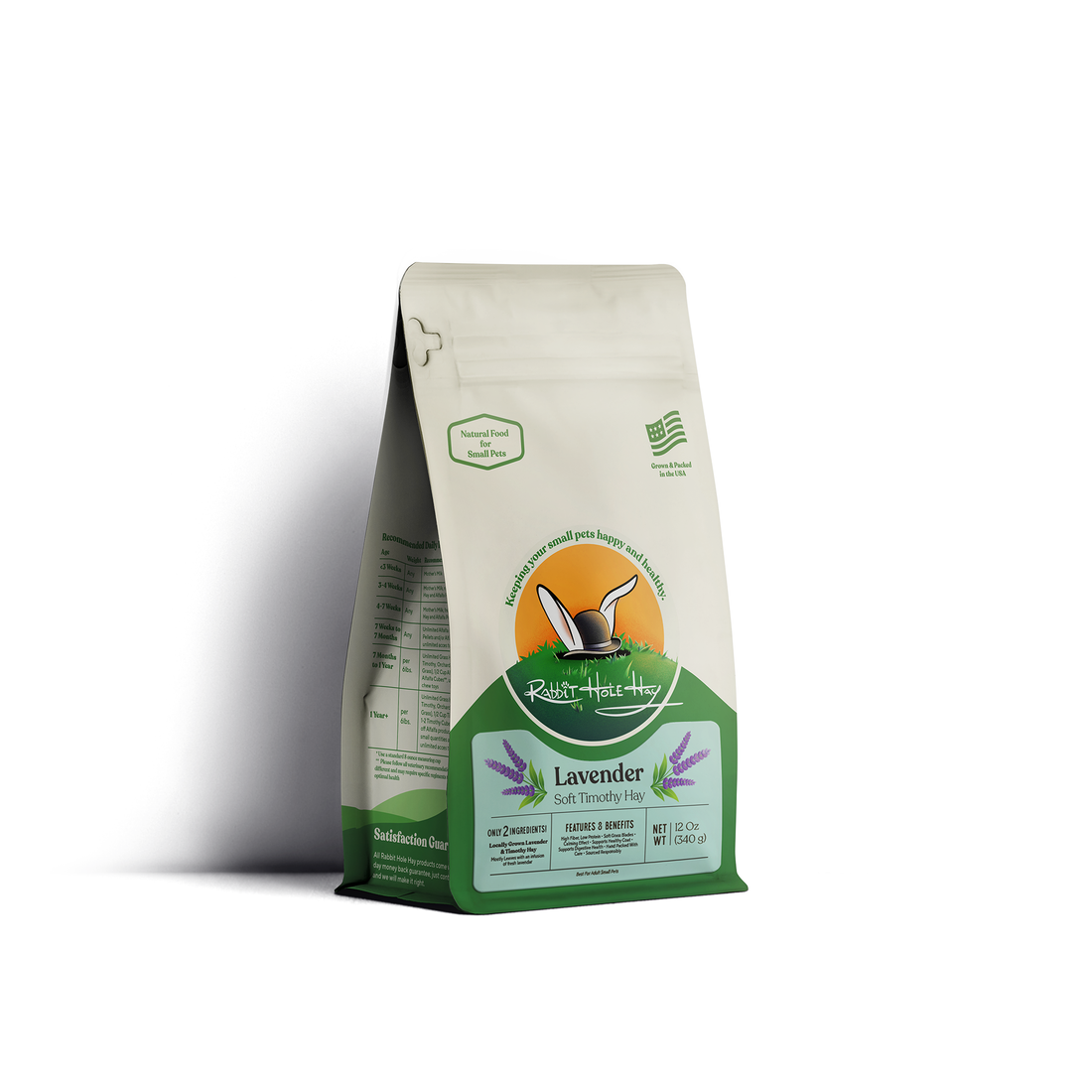
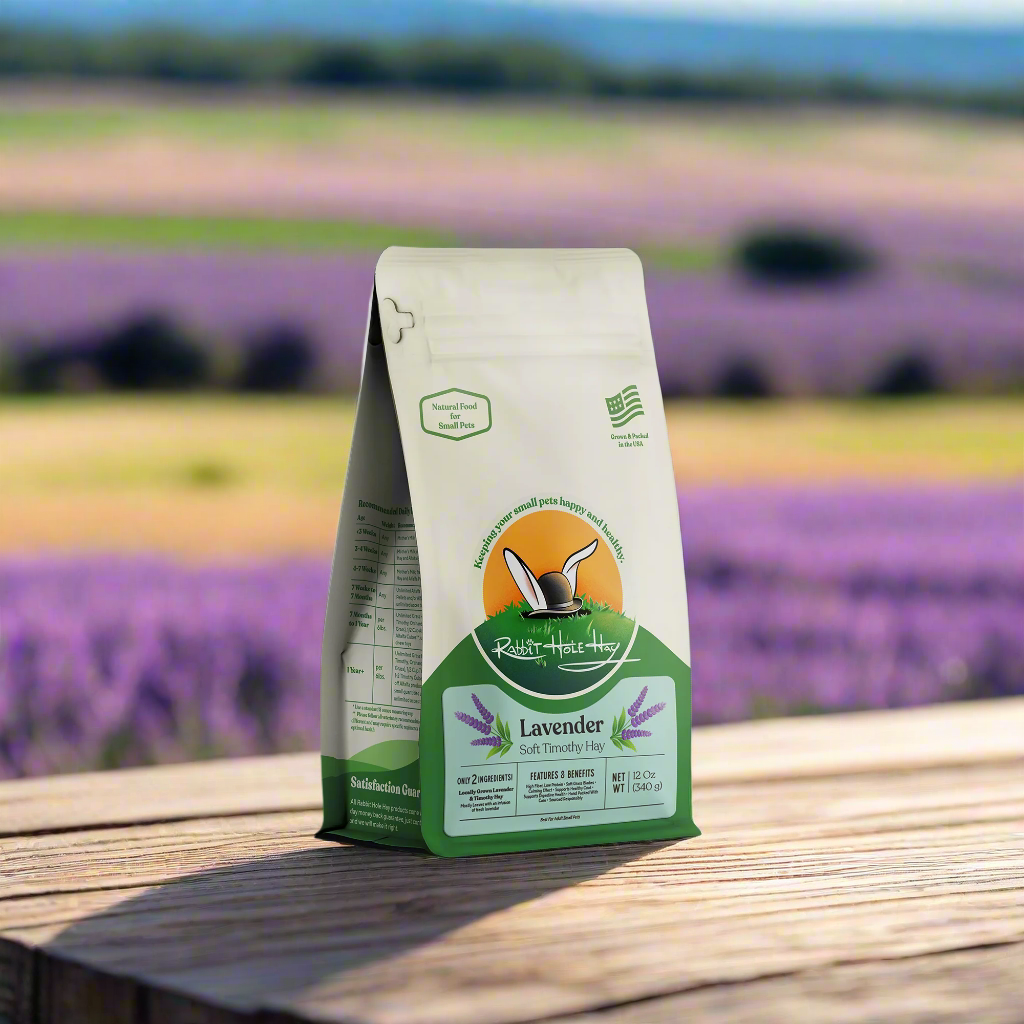

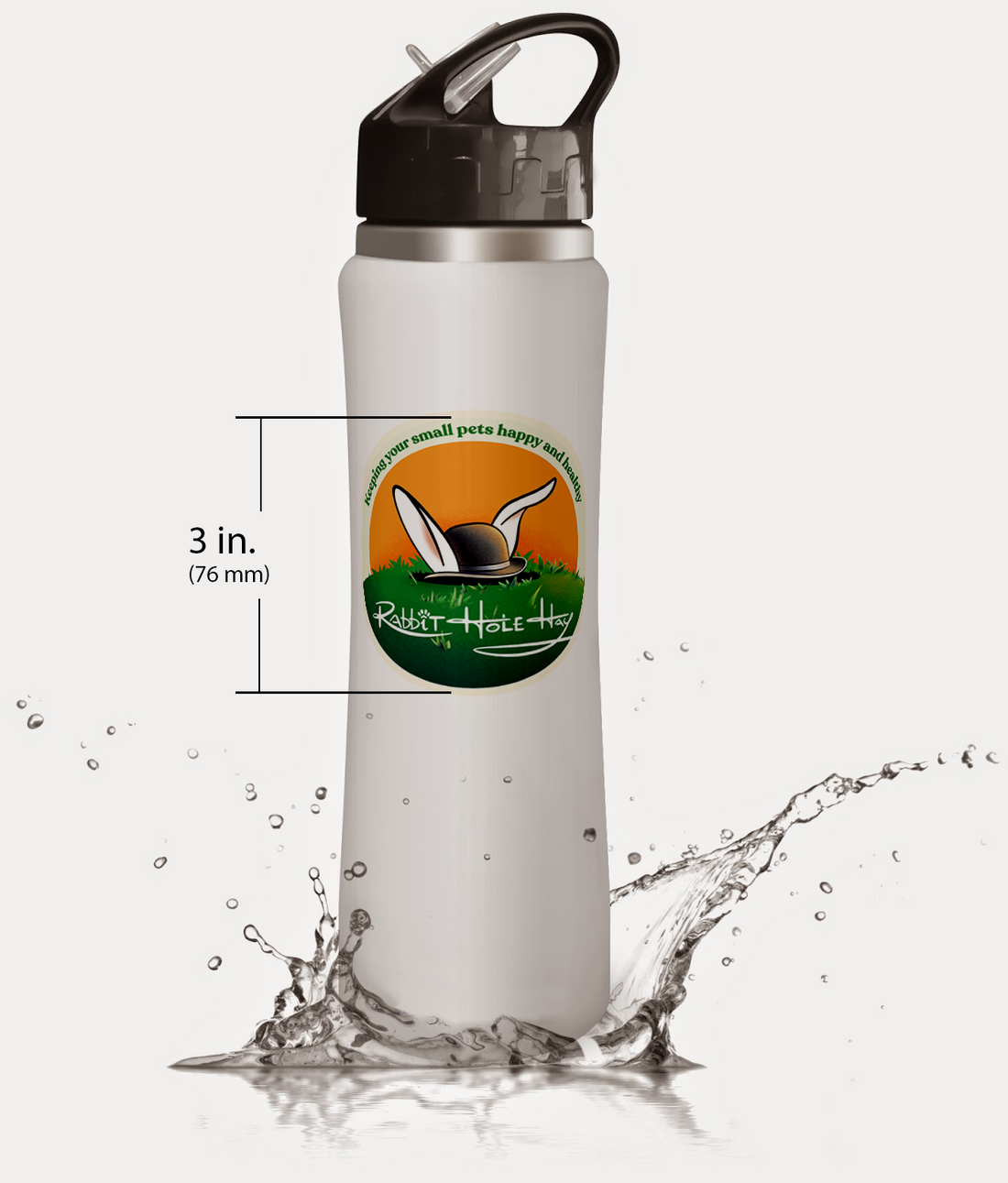



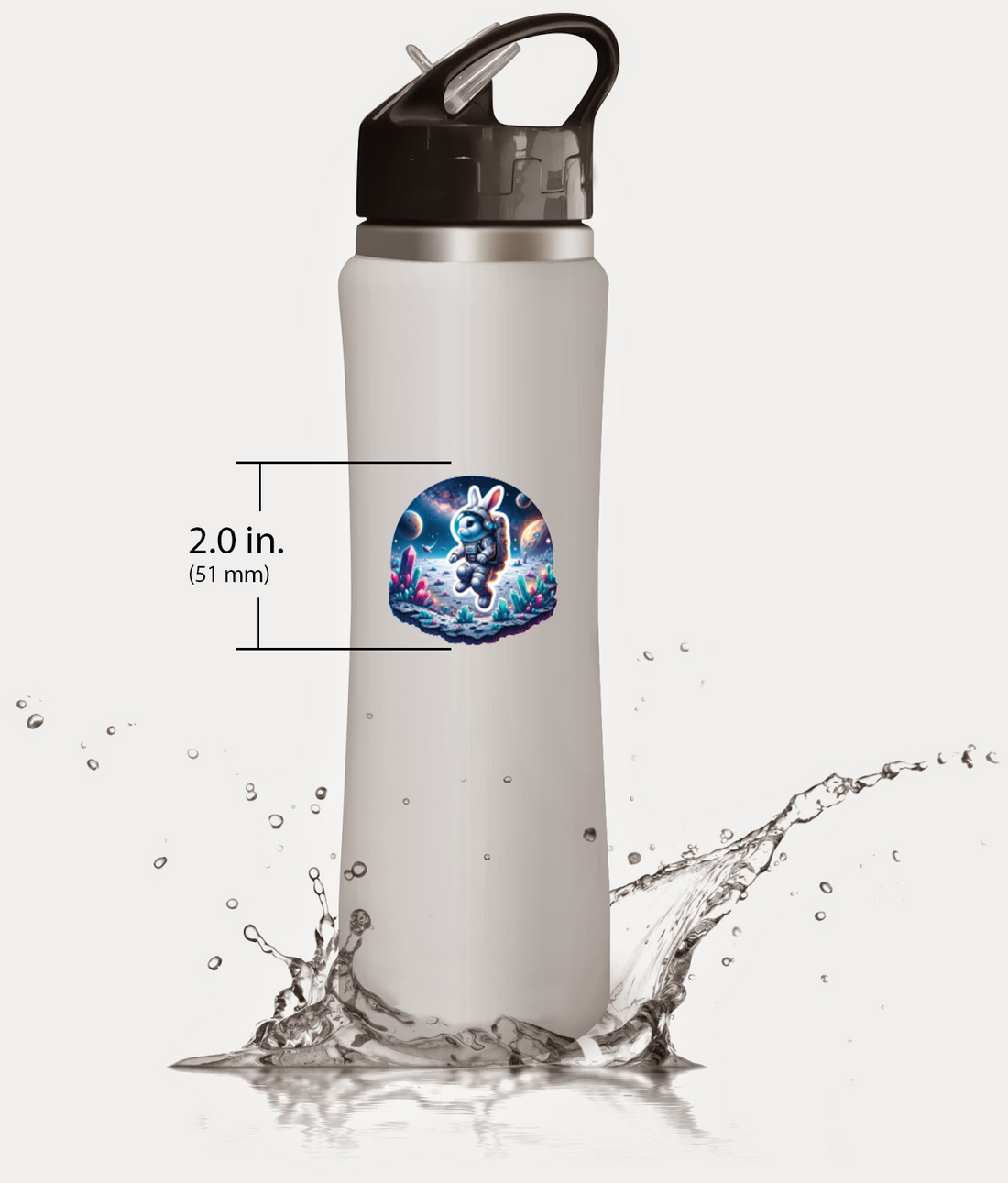



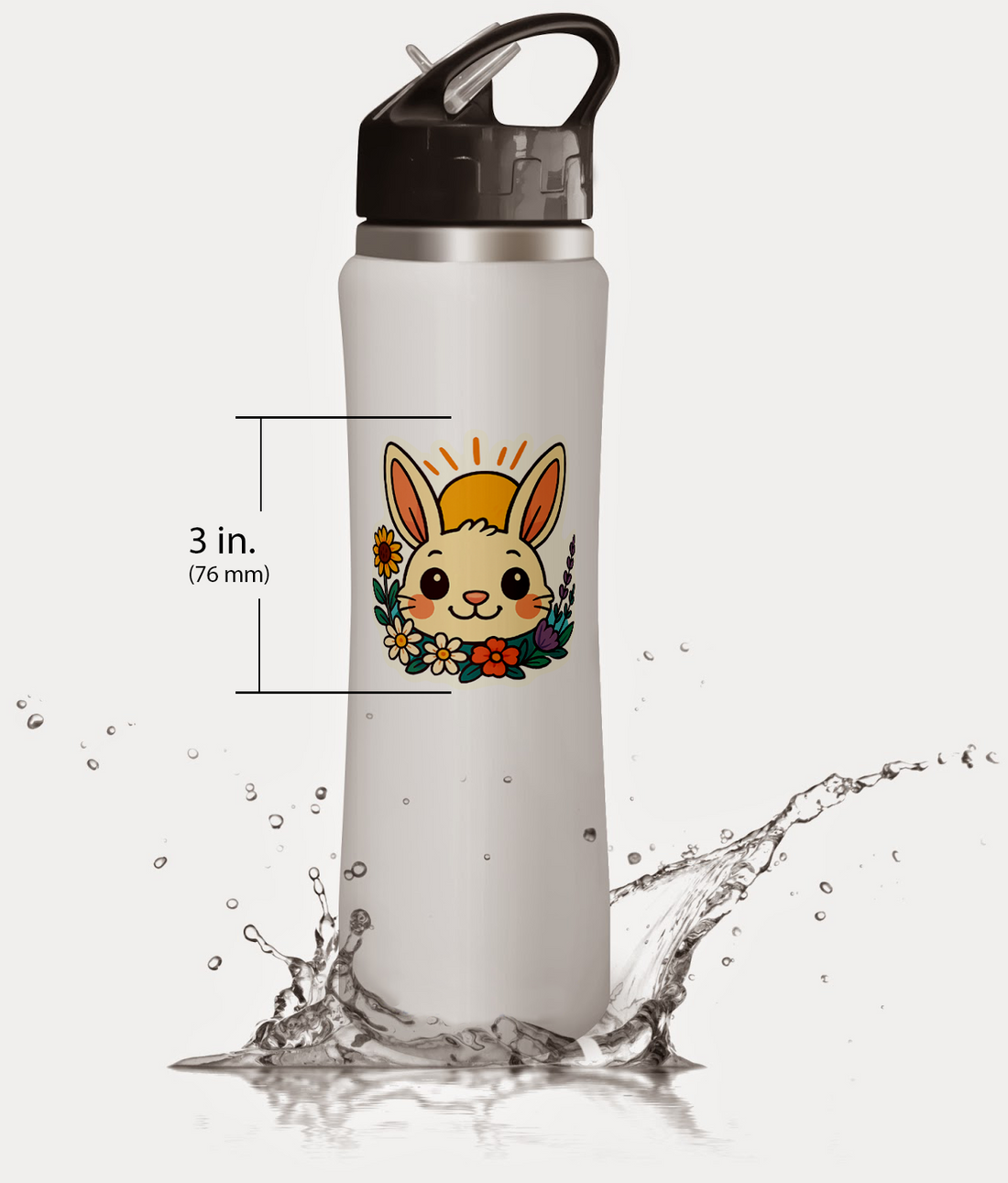

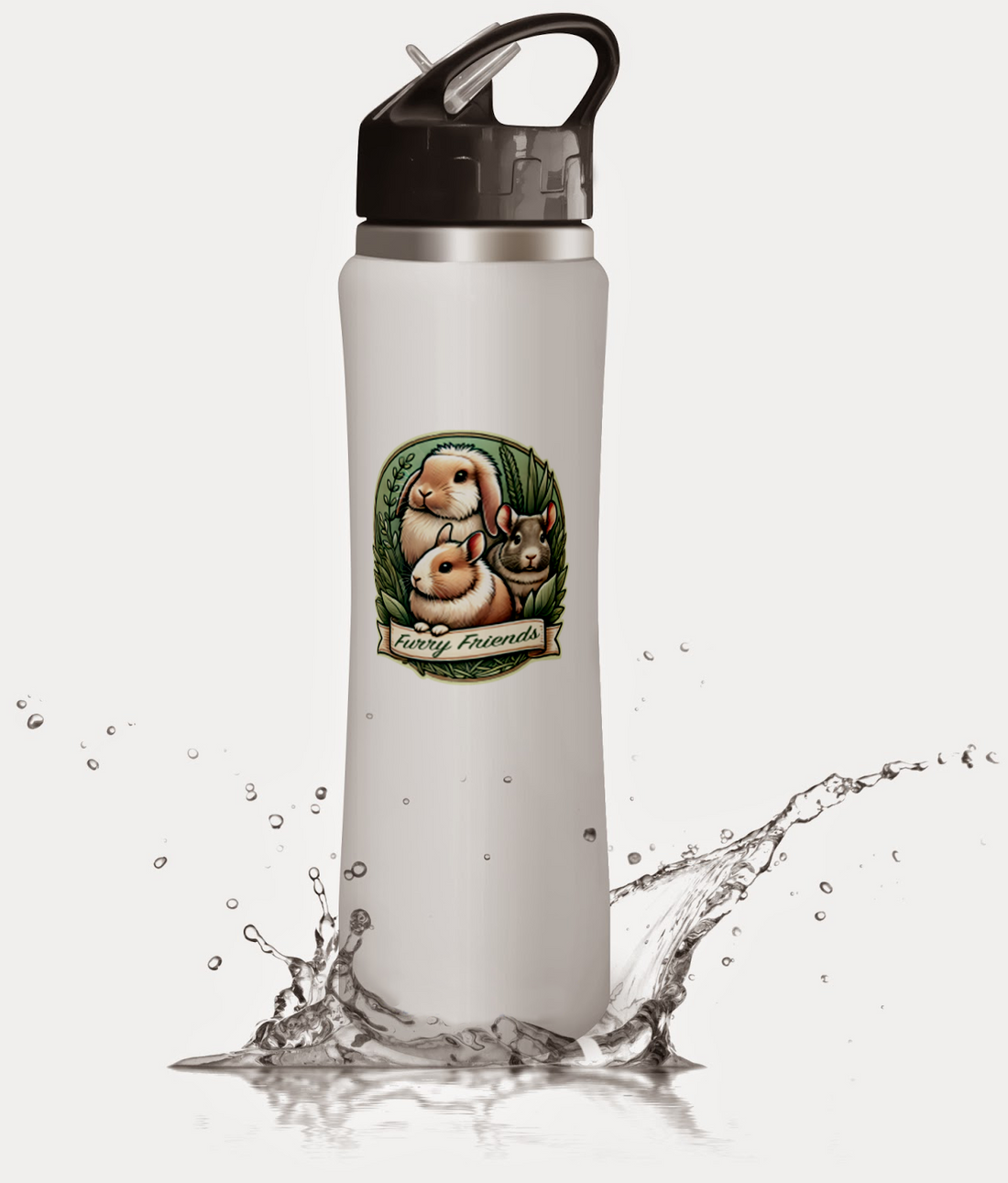

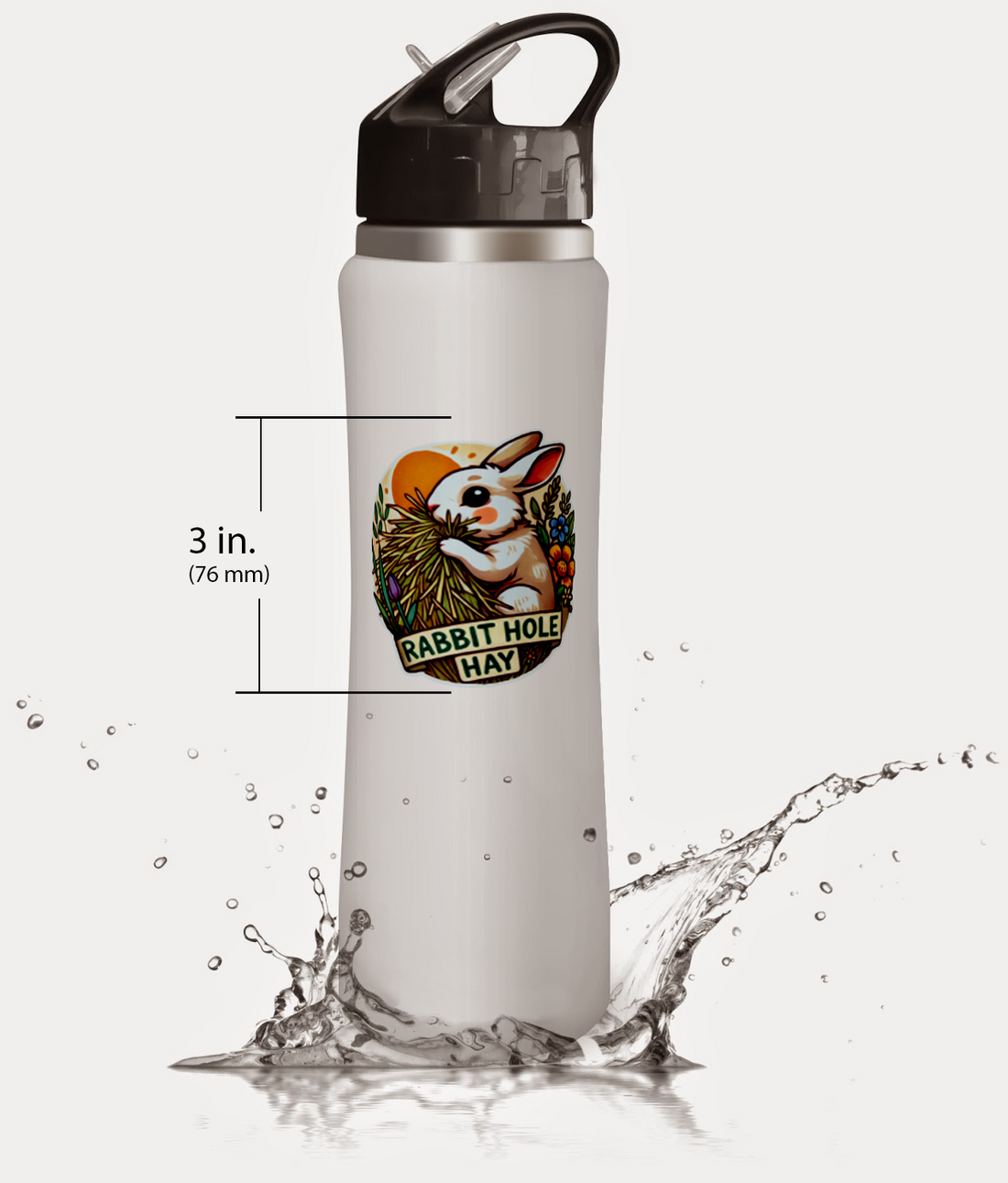
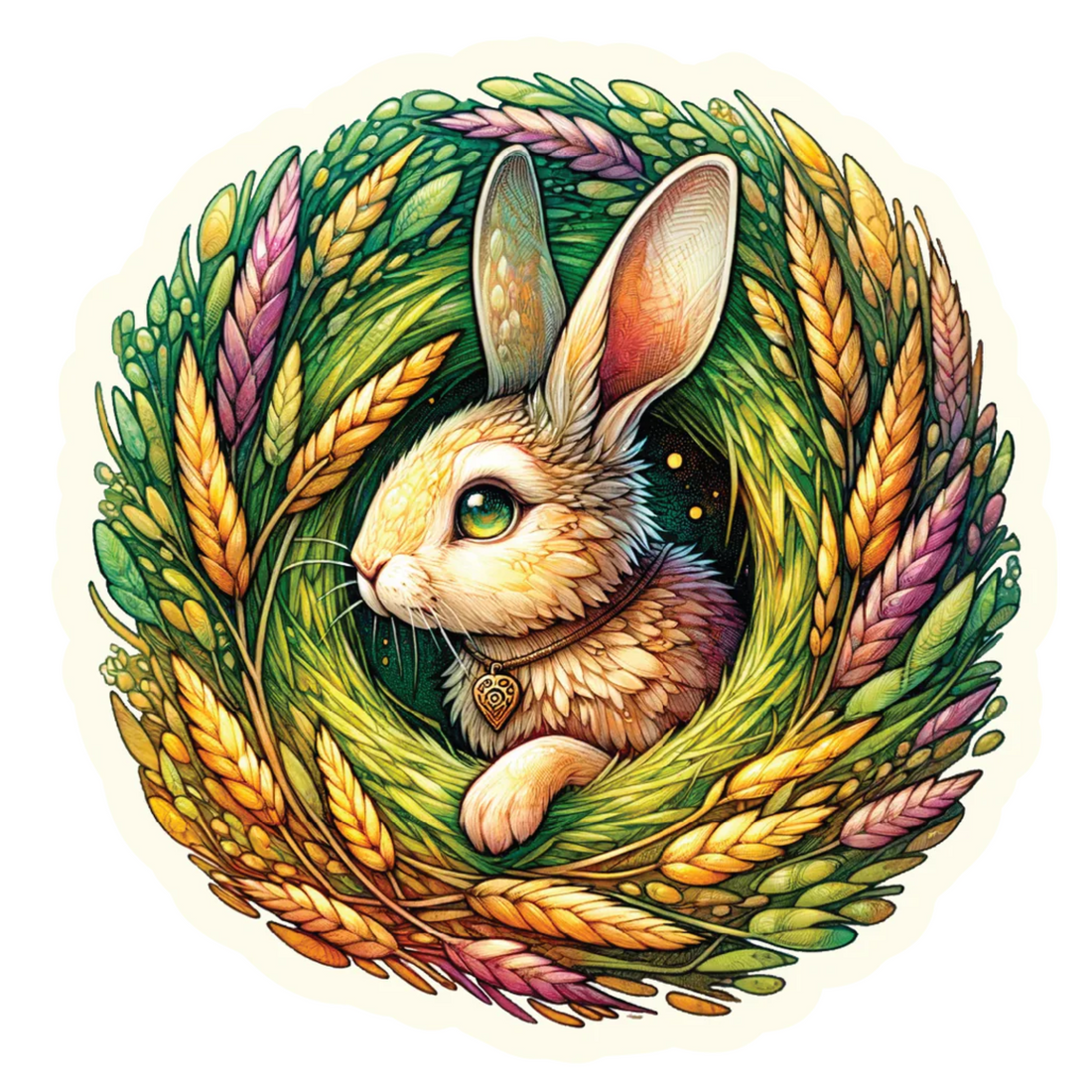


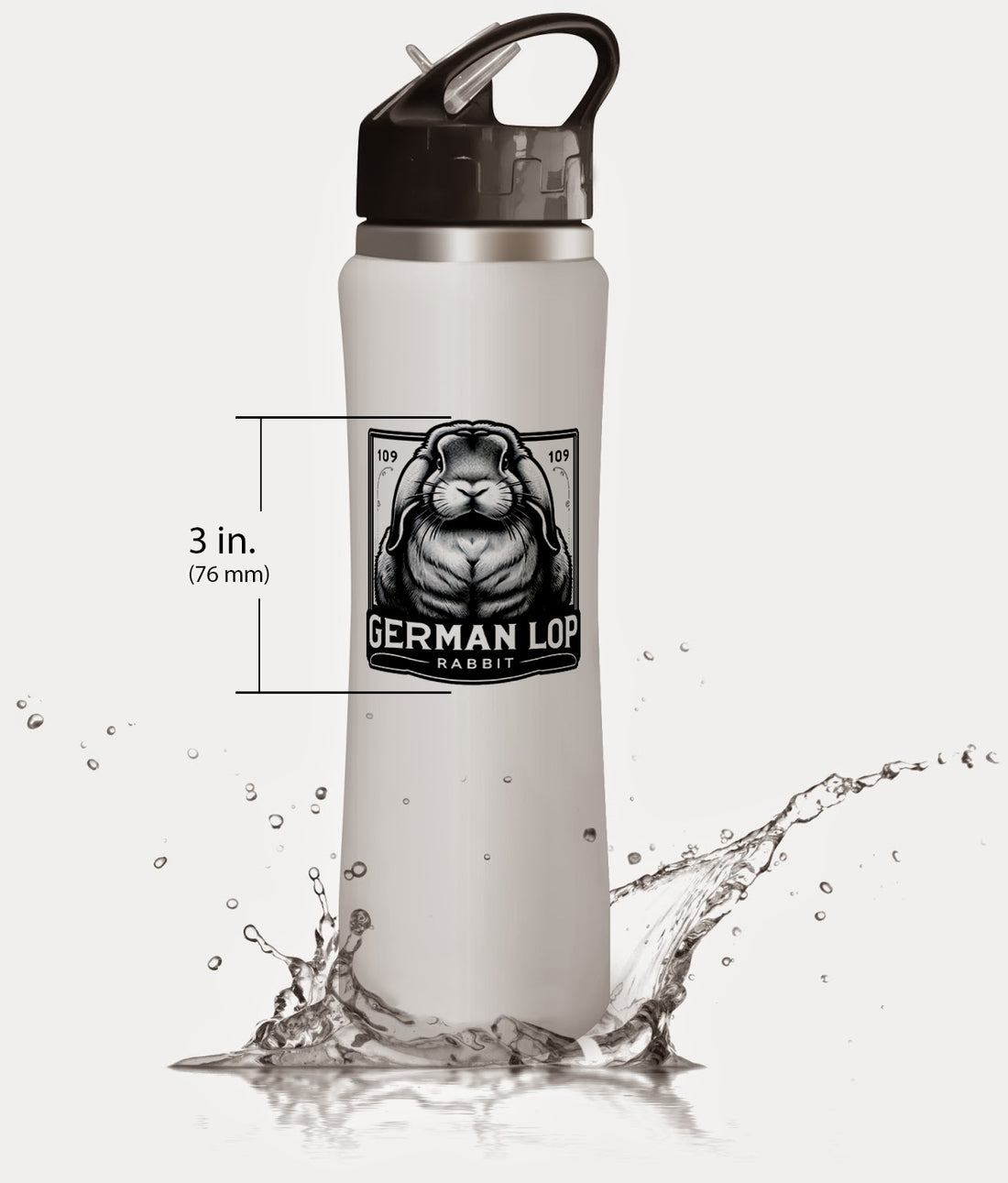









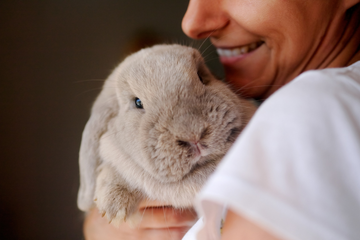
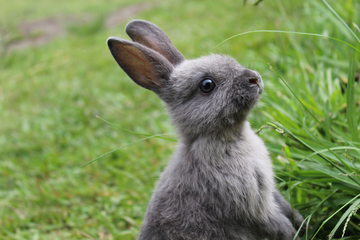
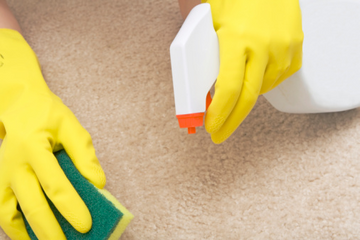


Comments